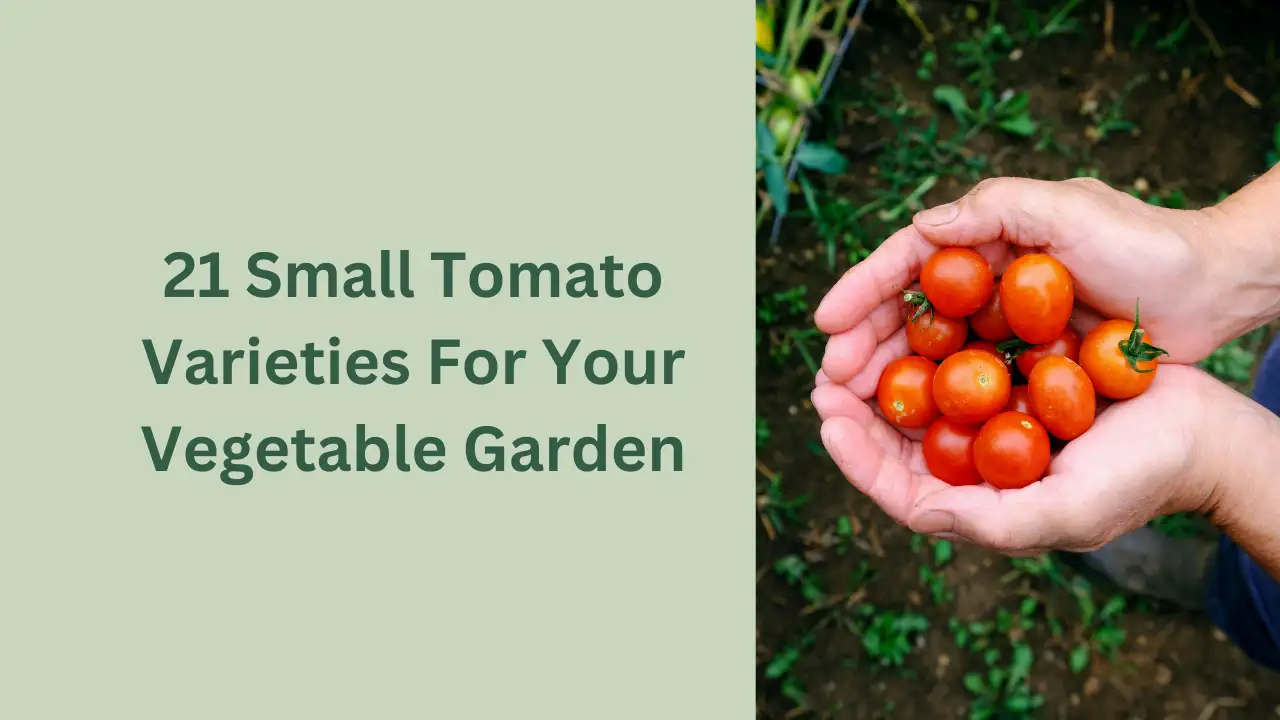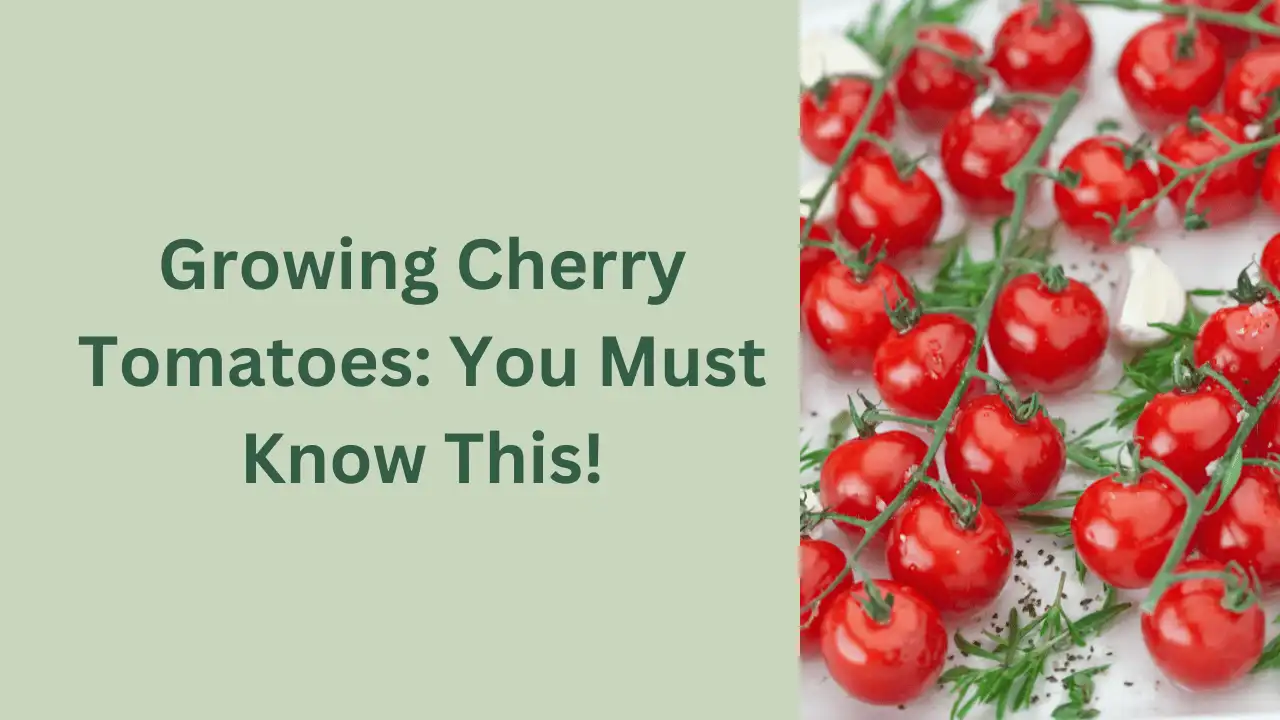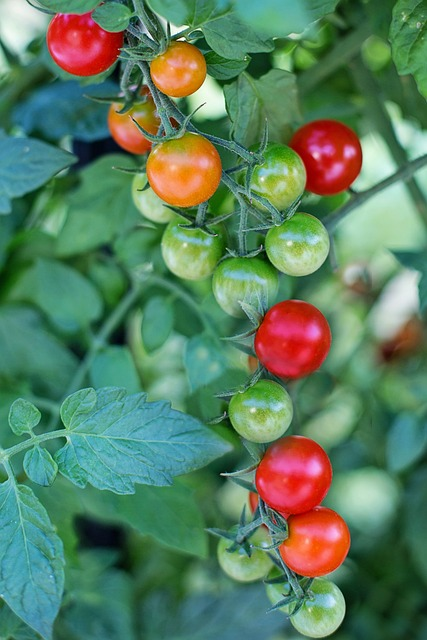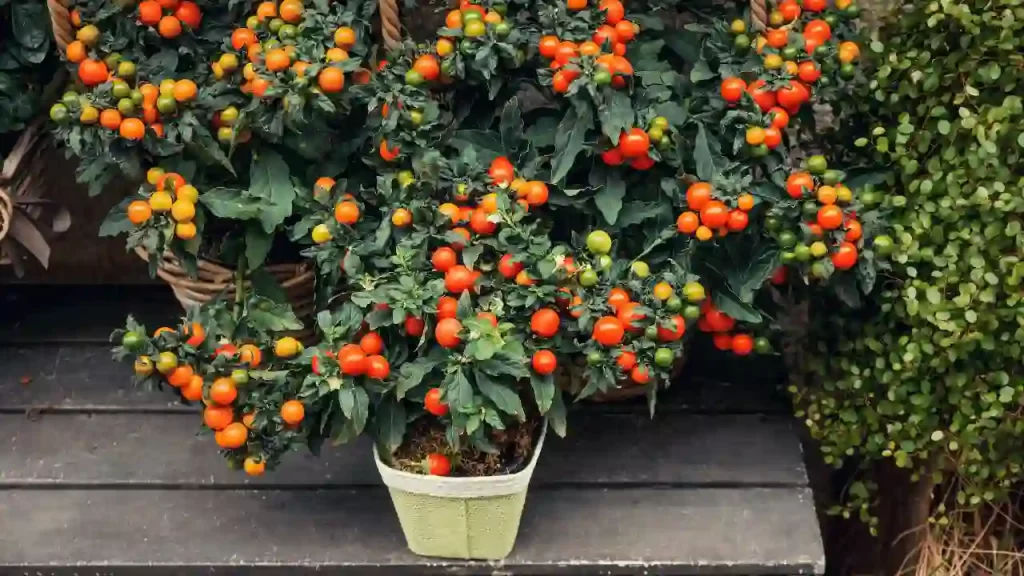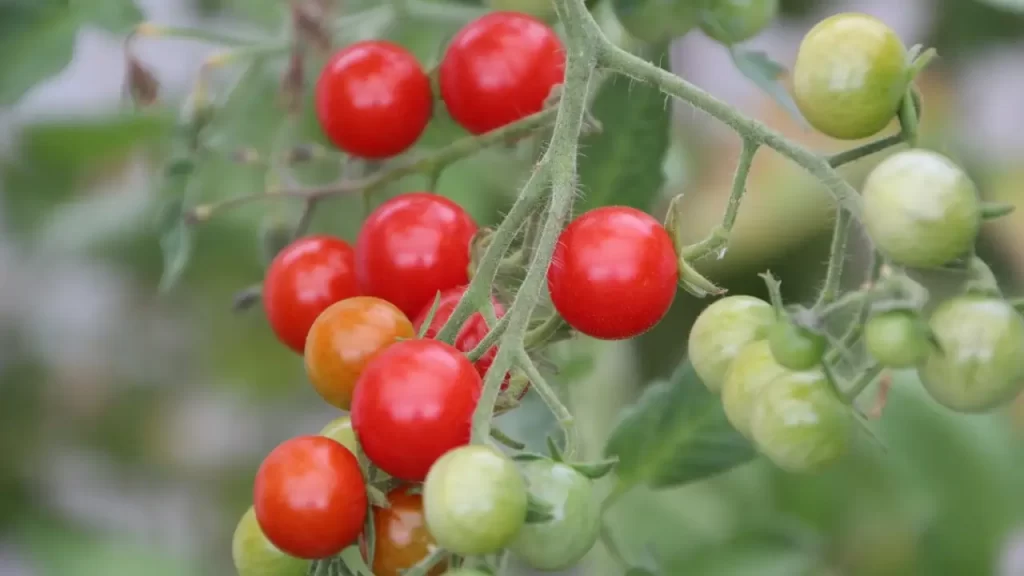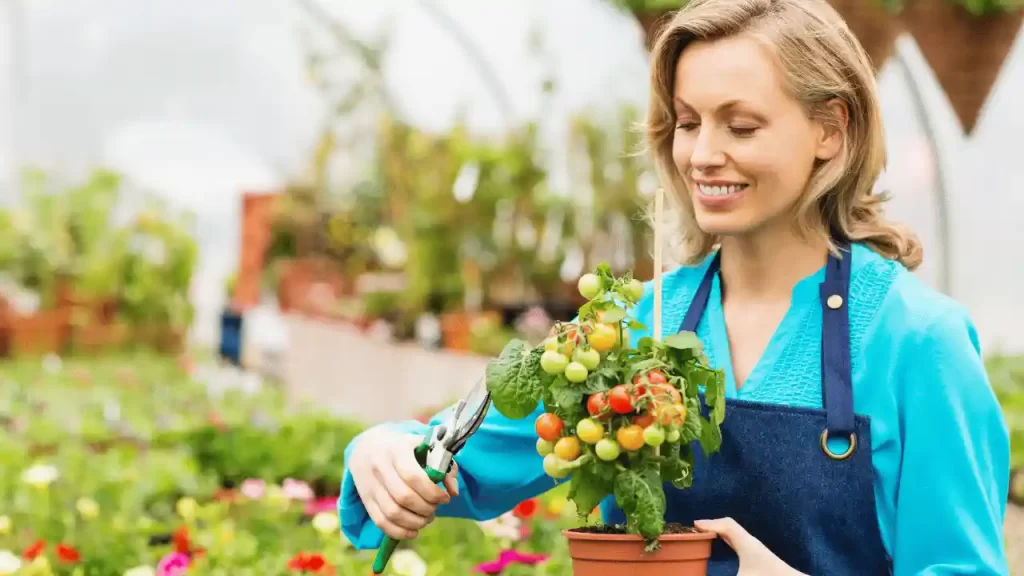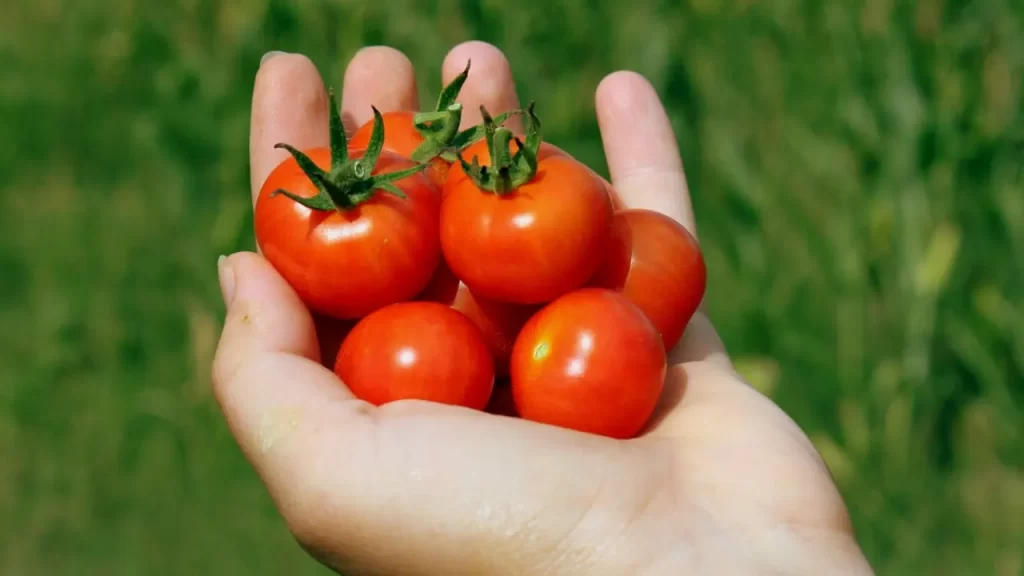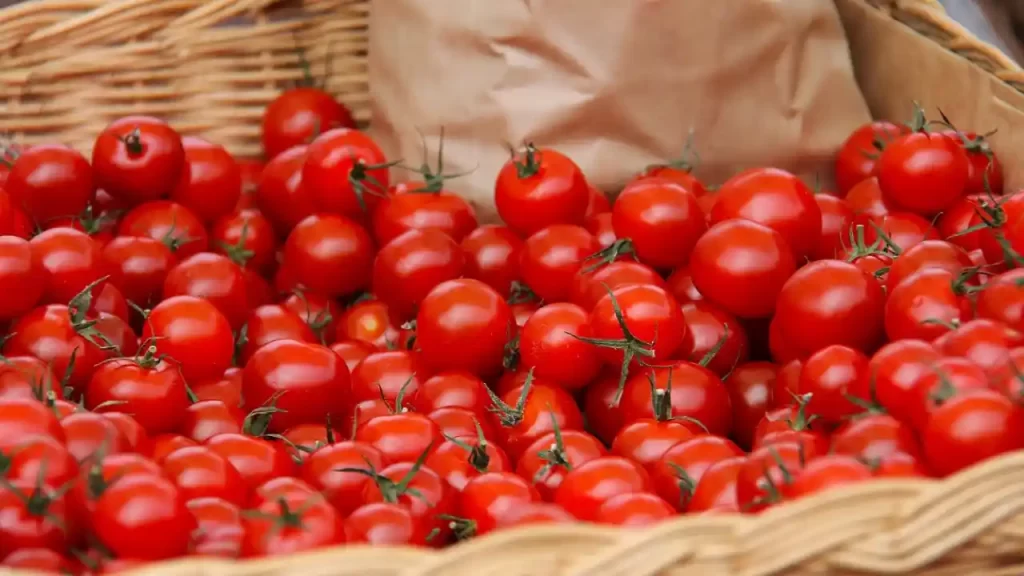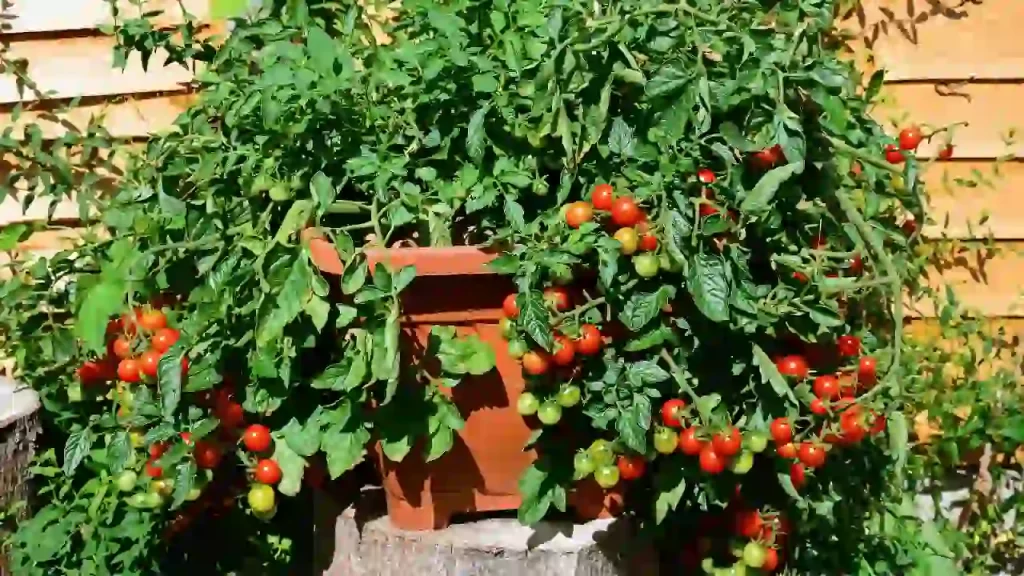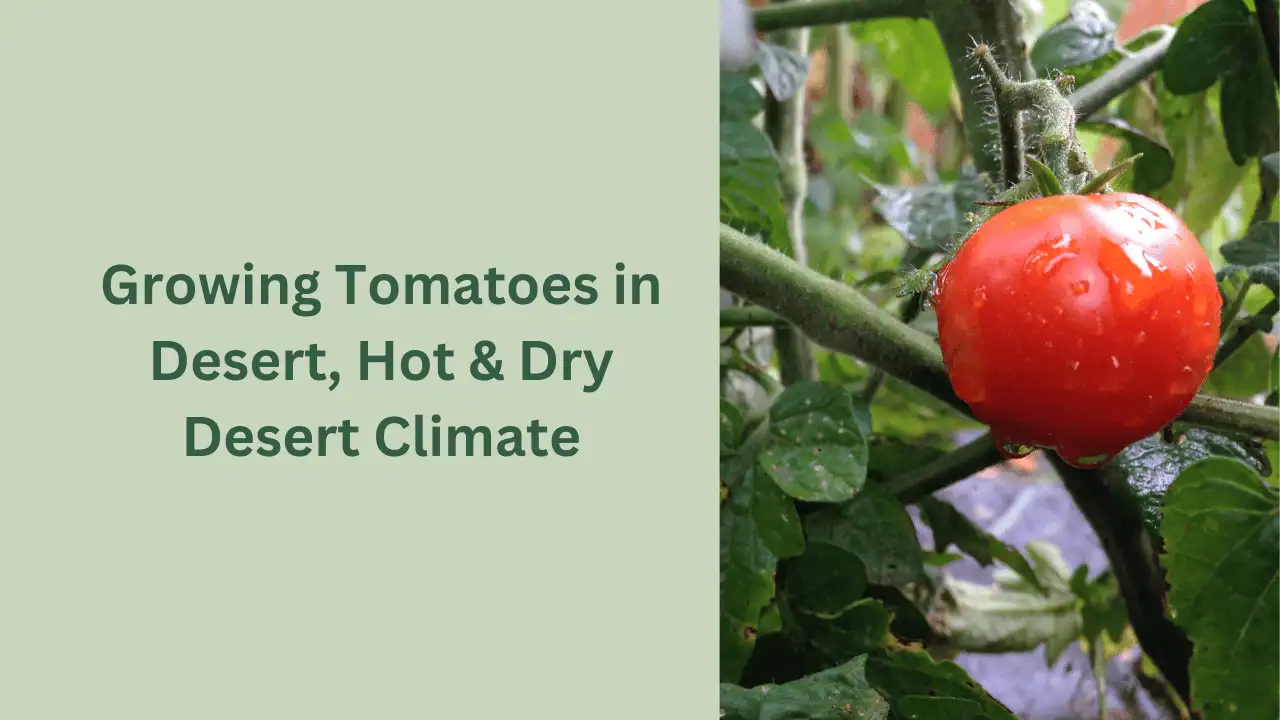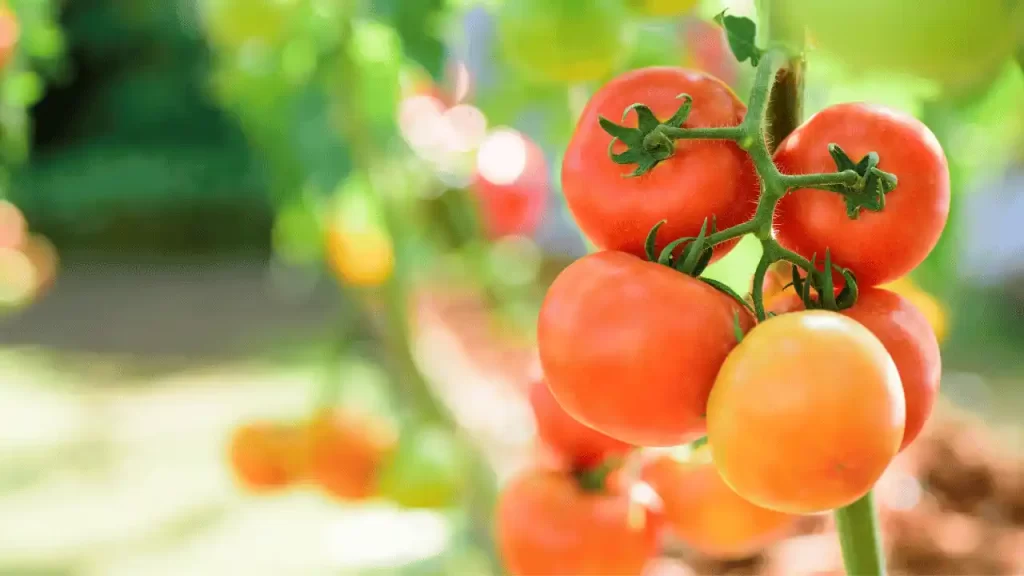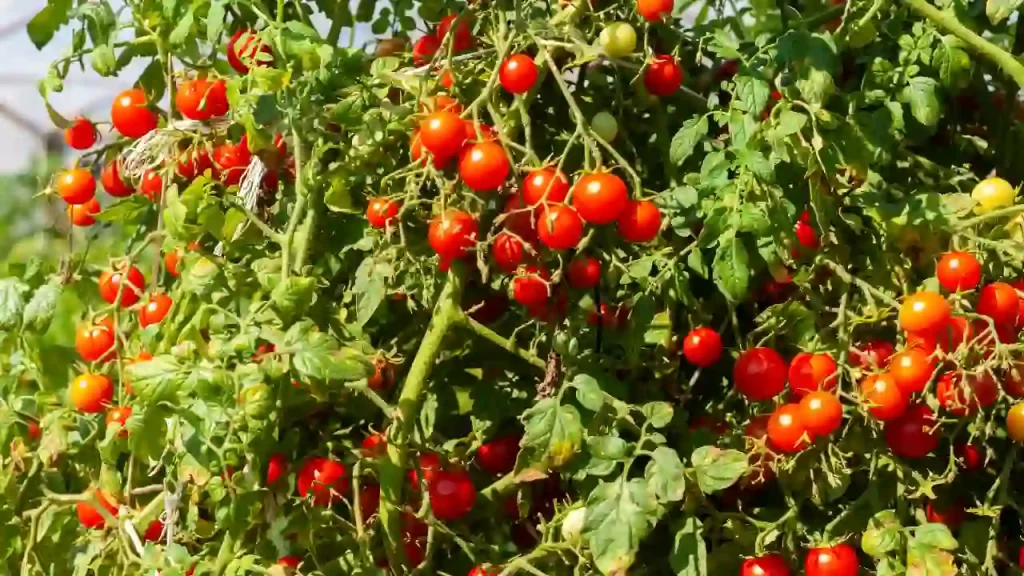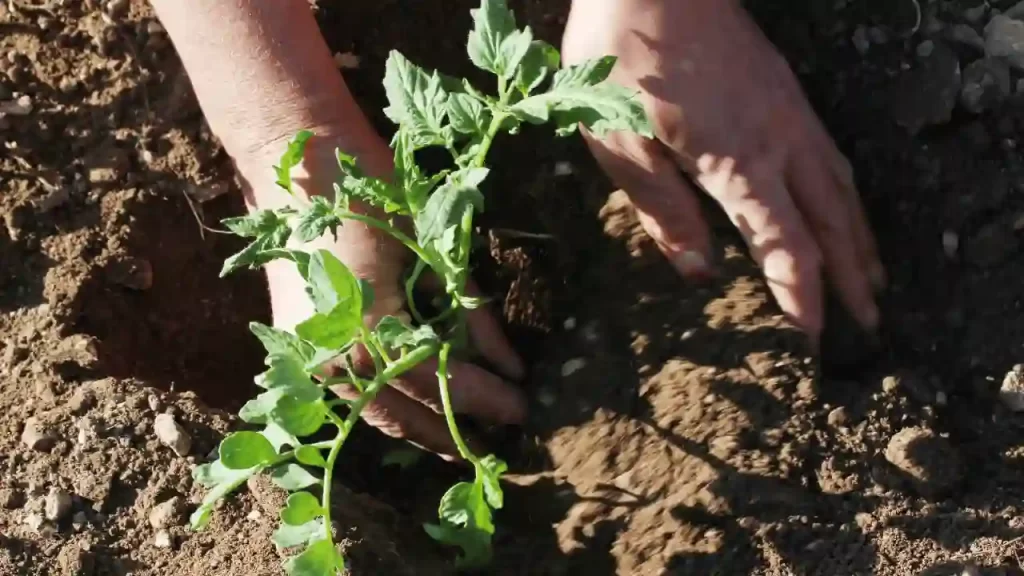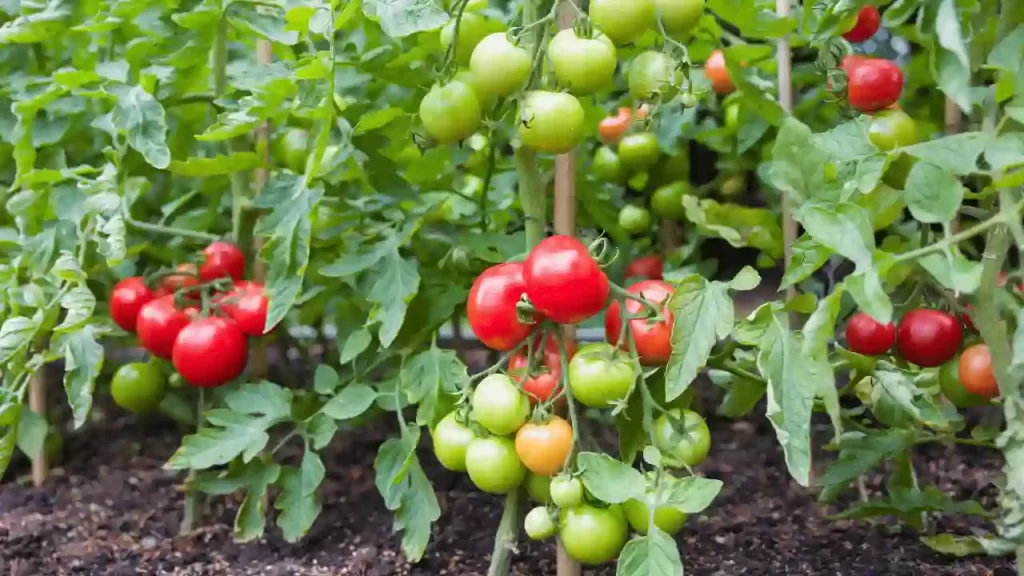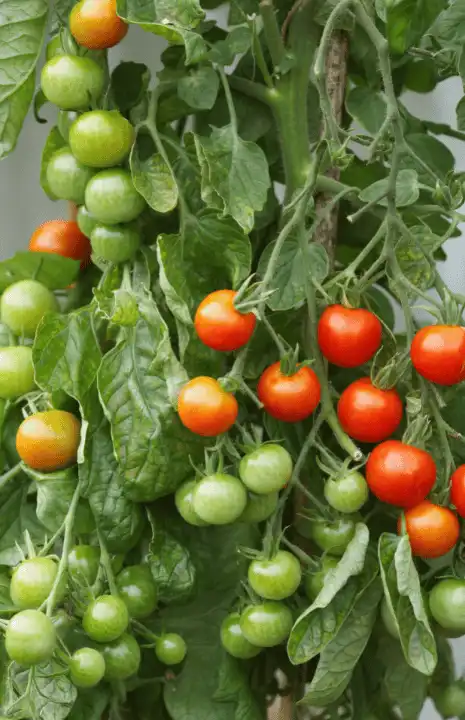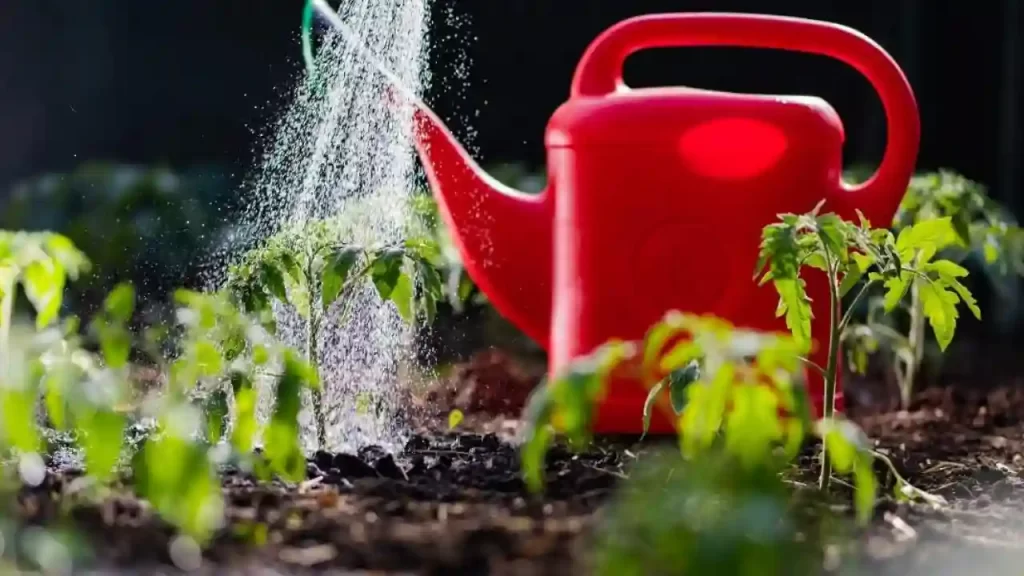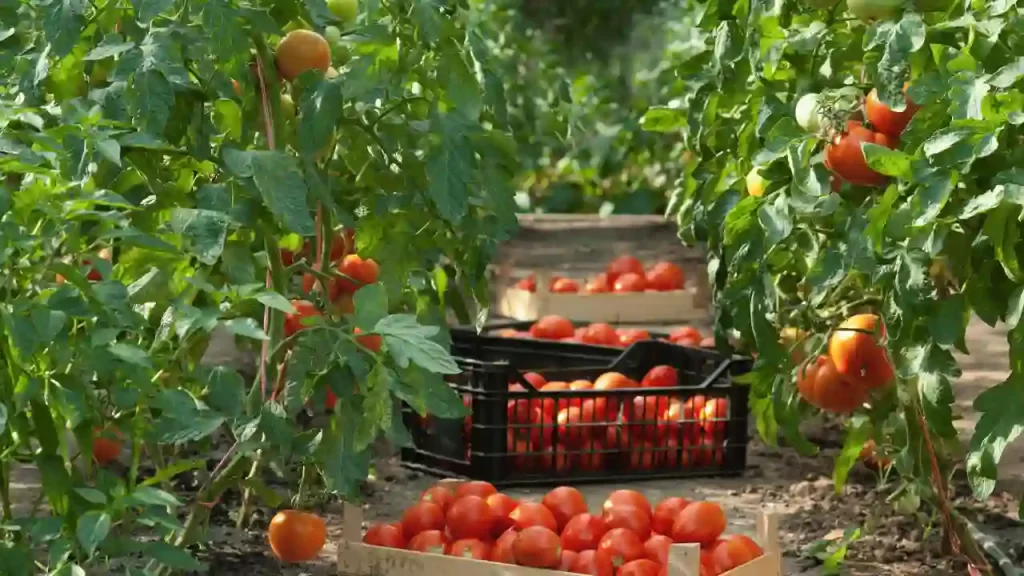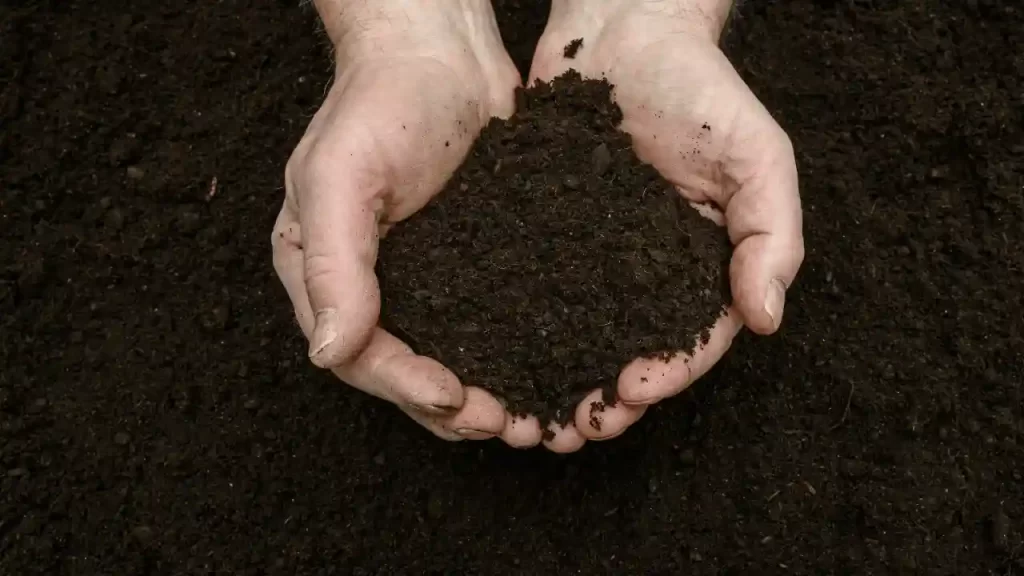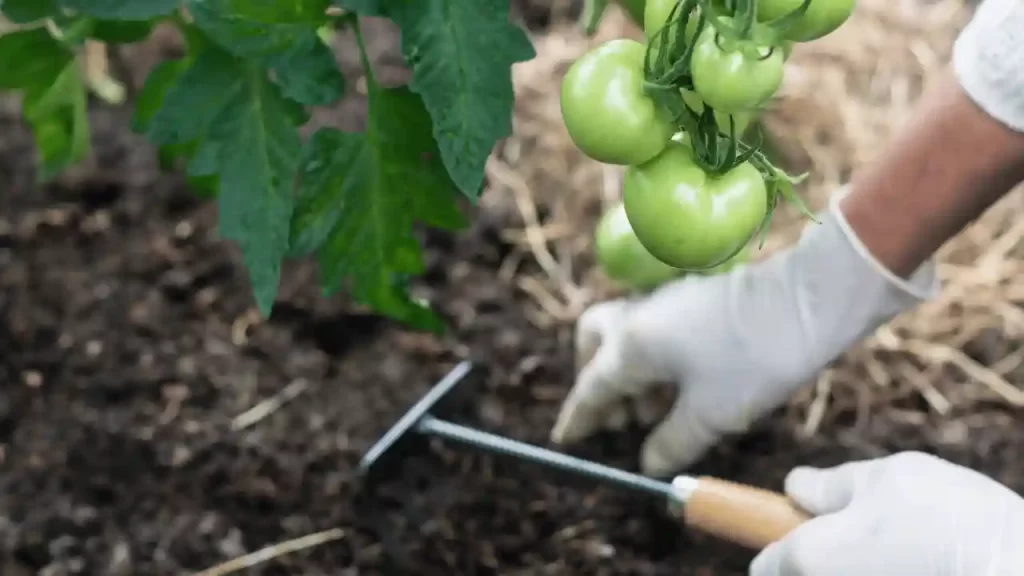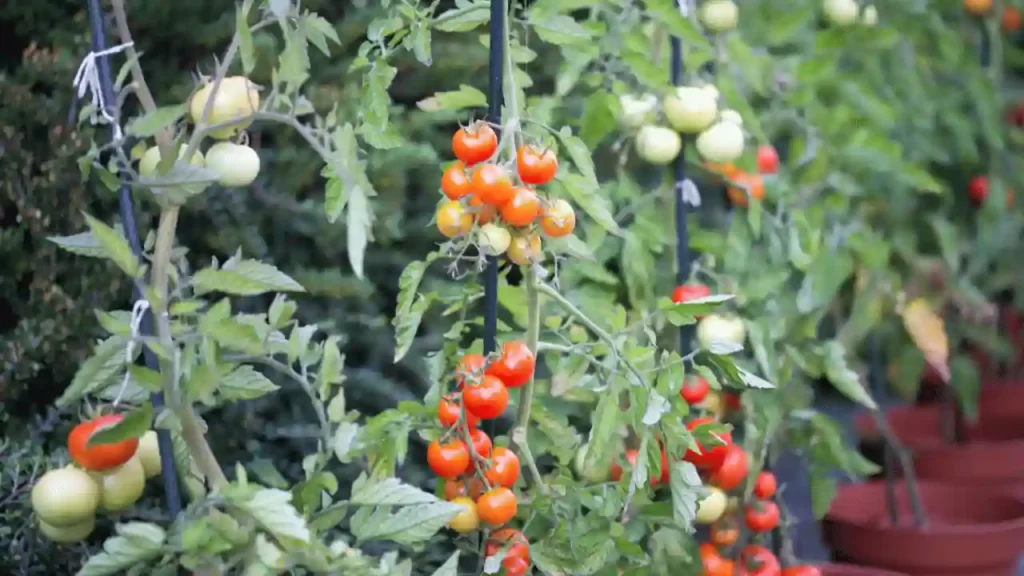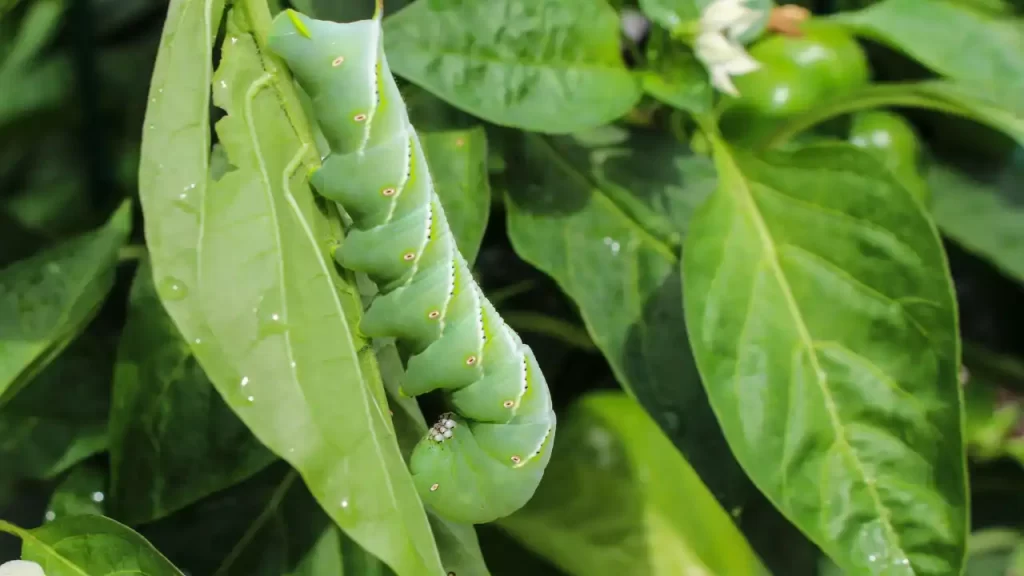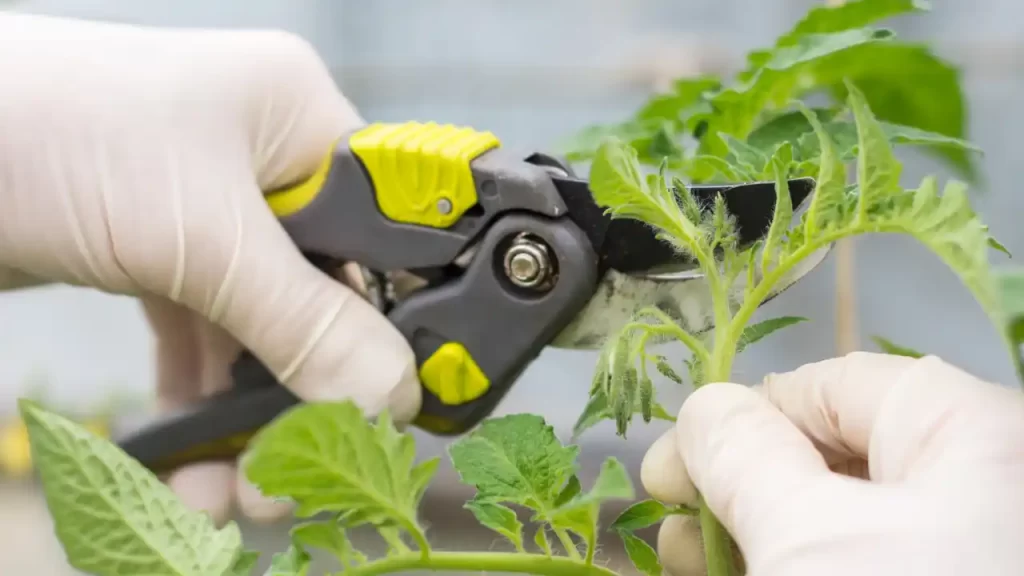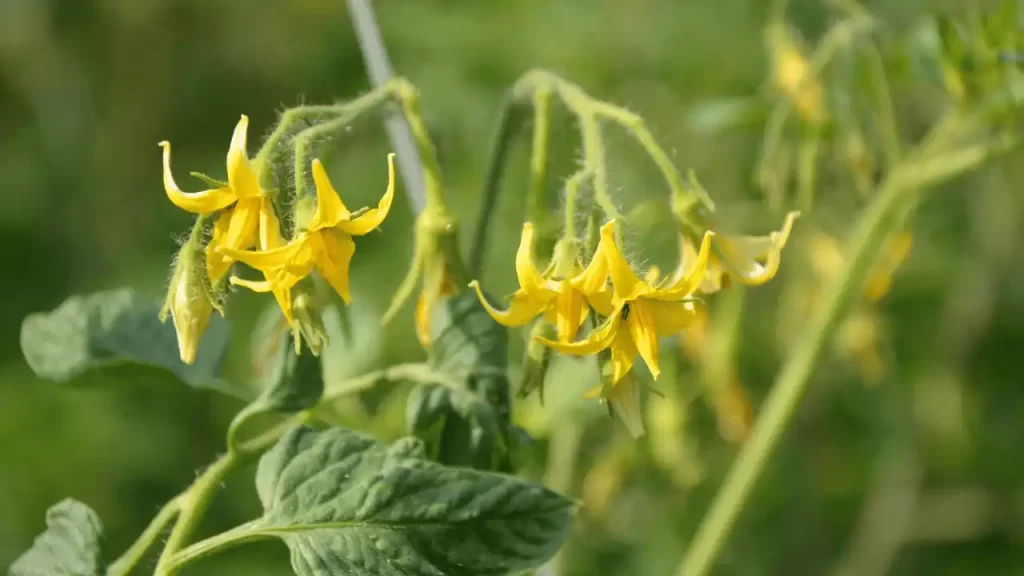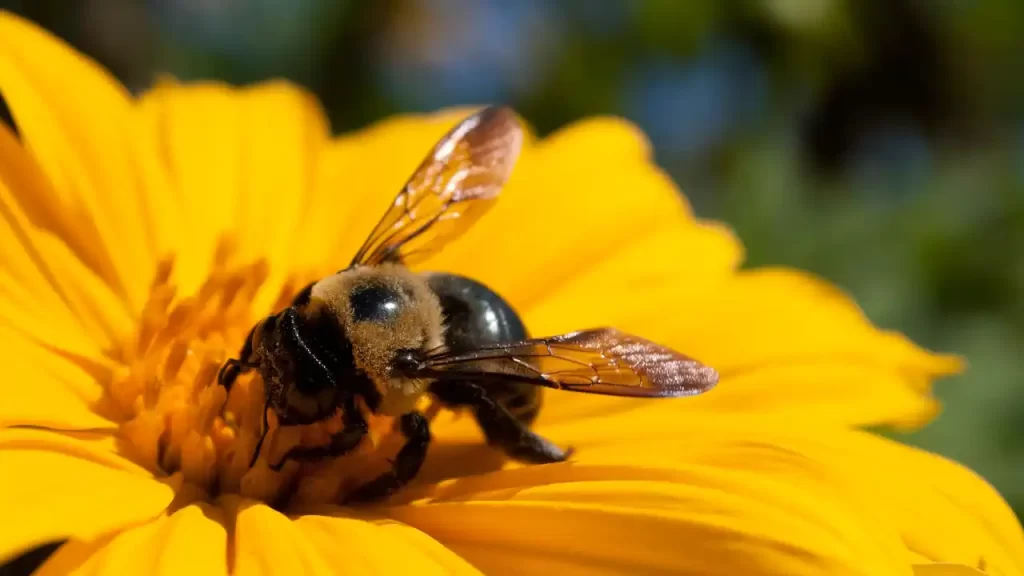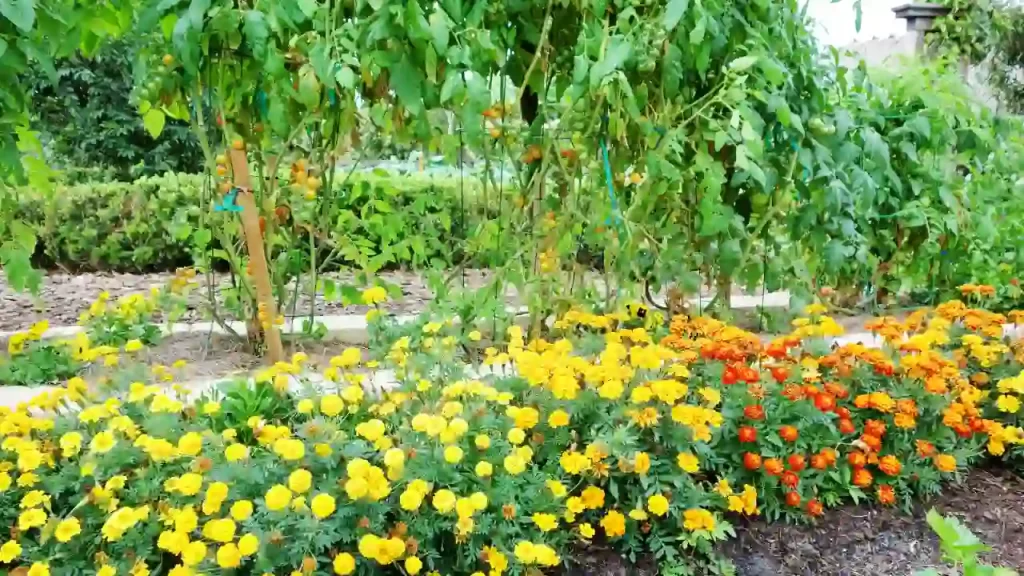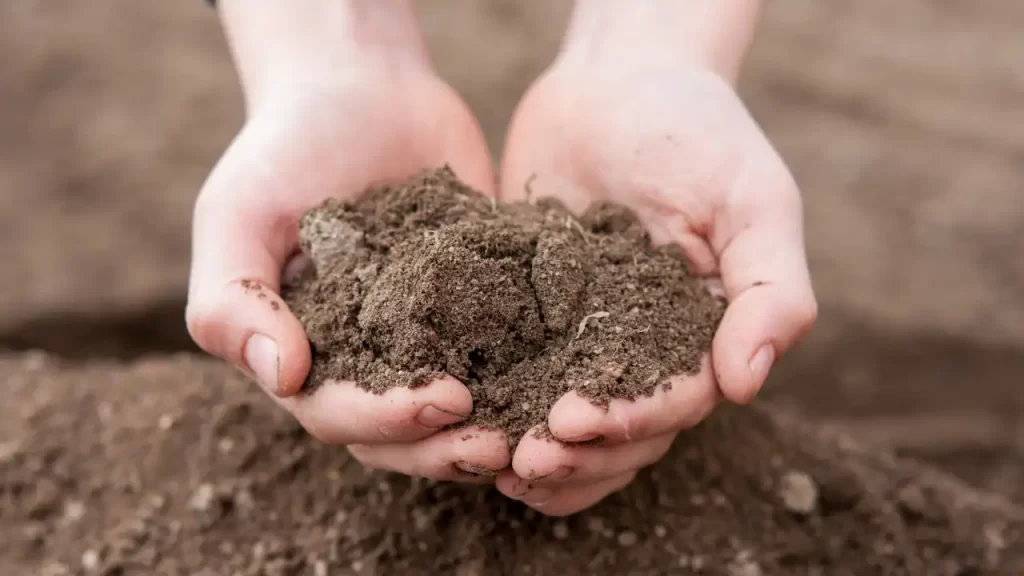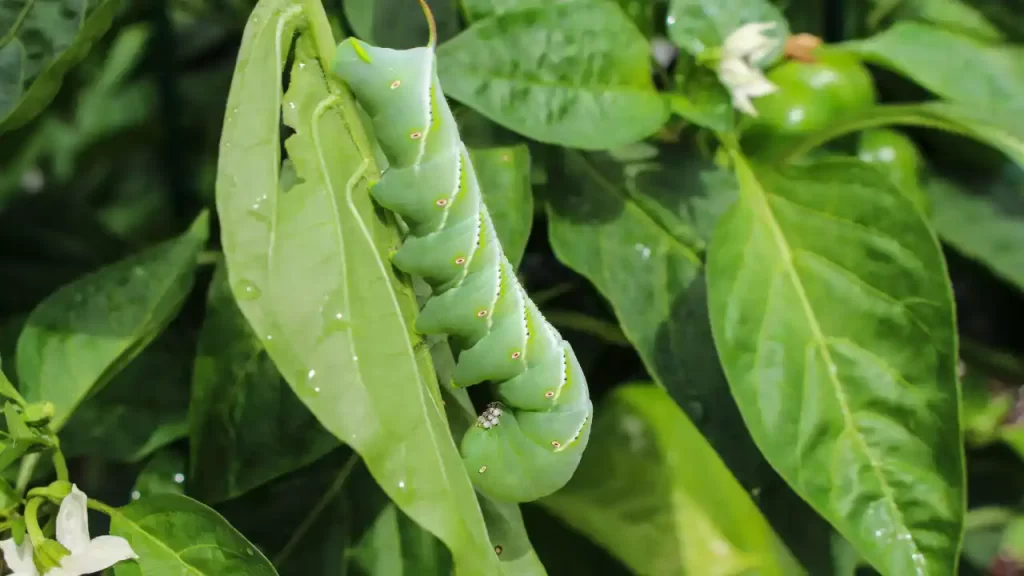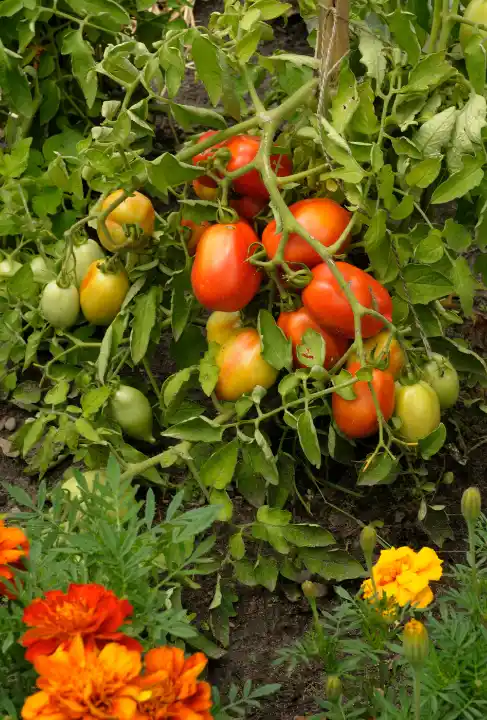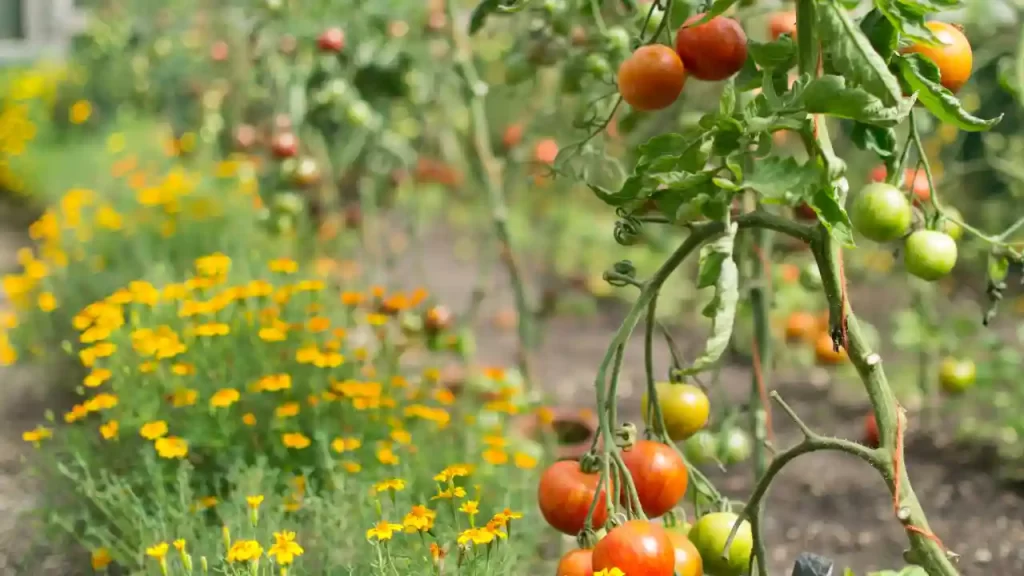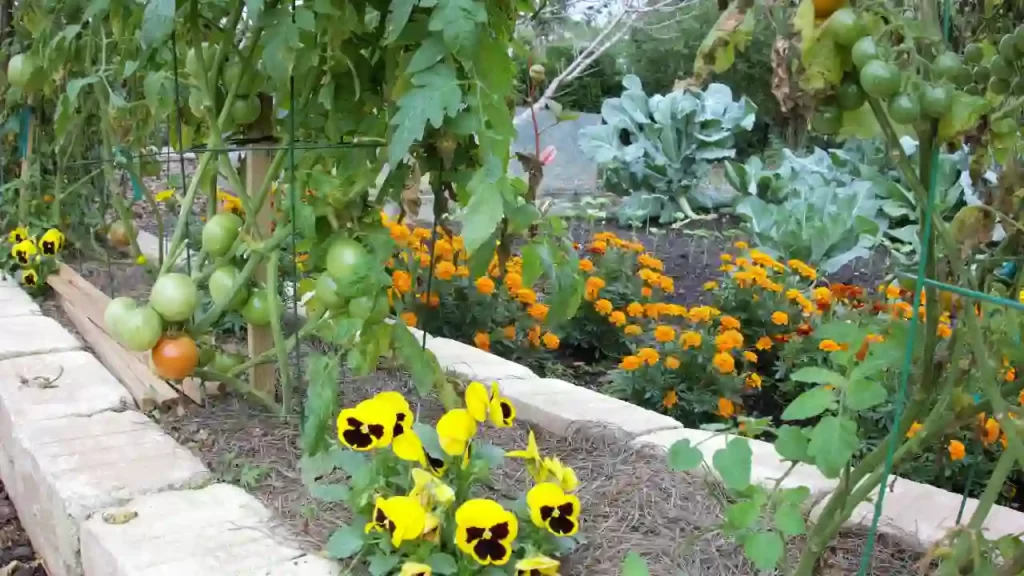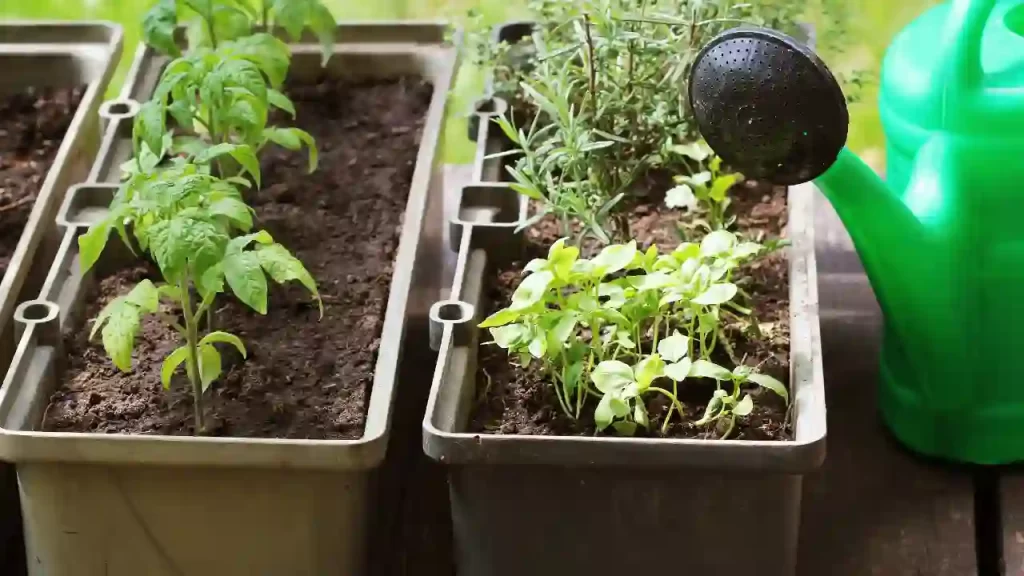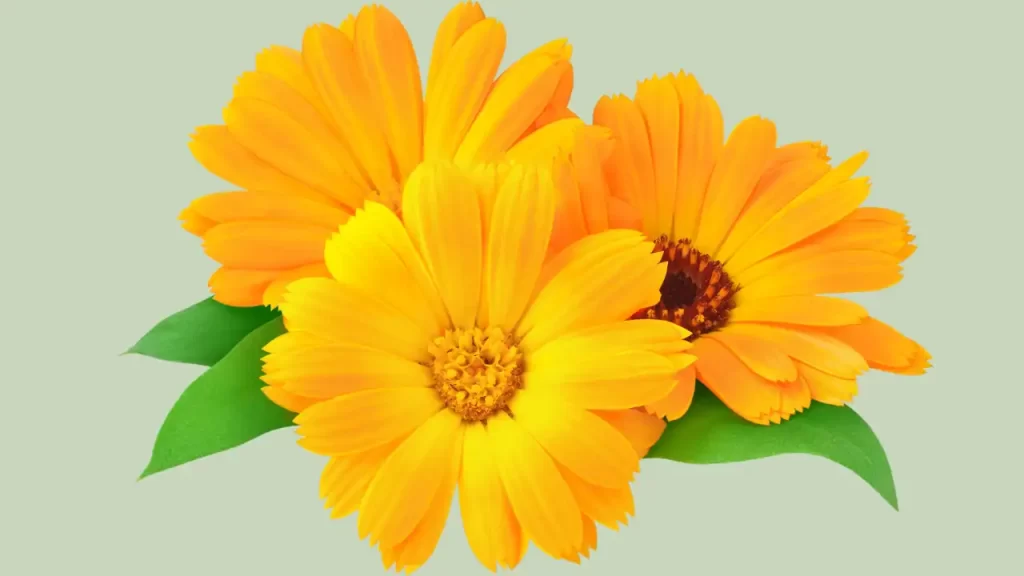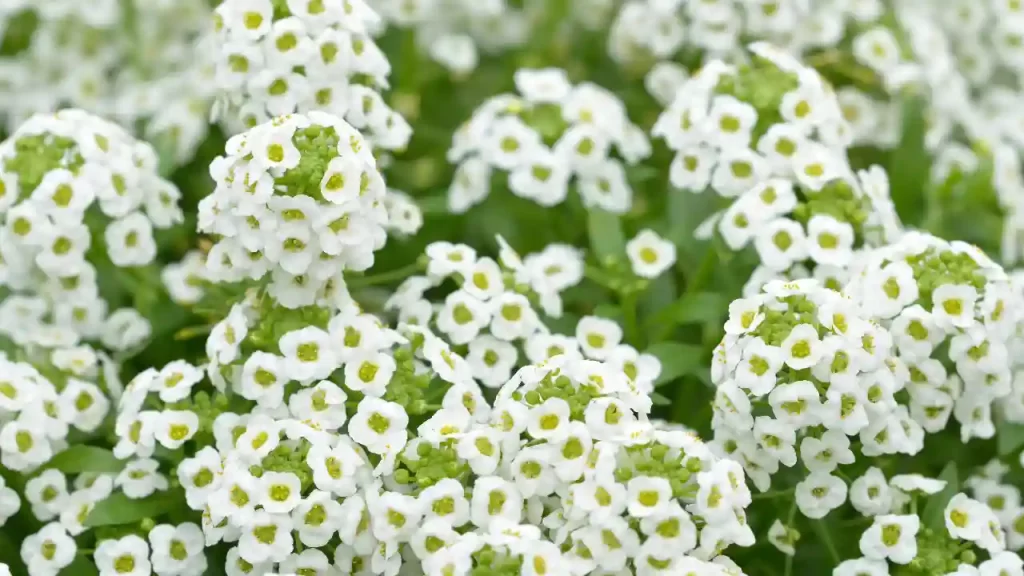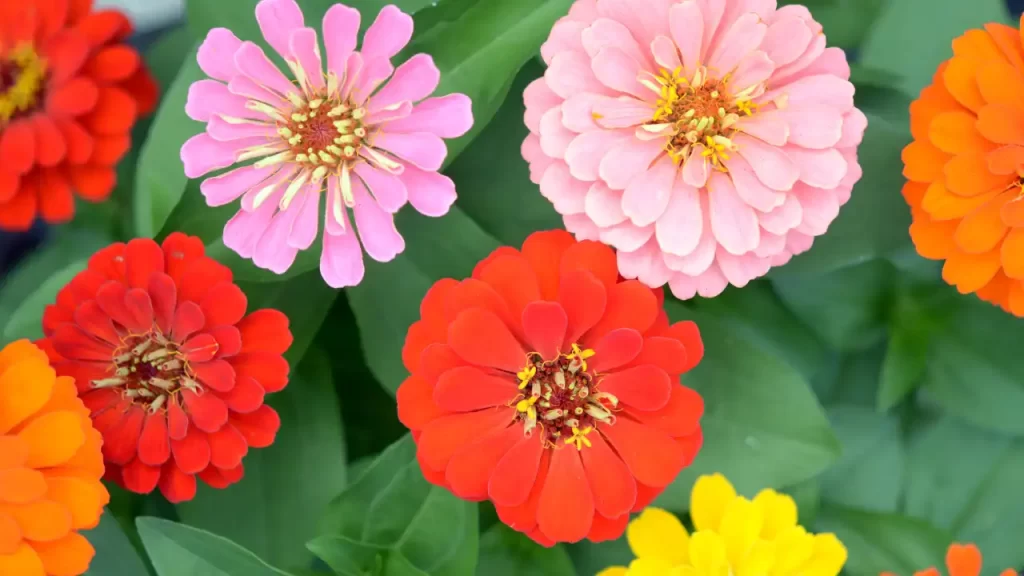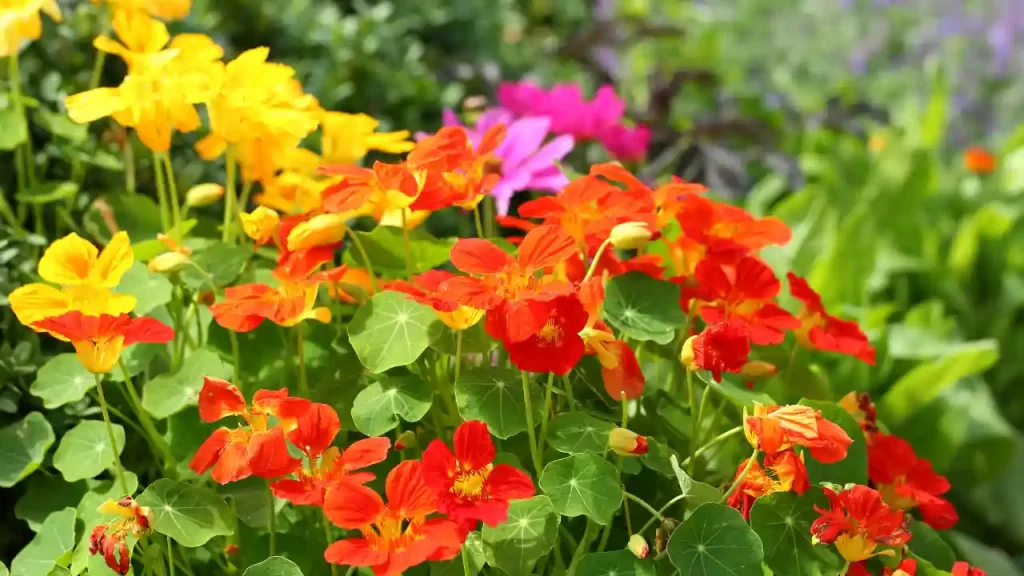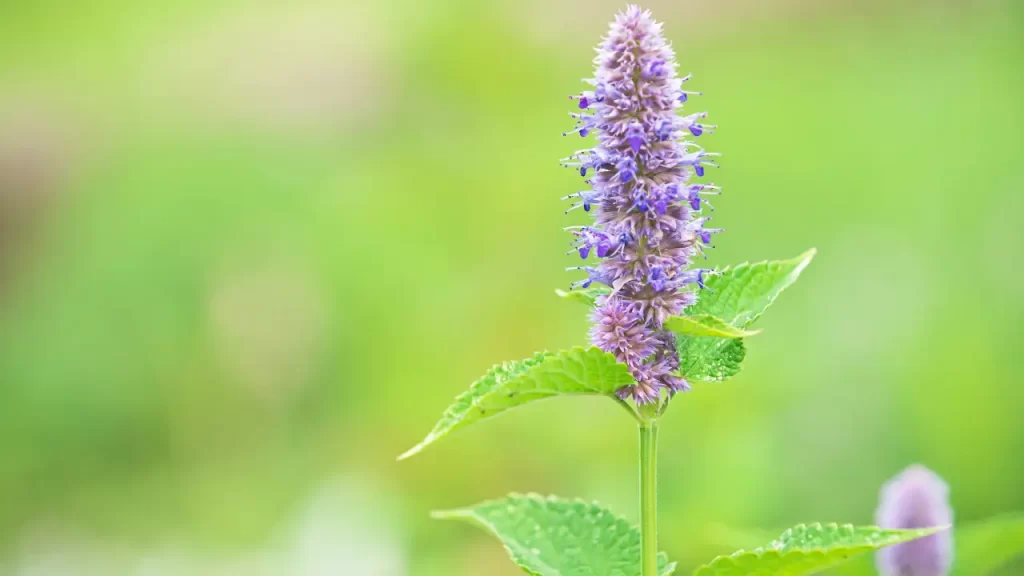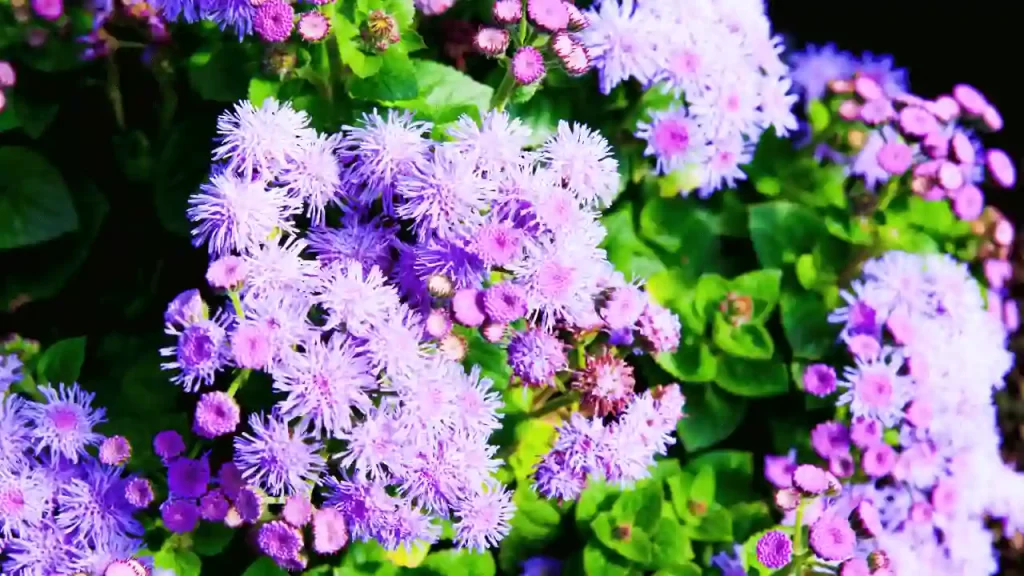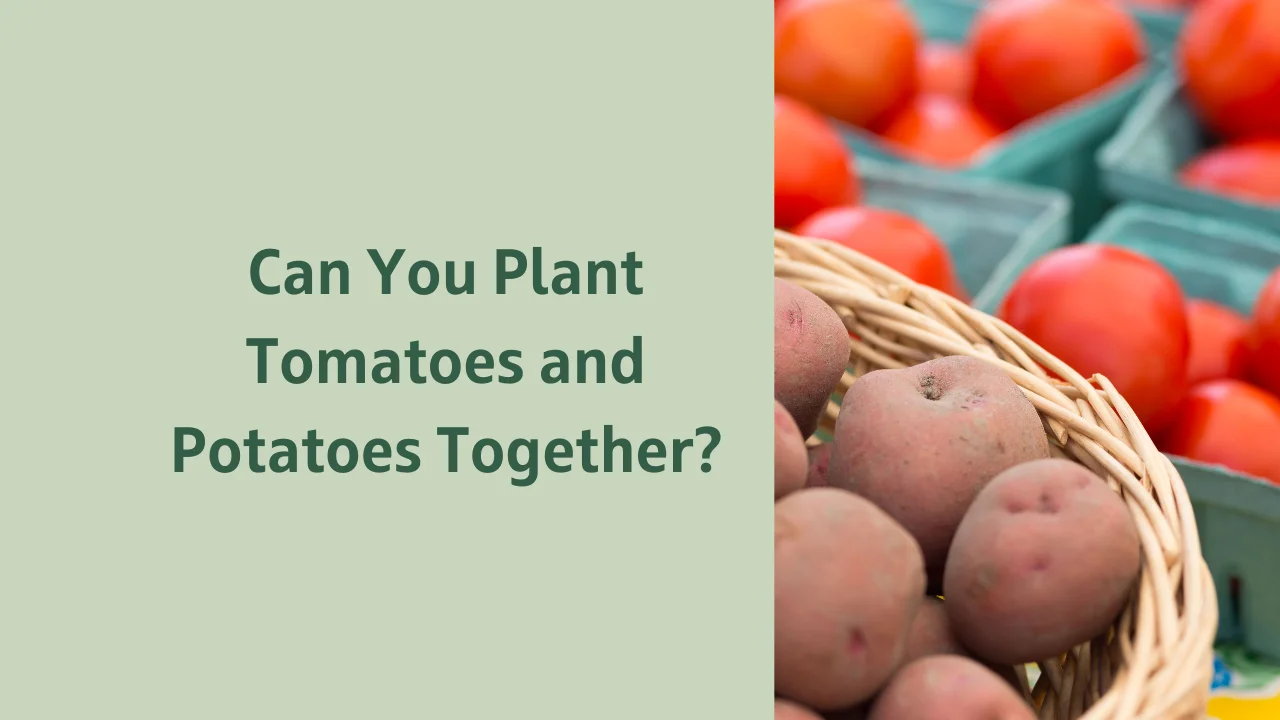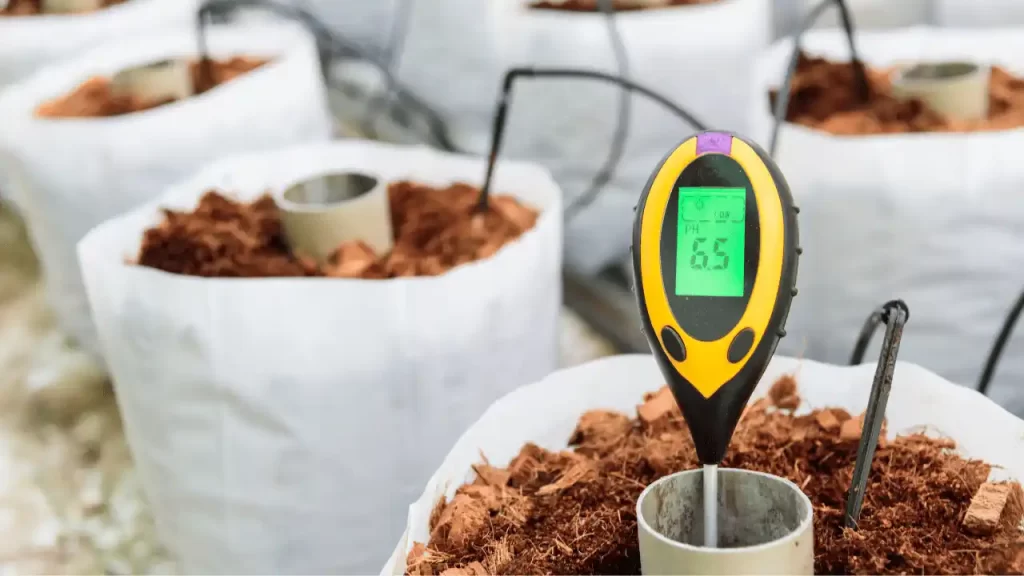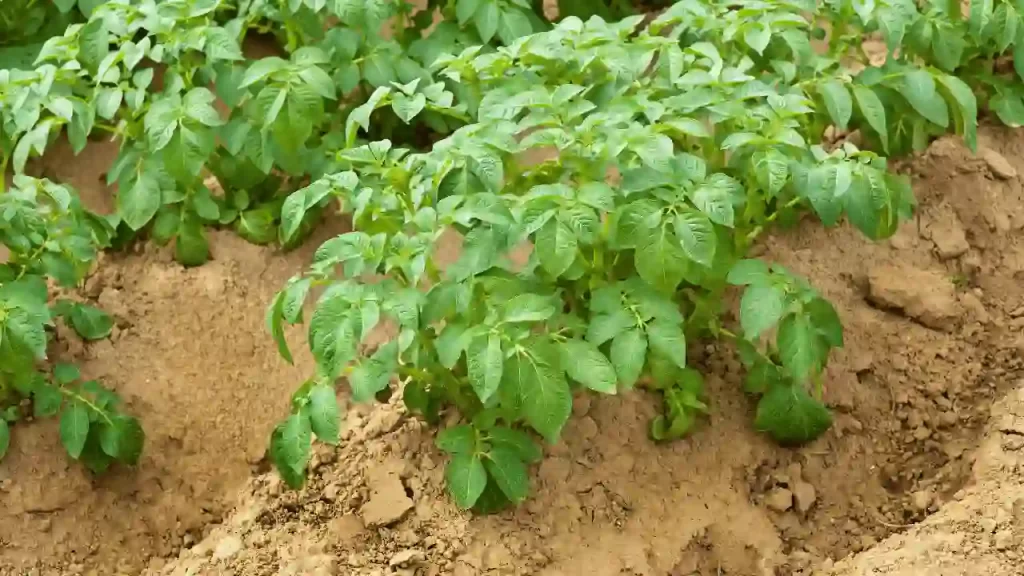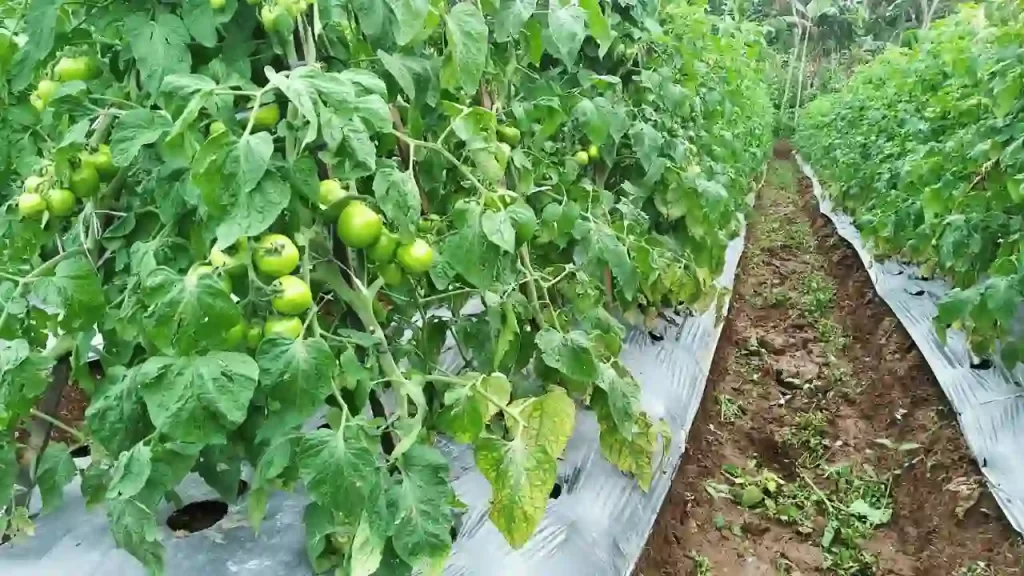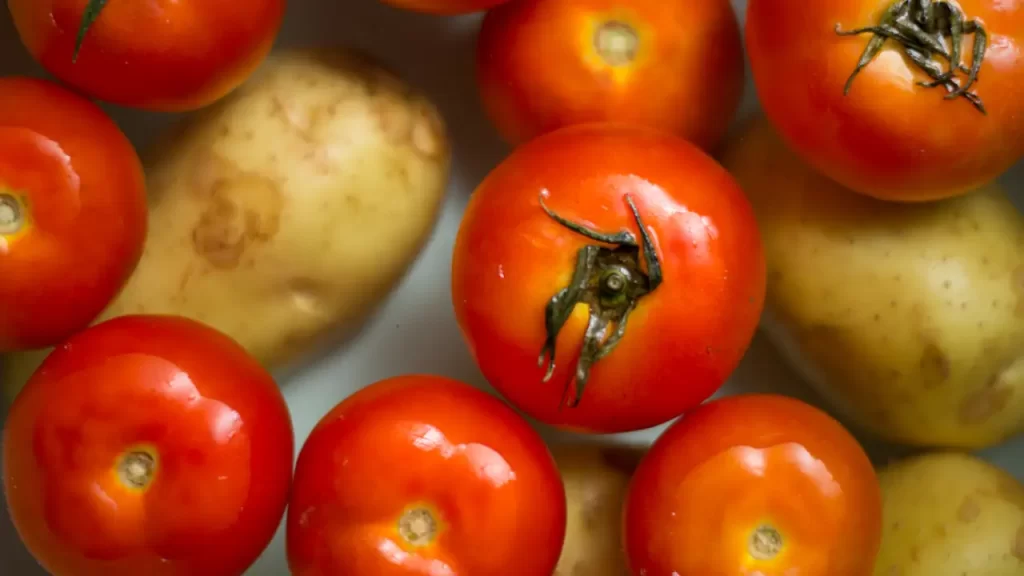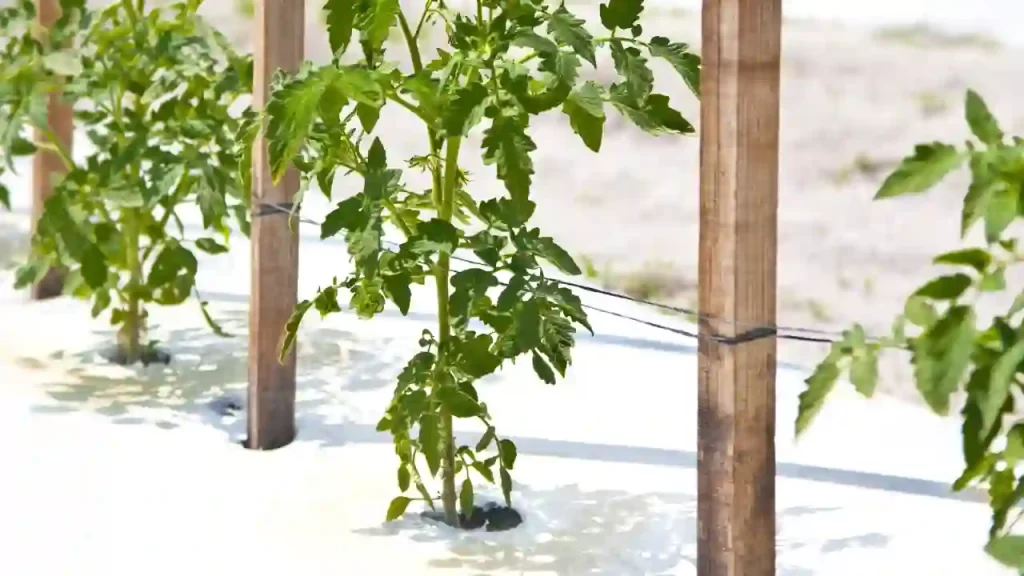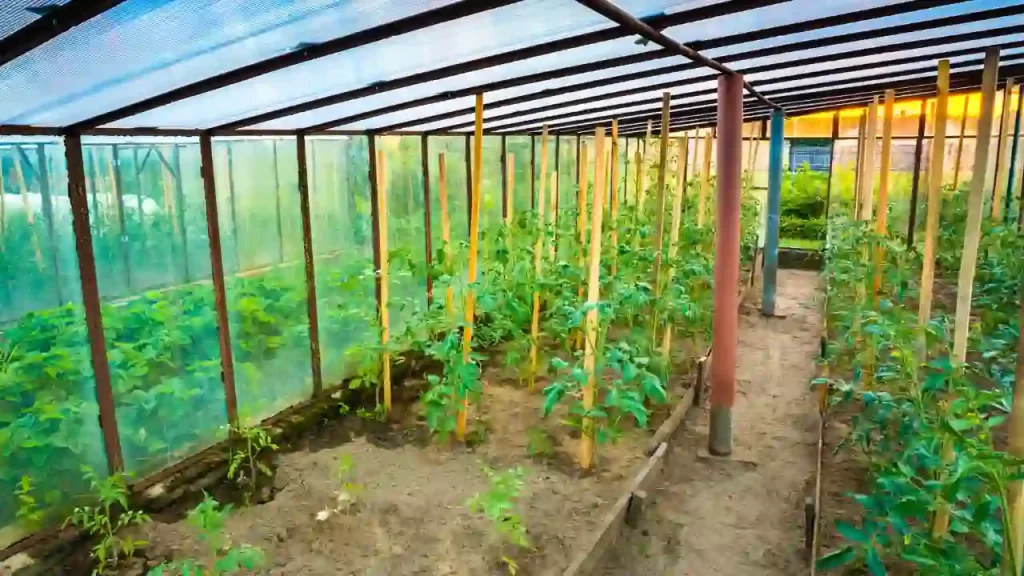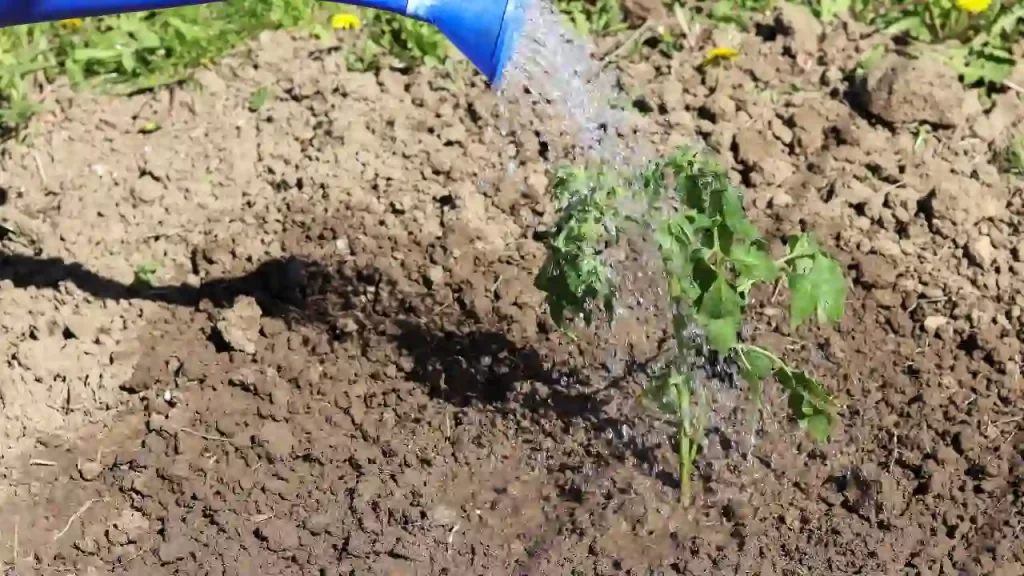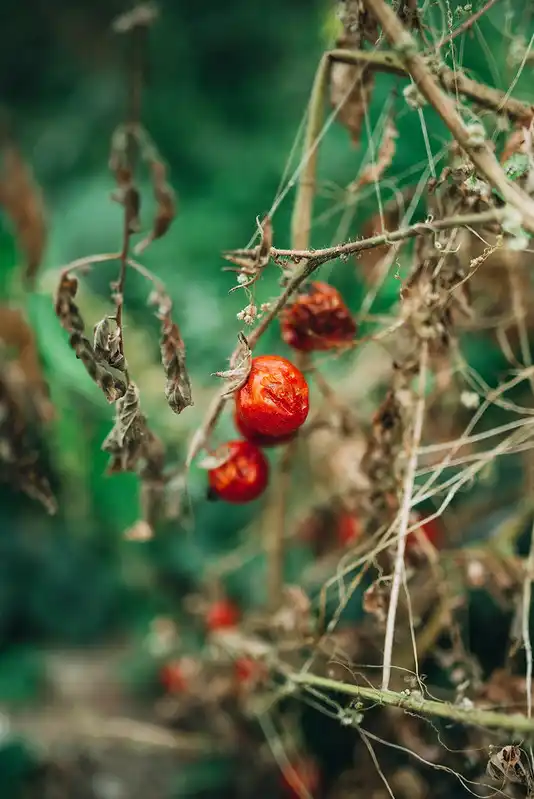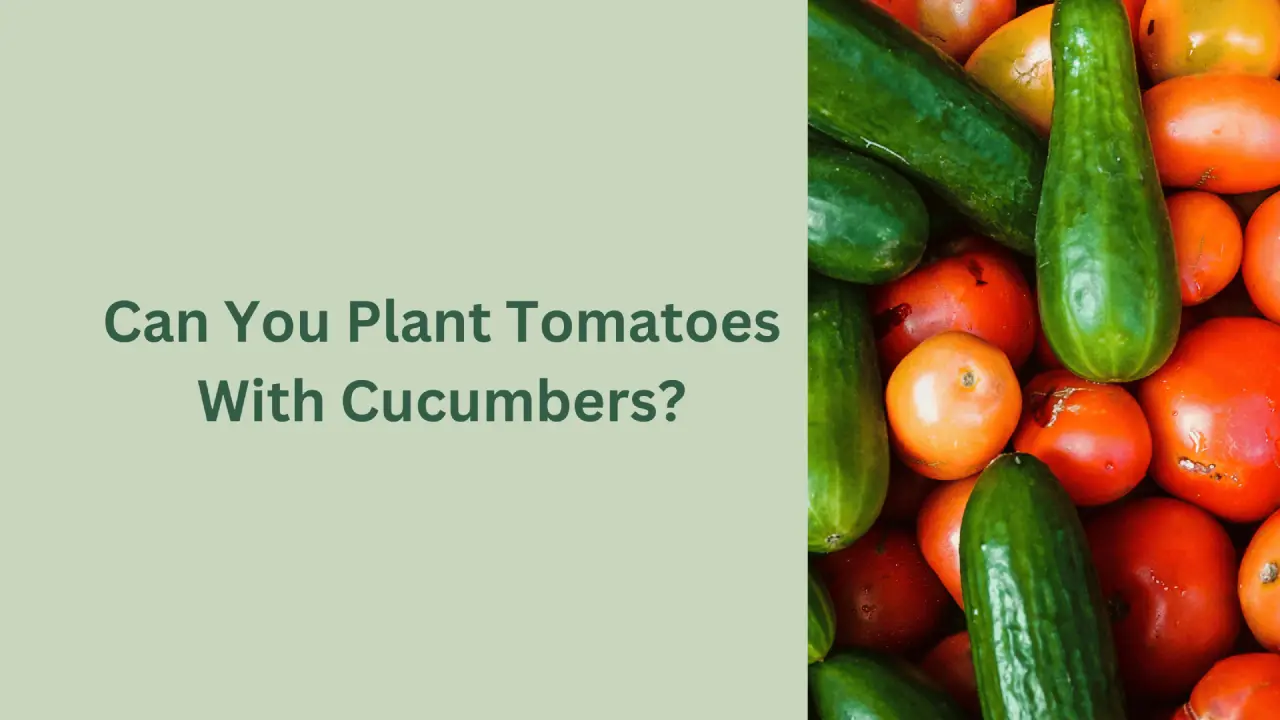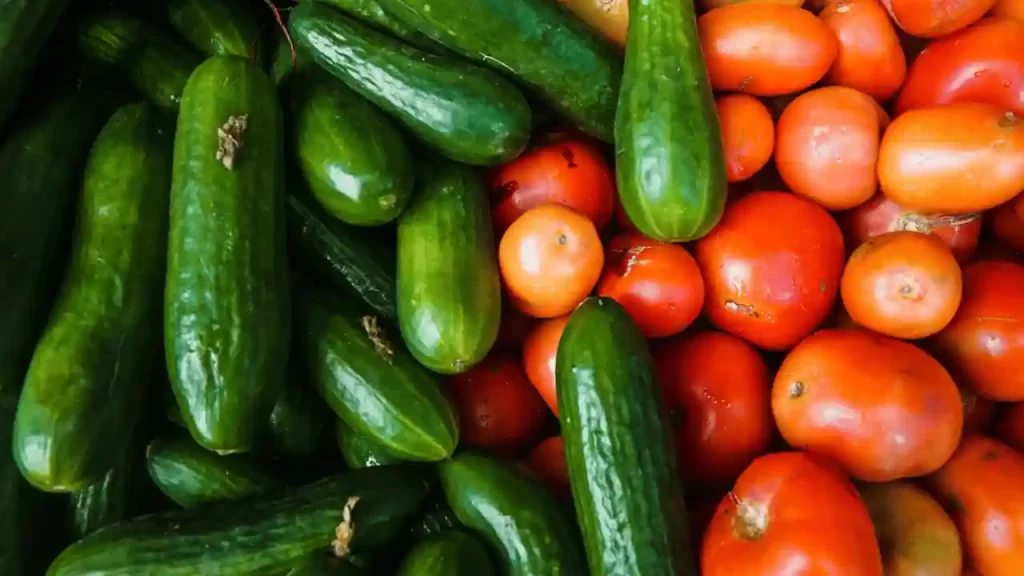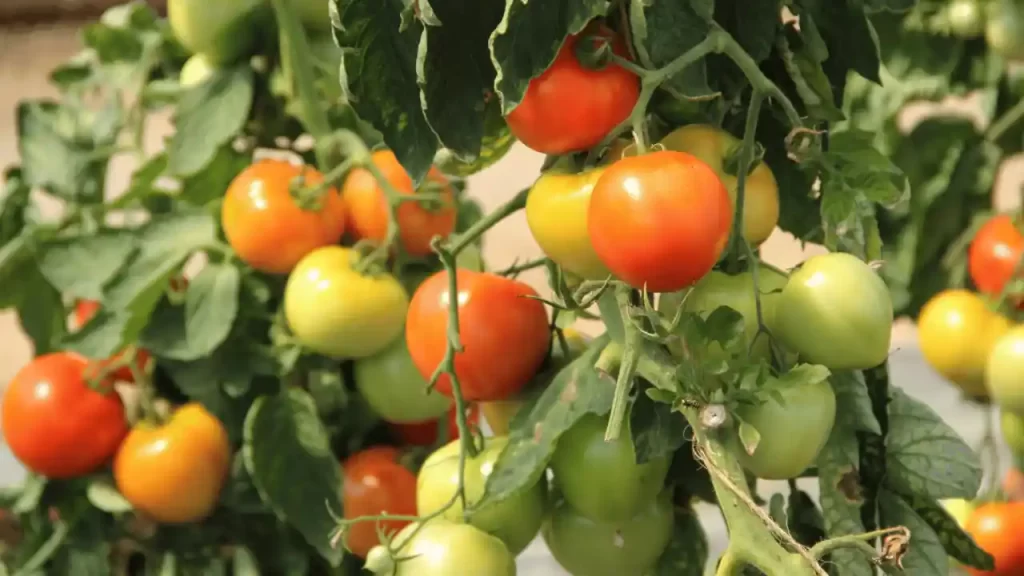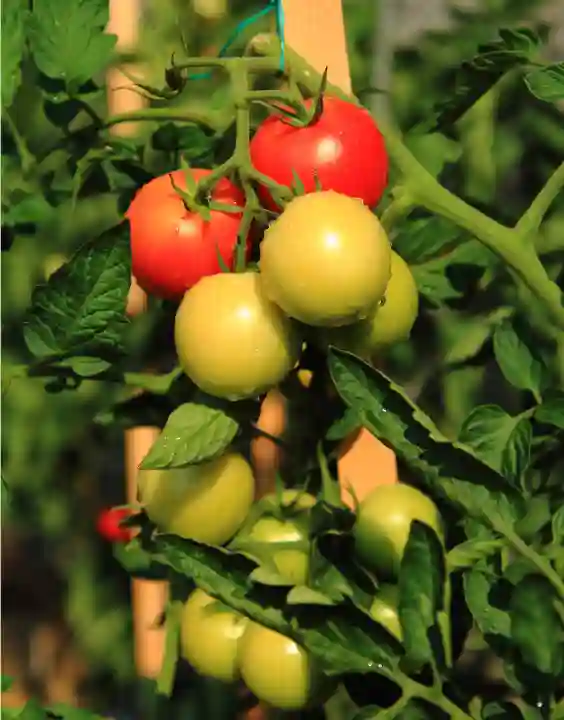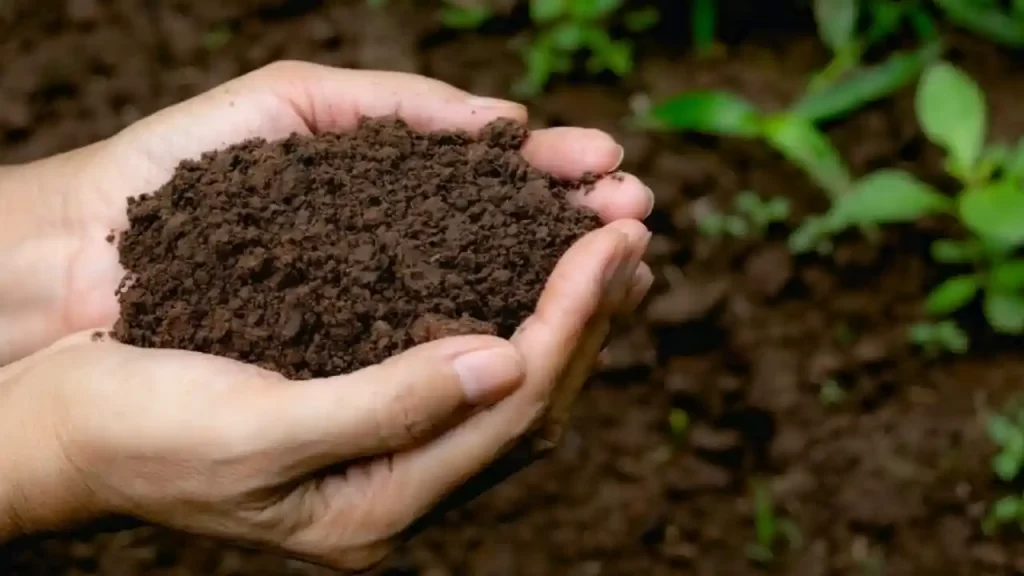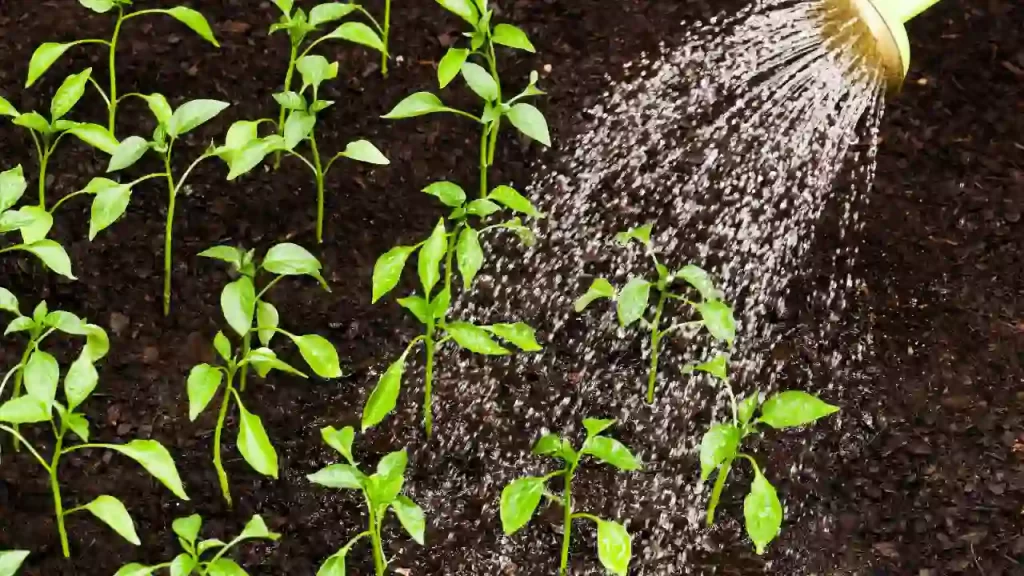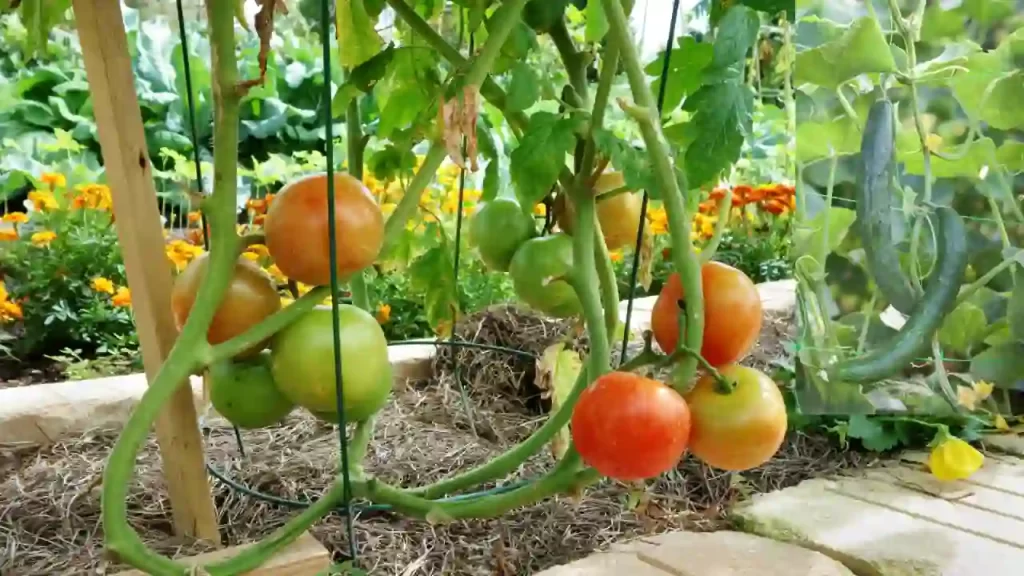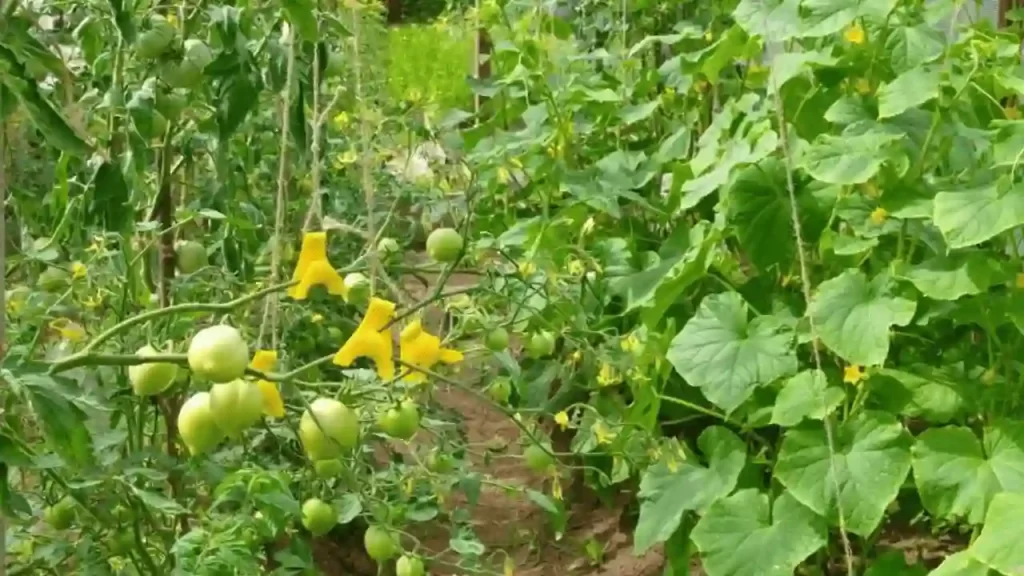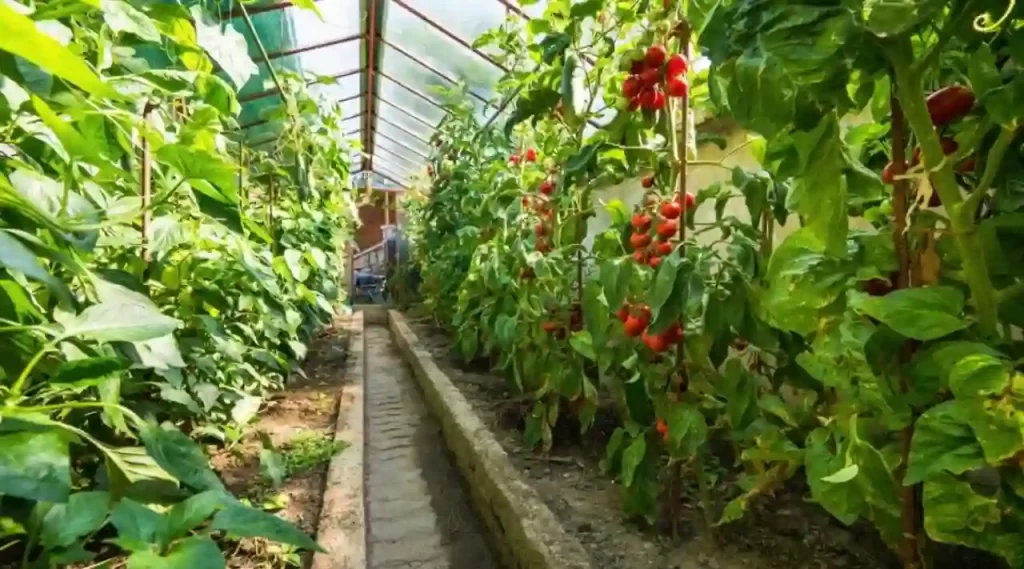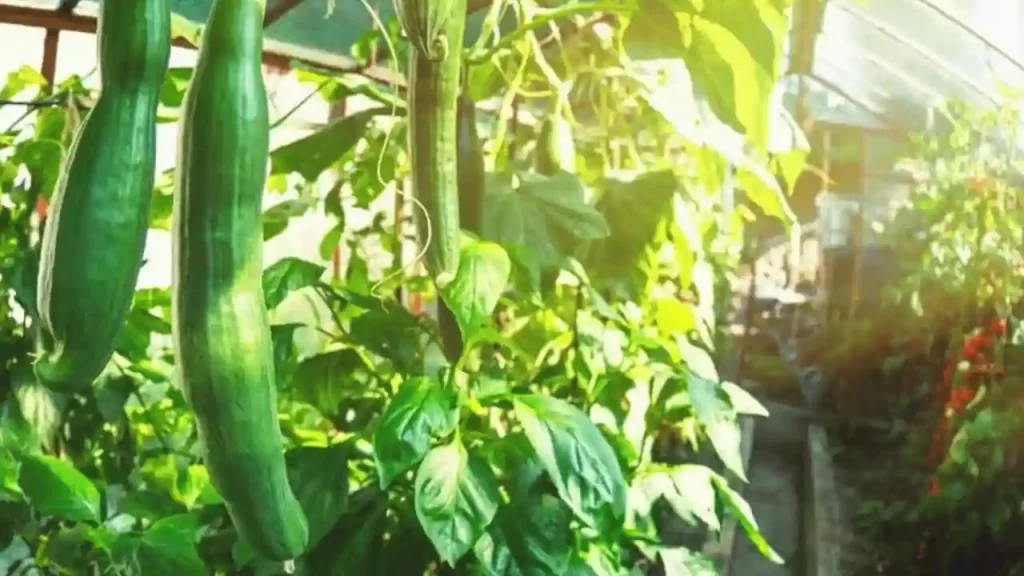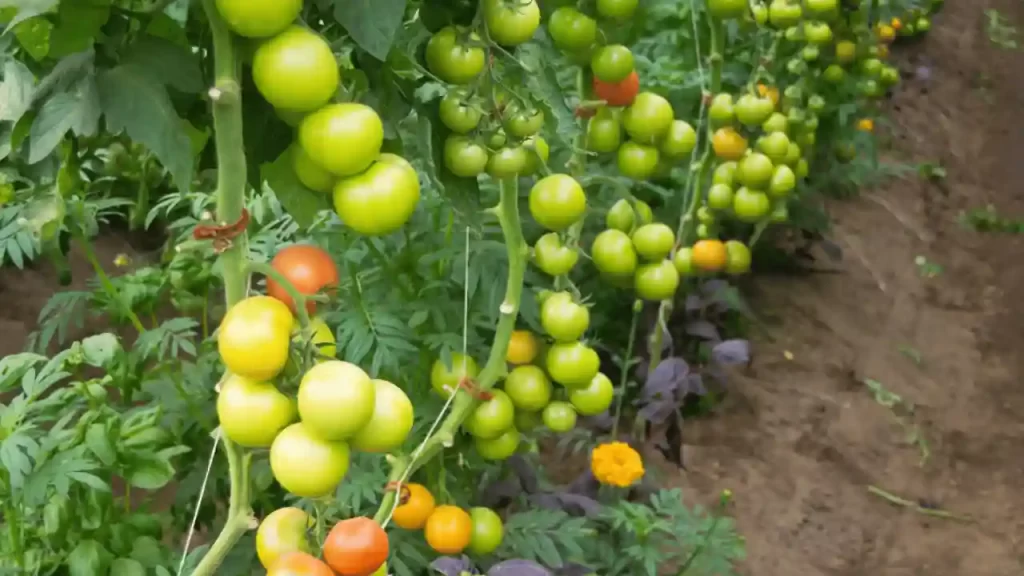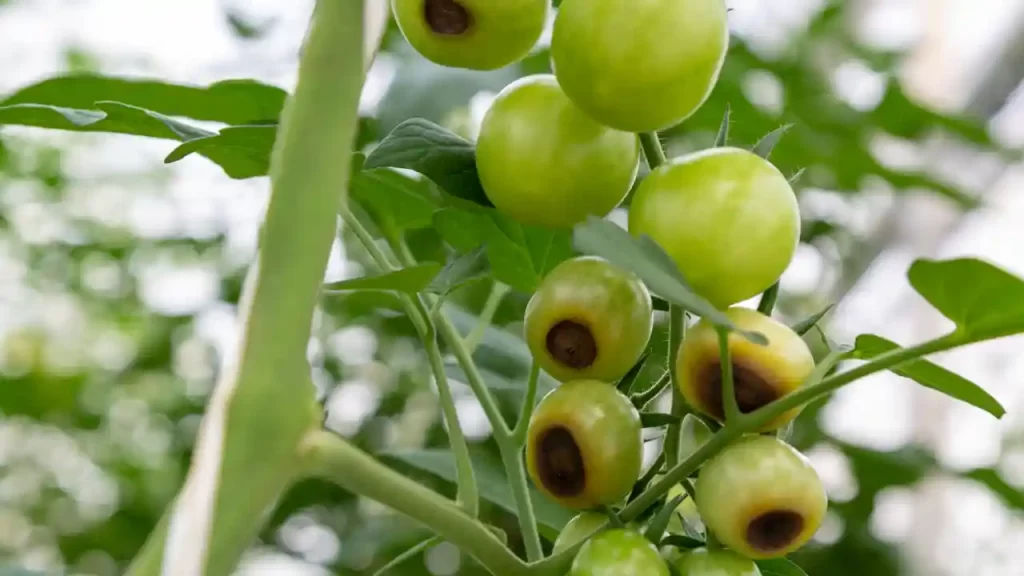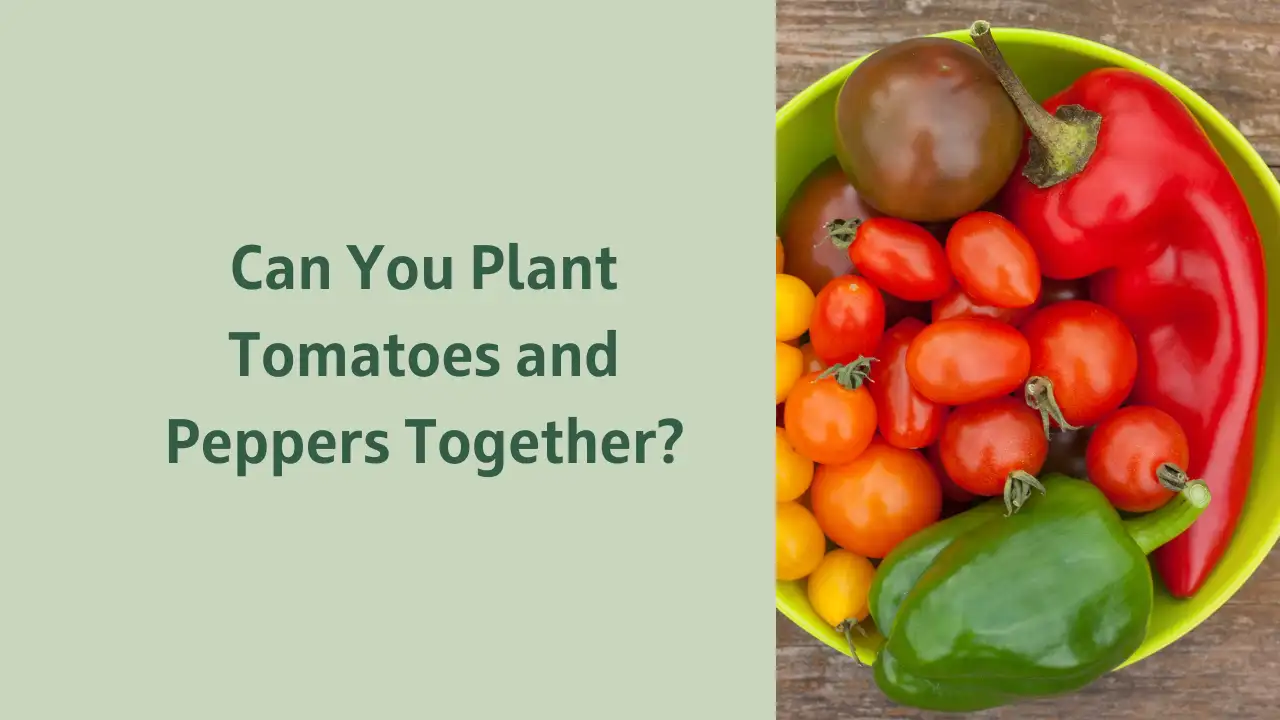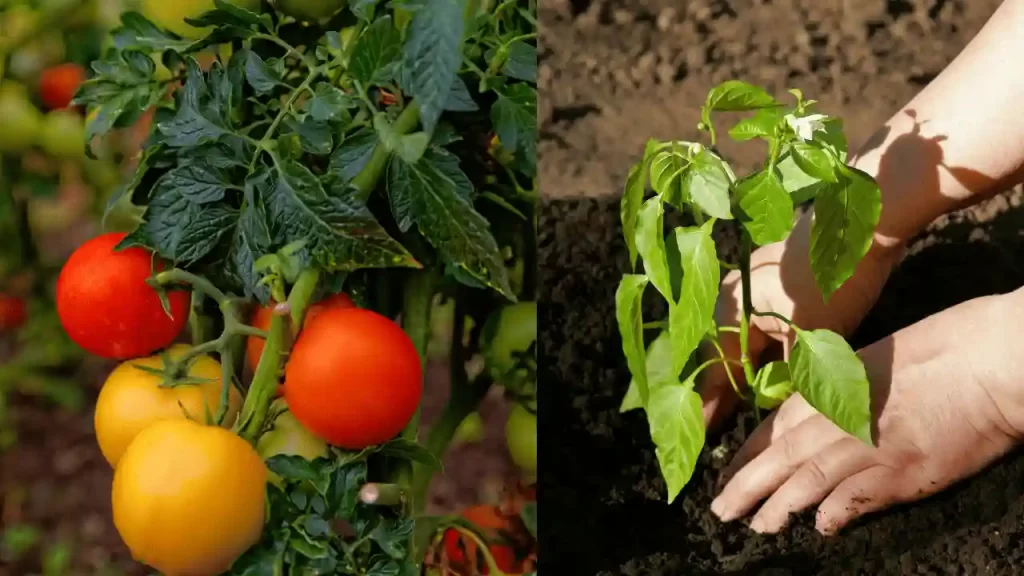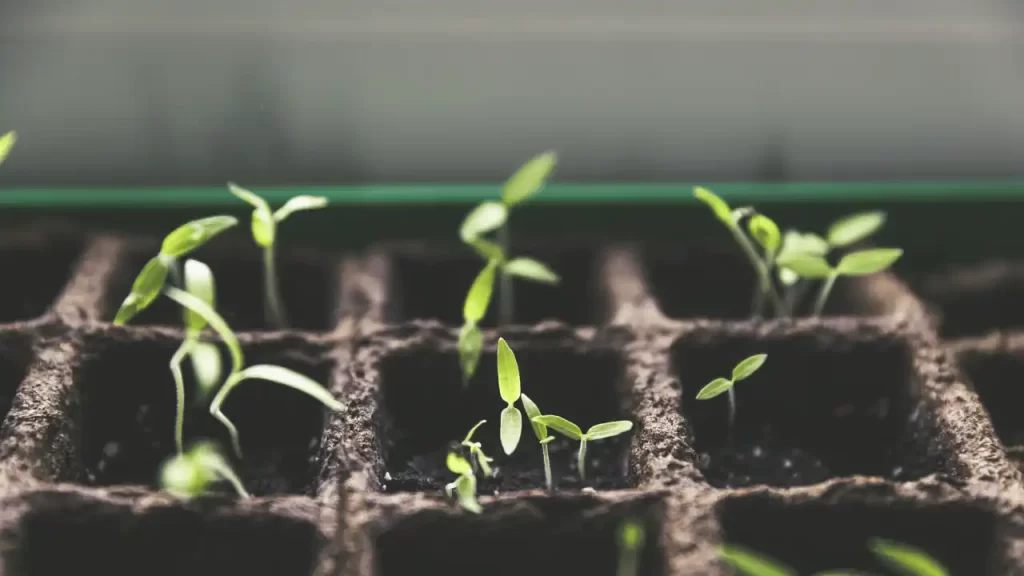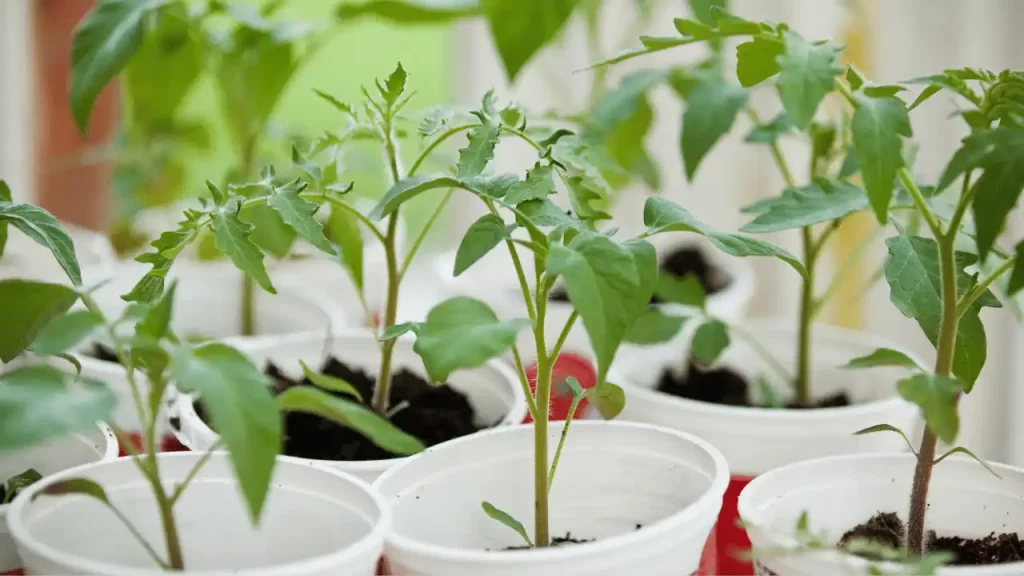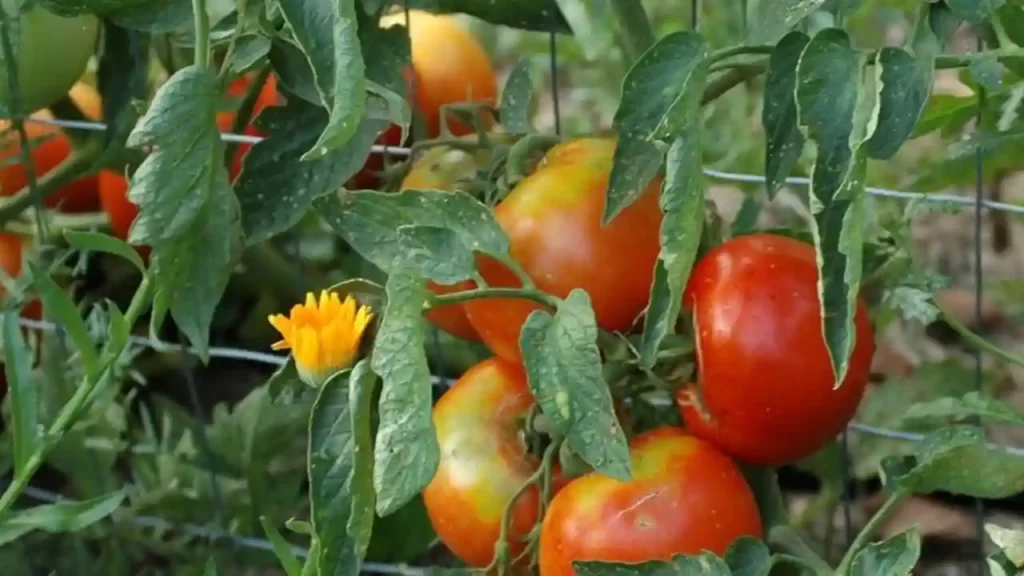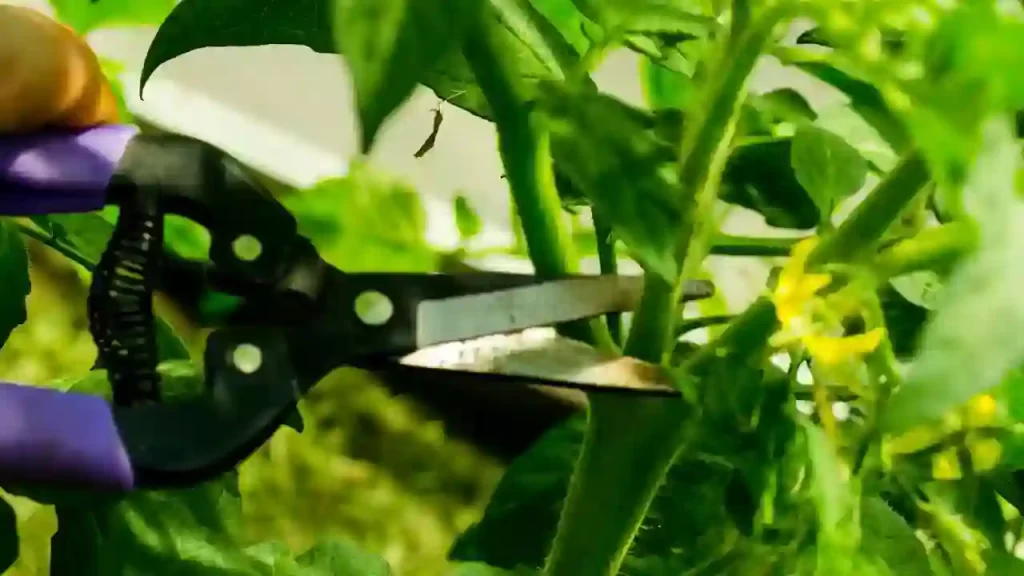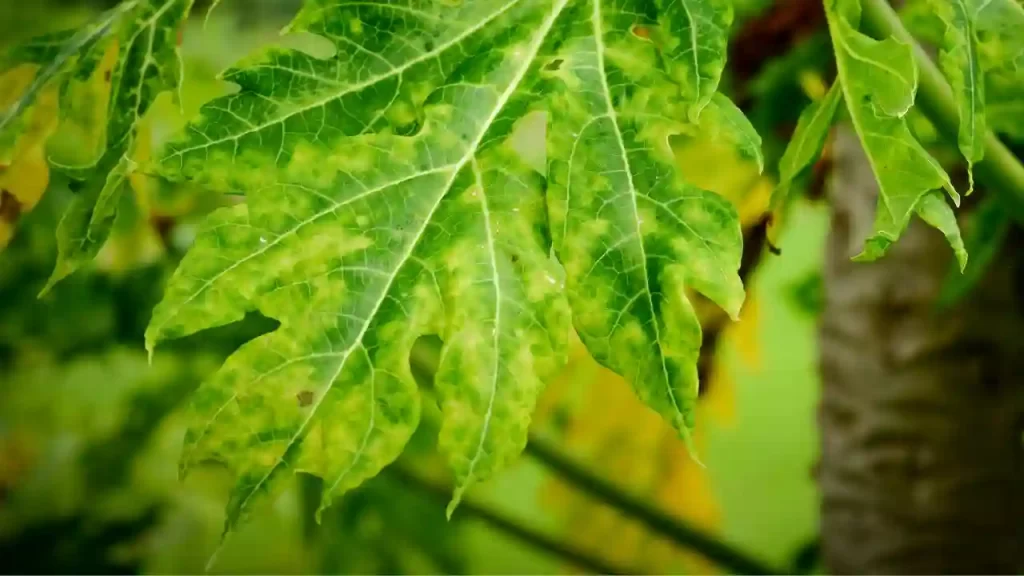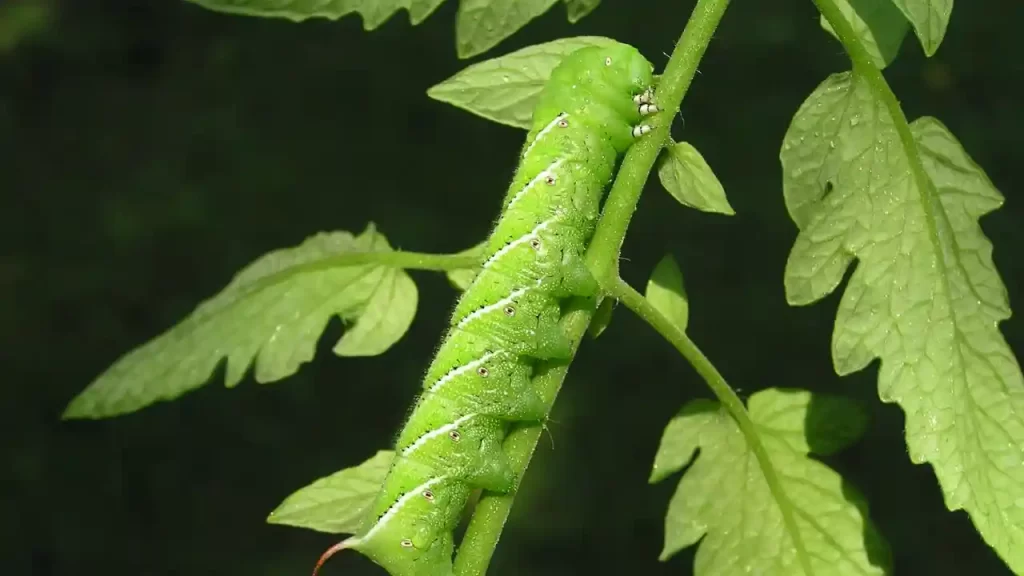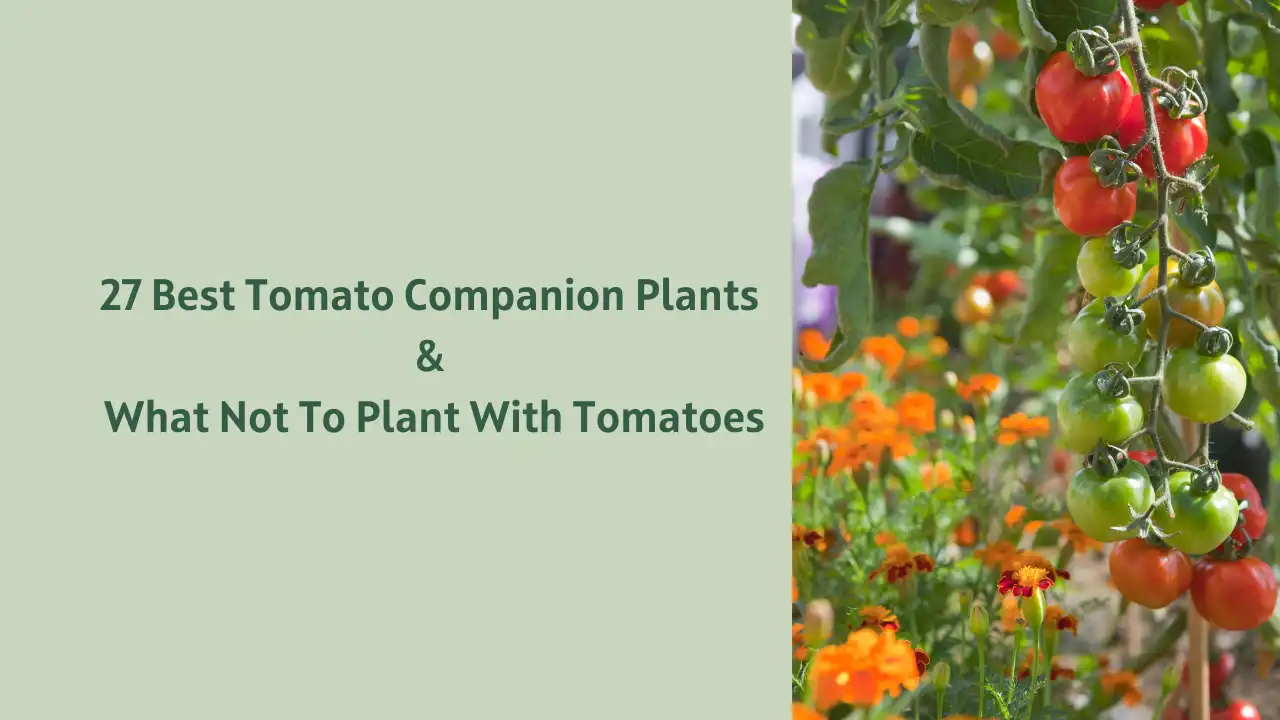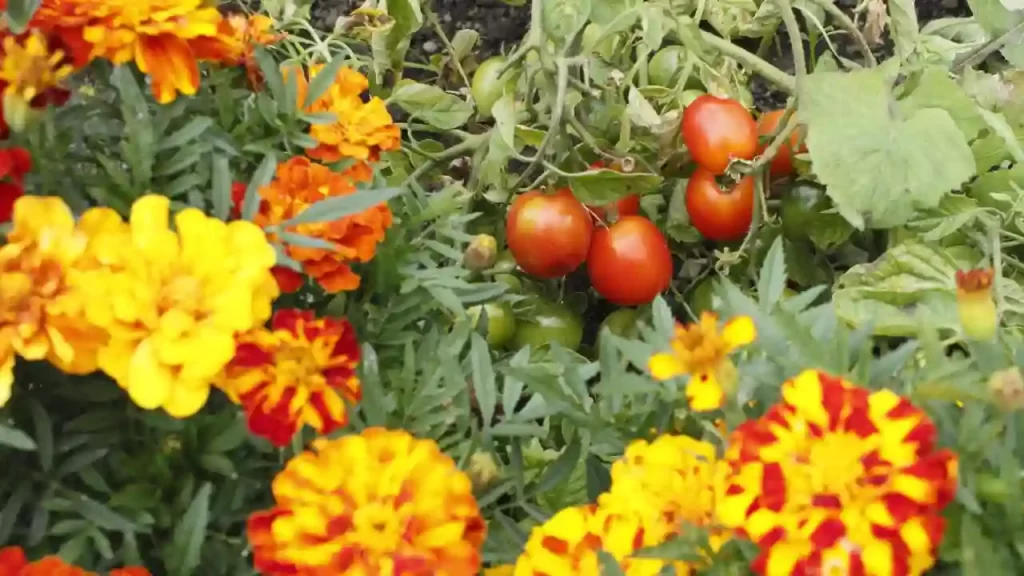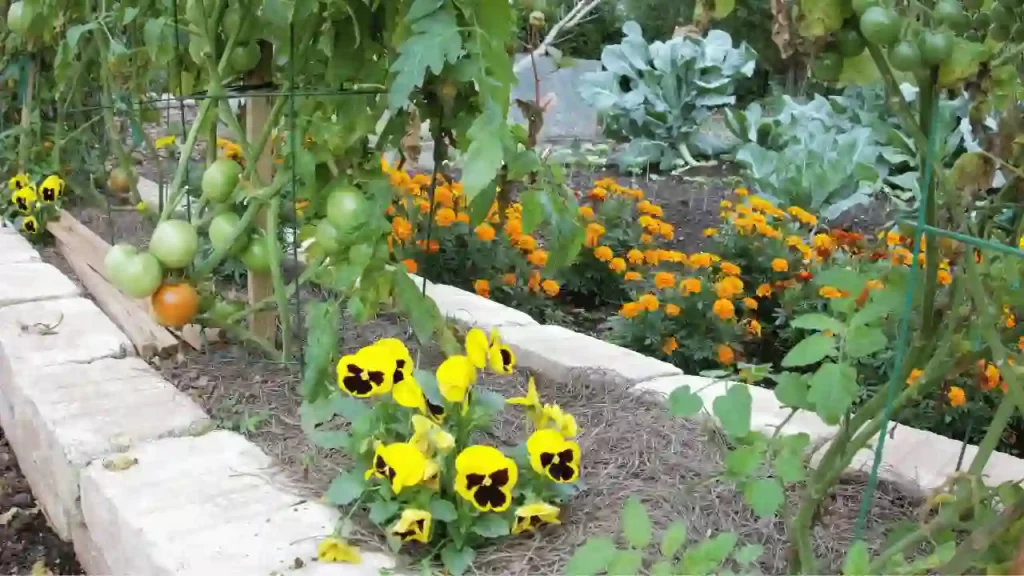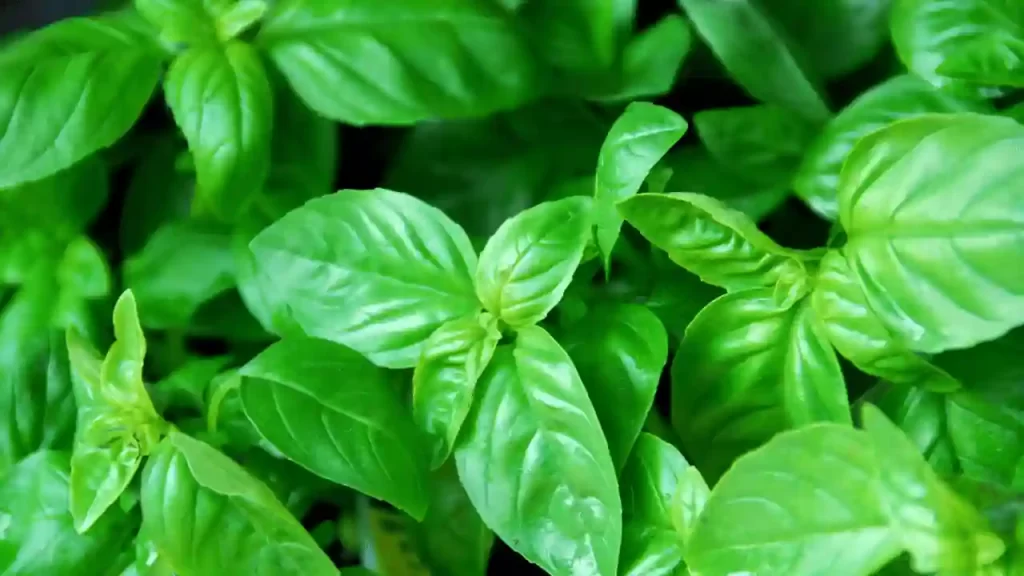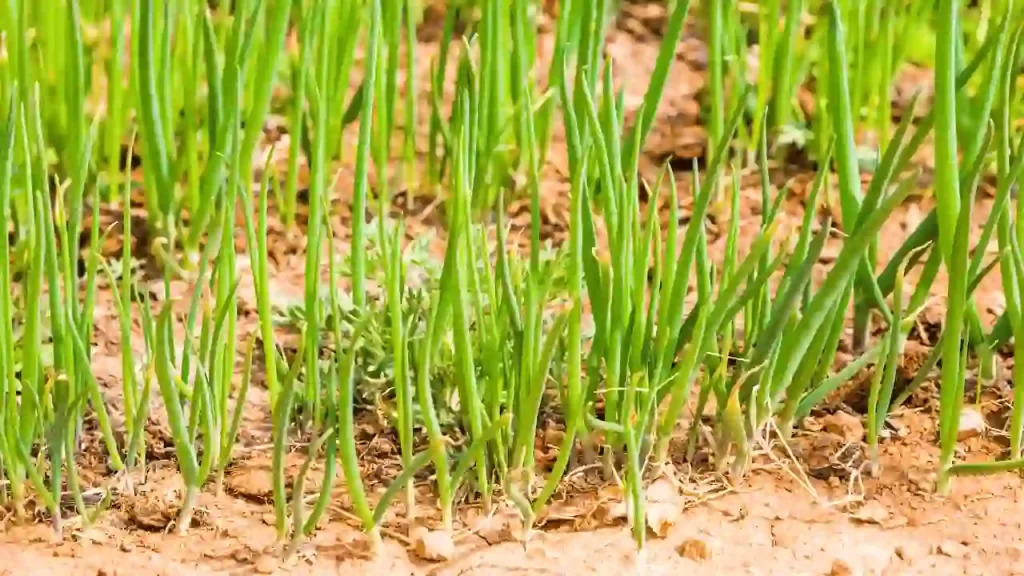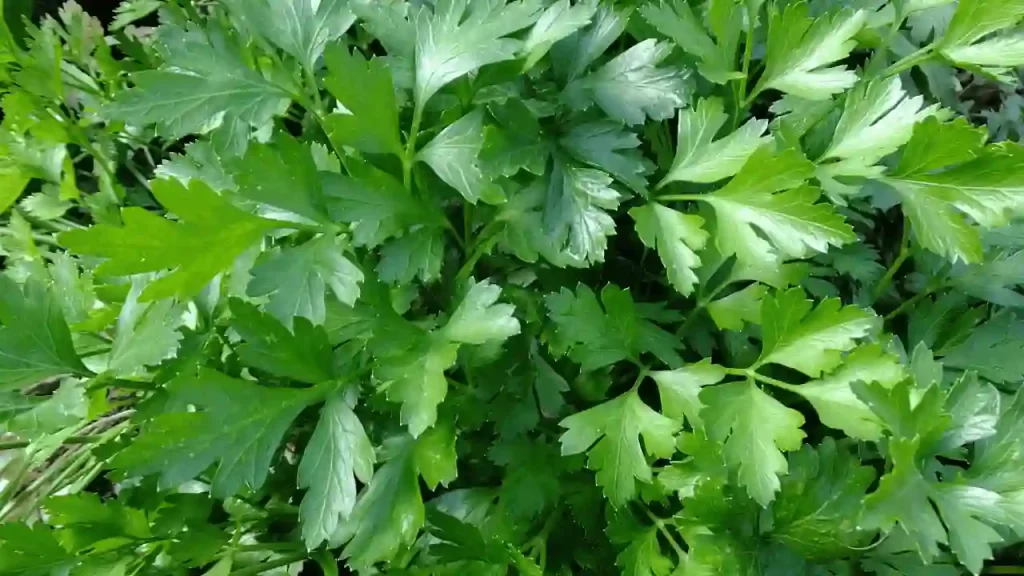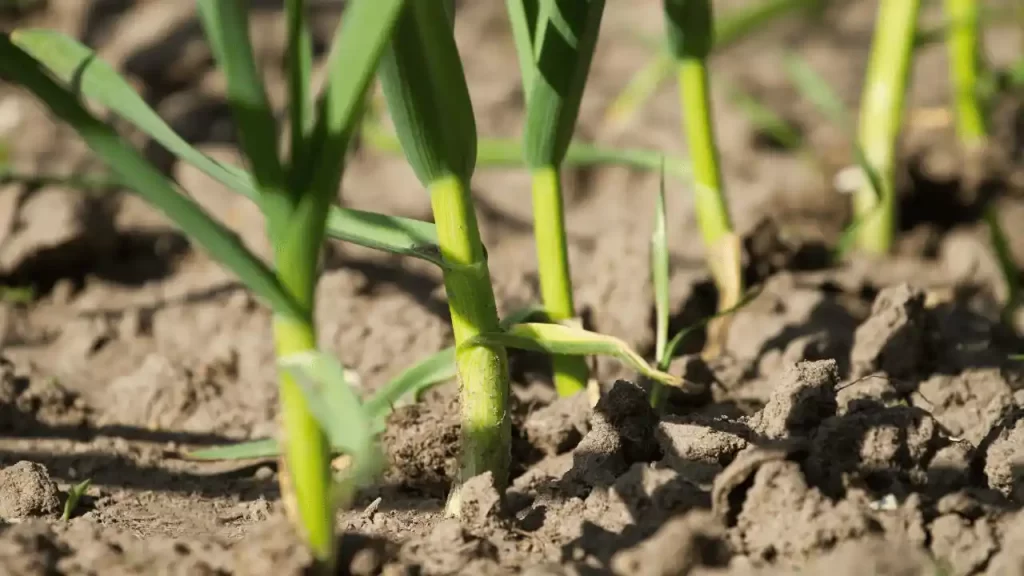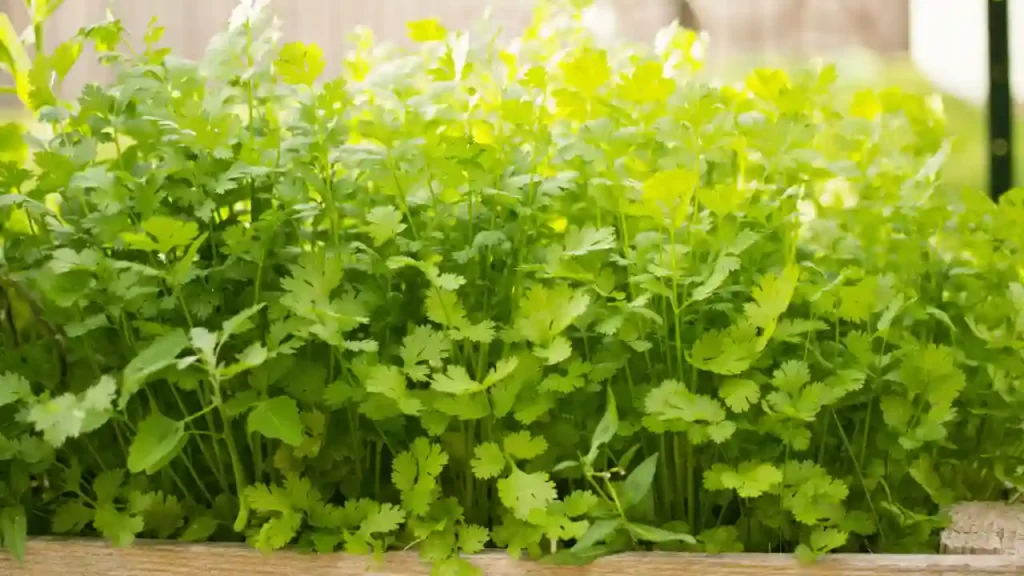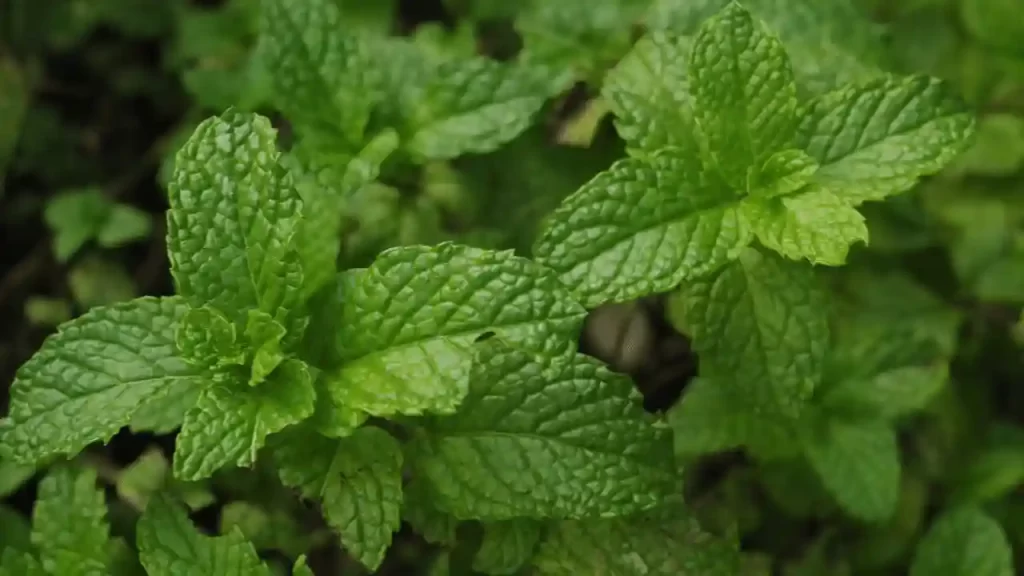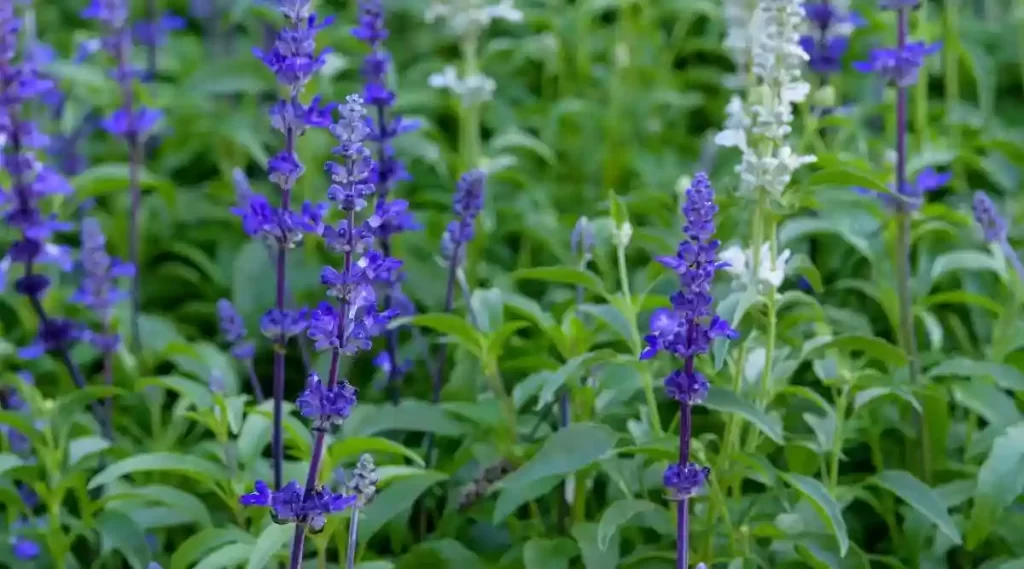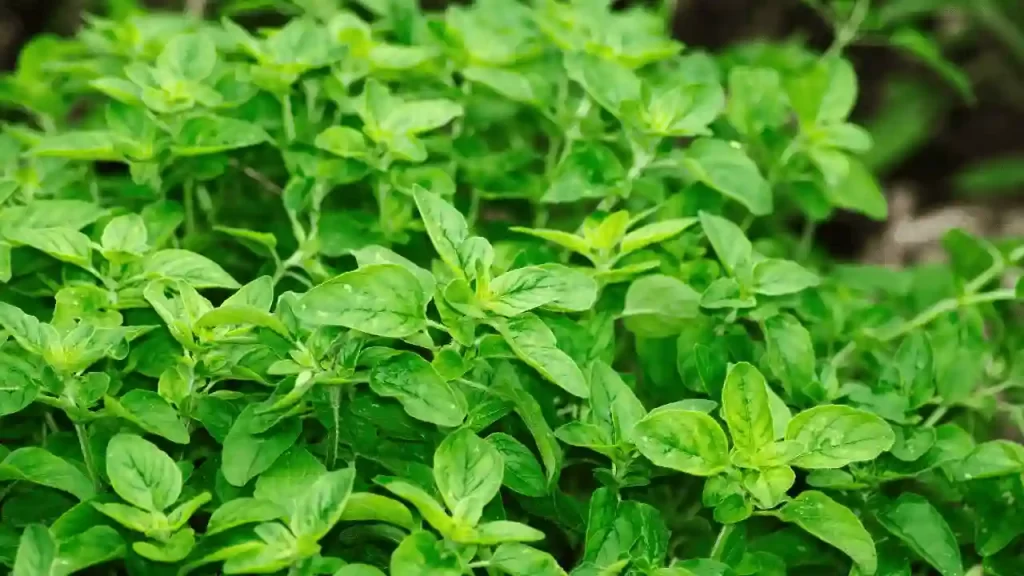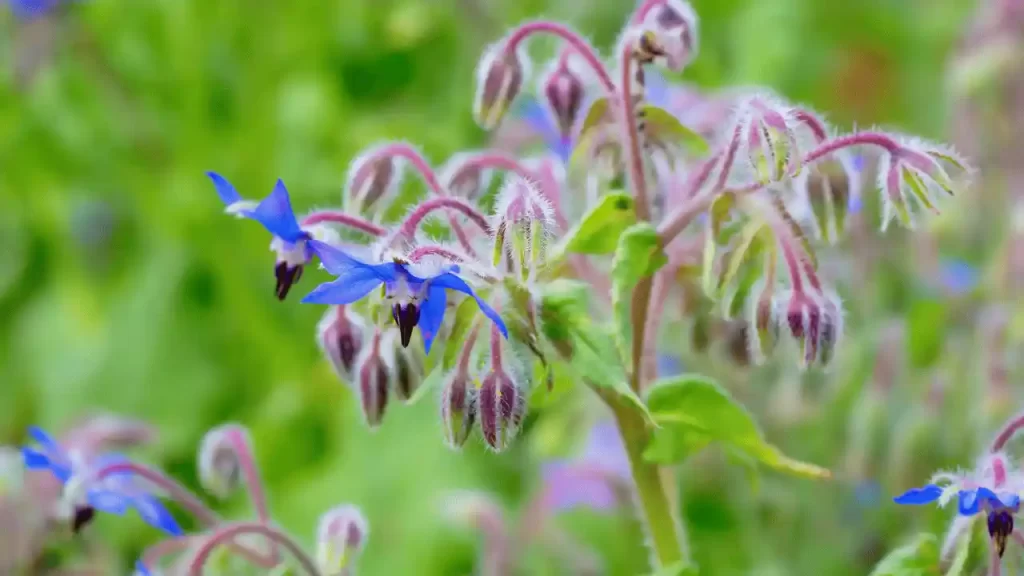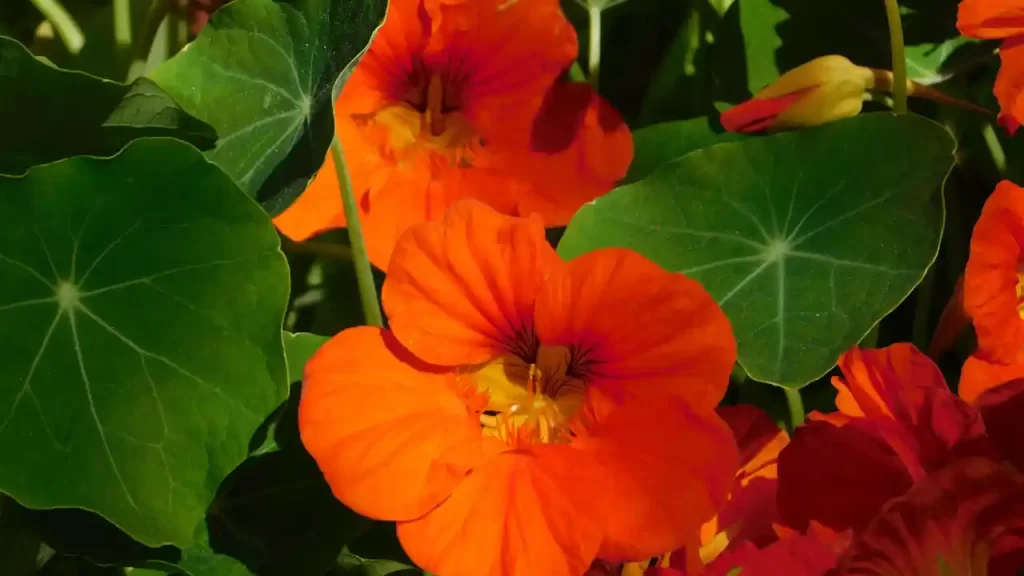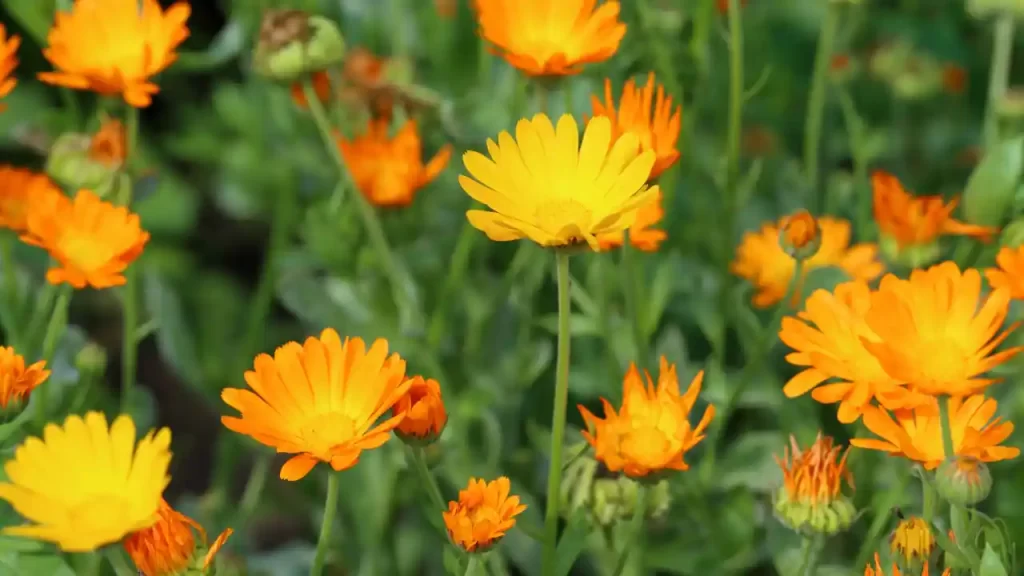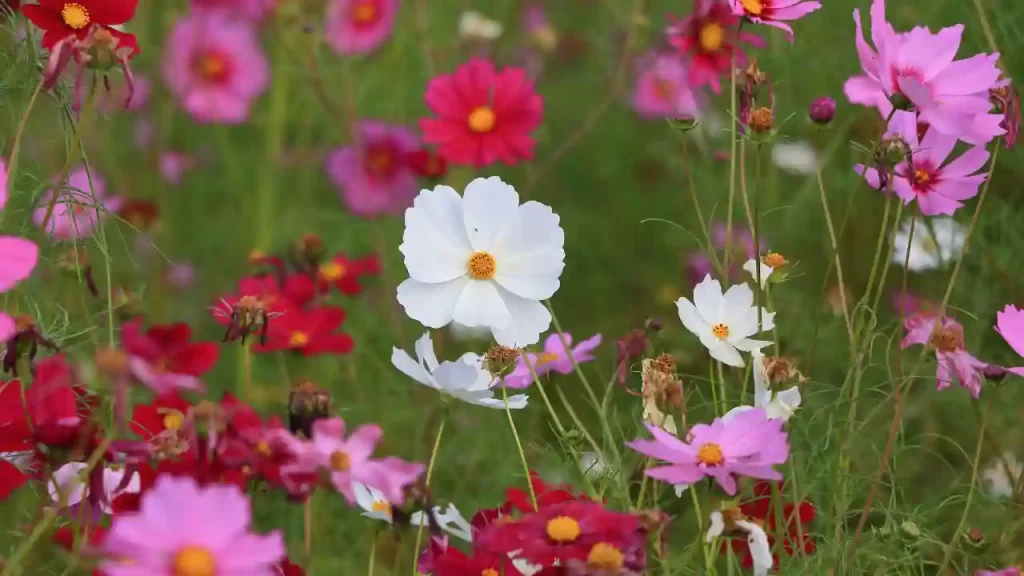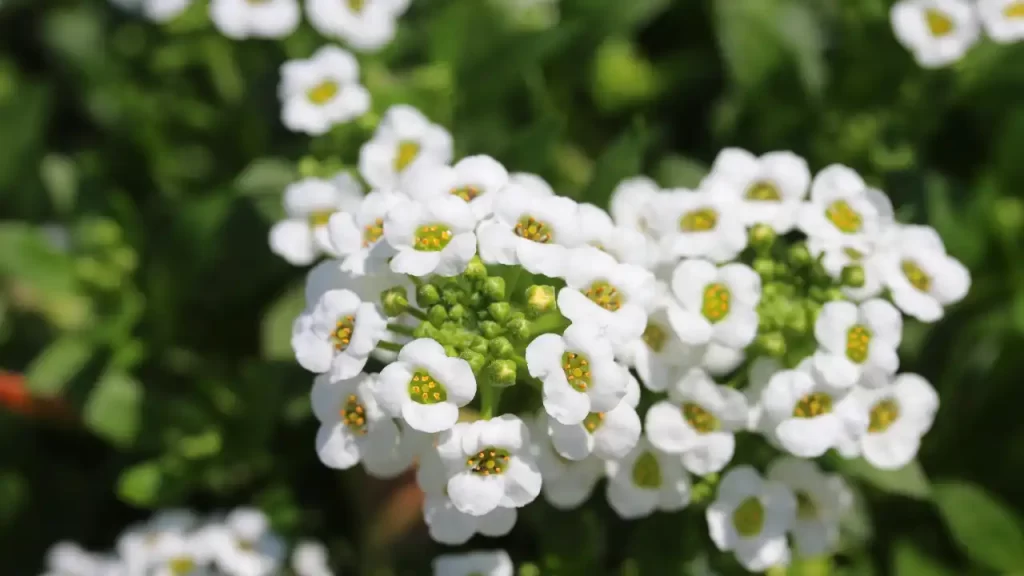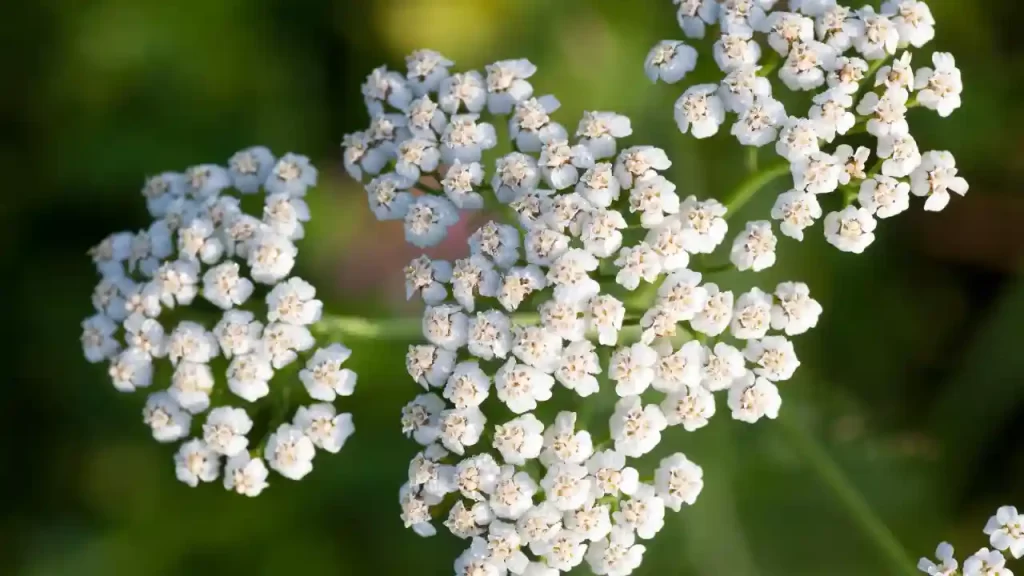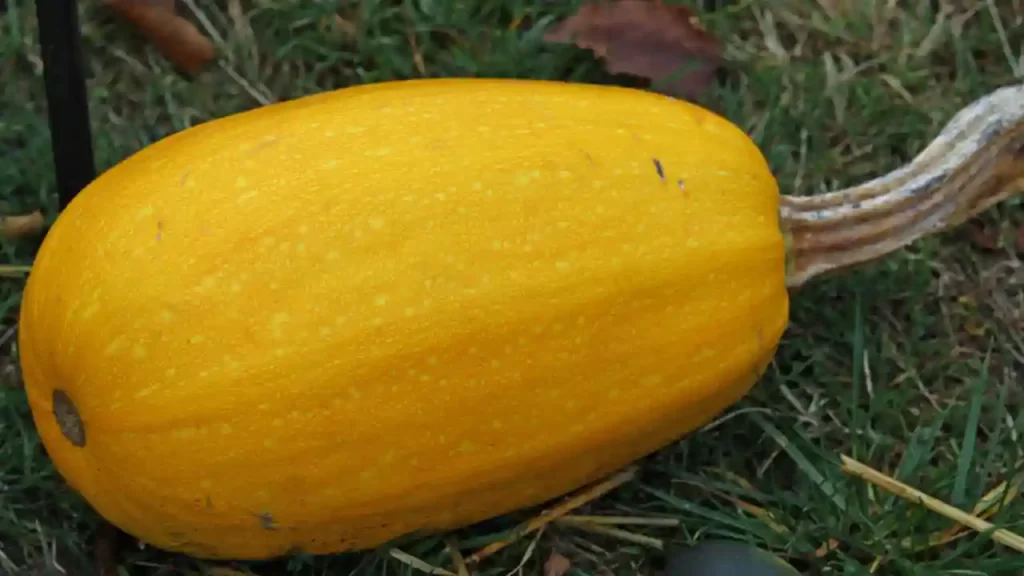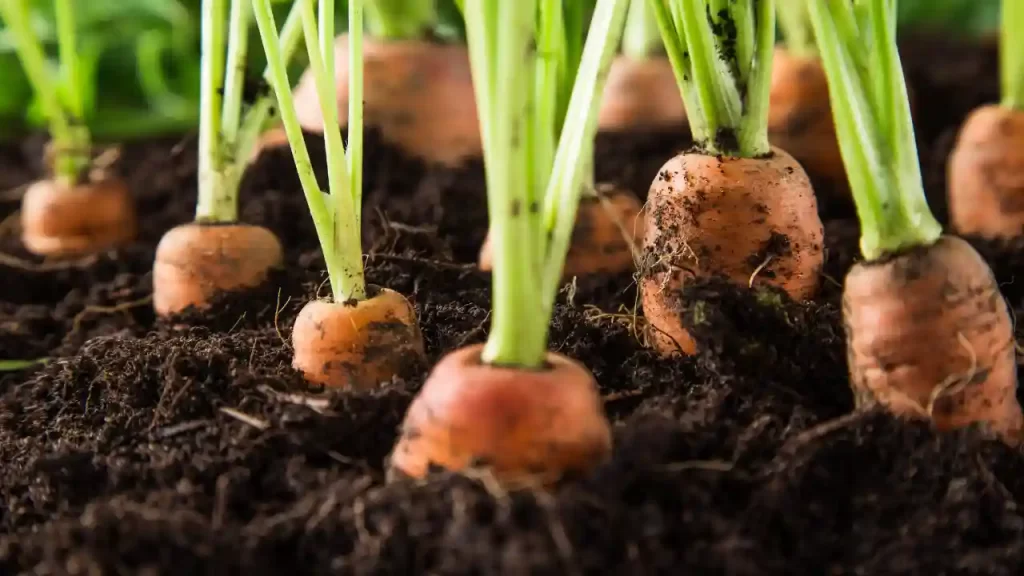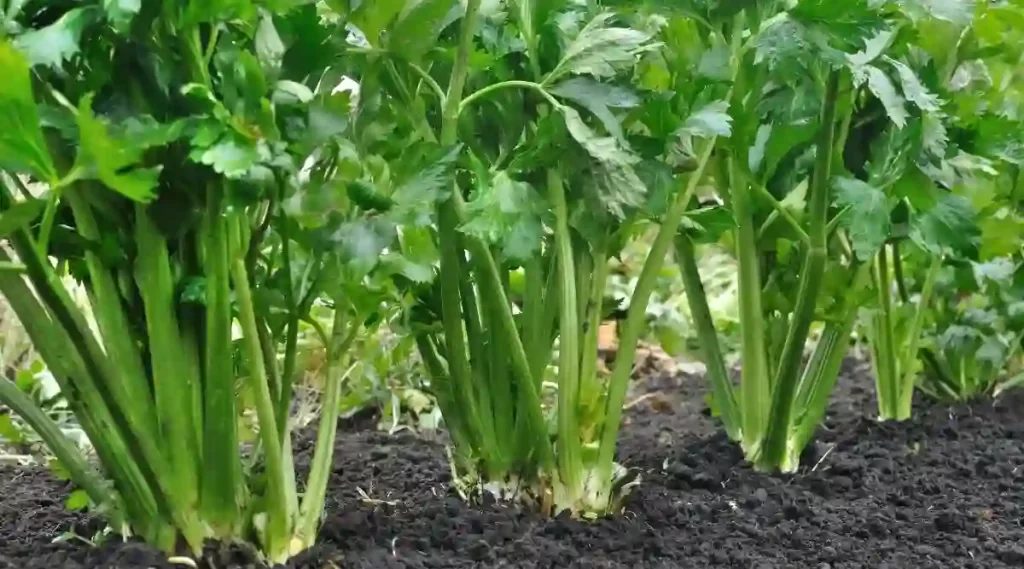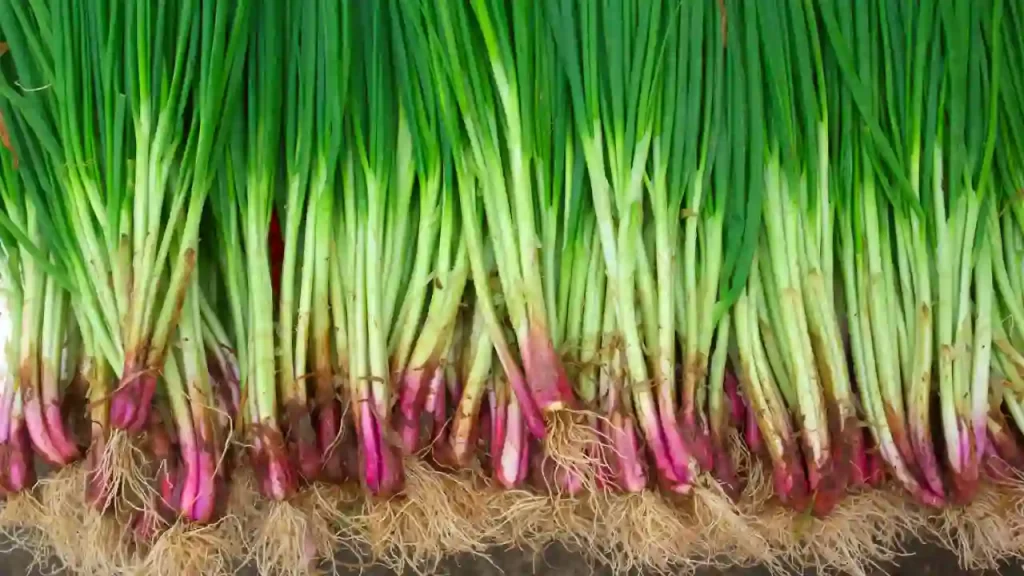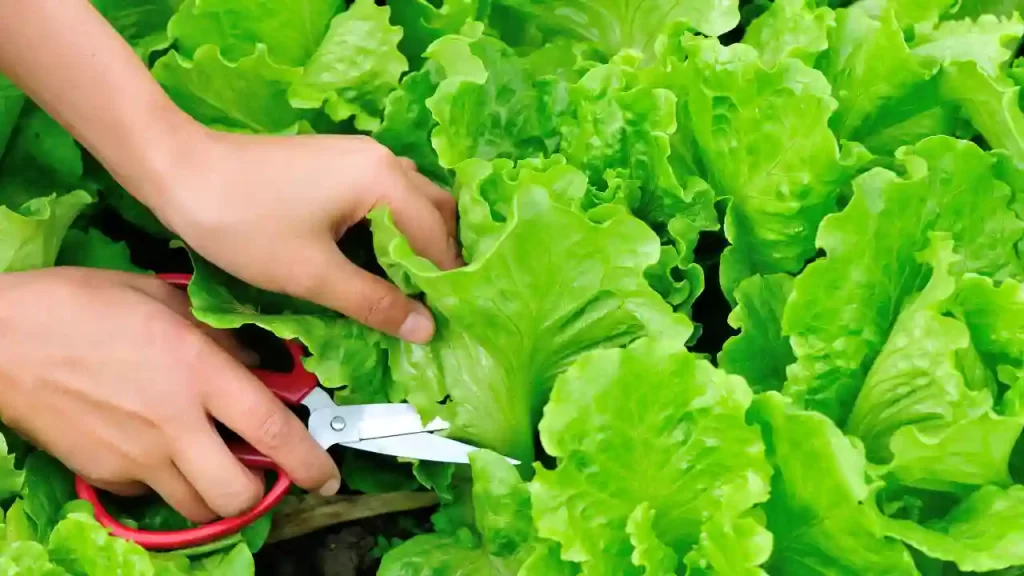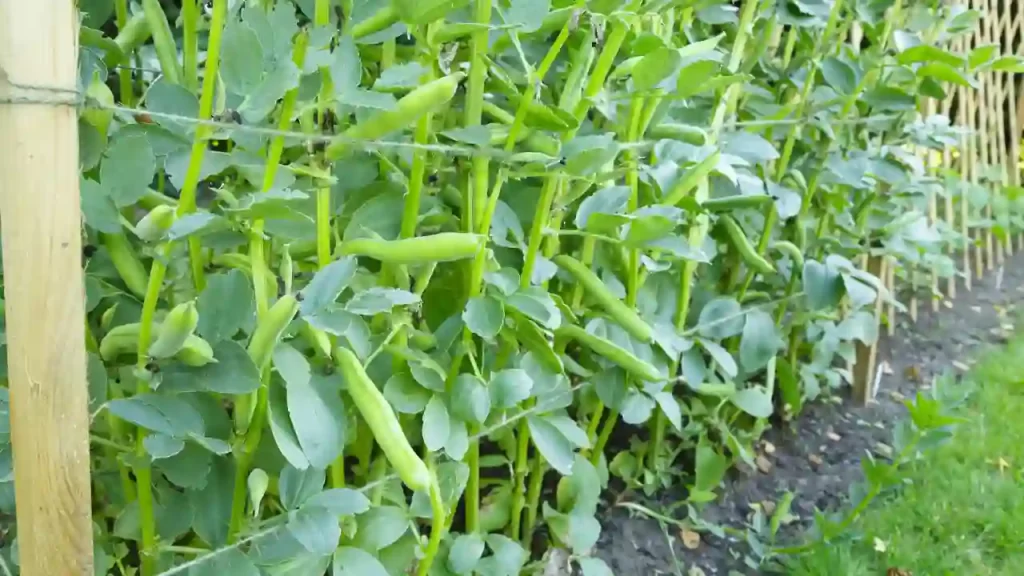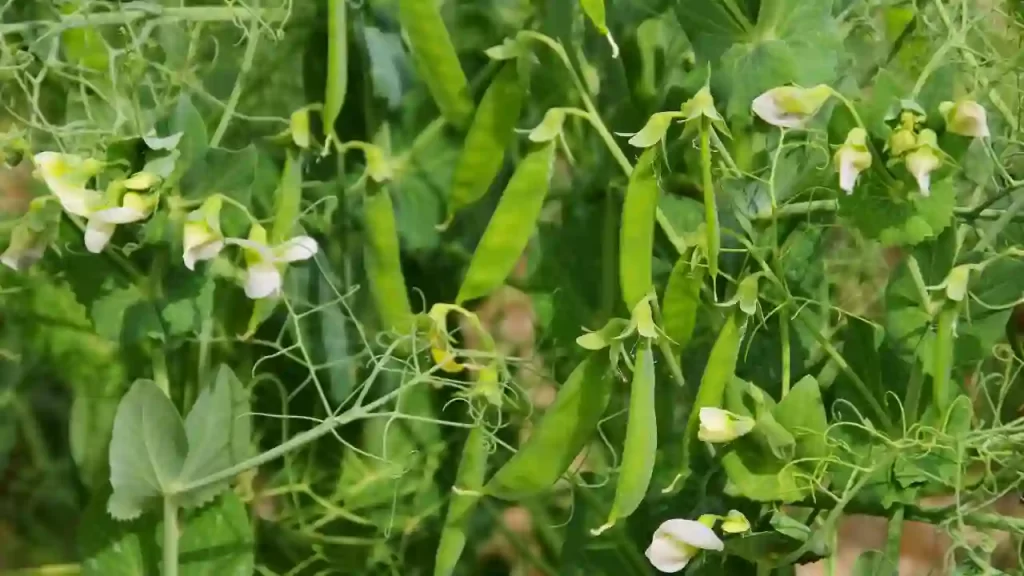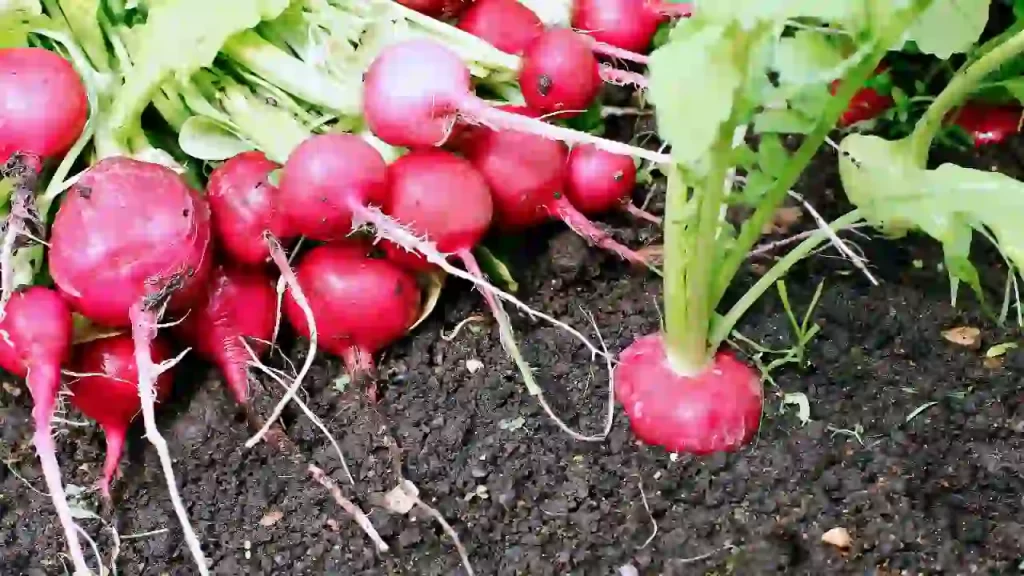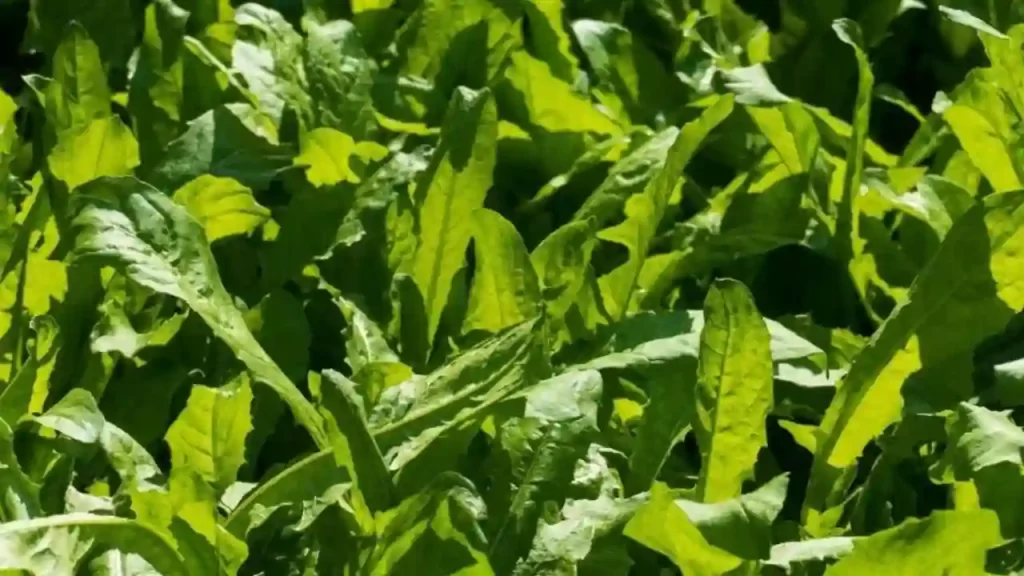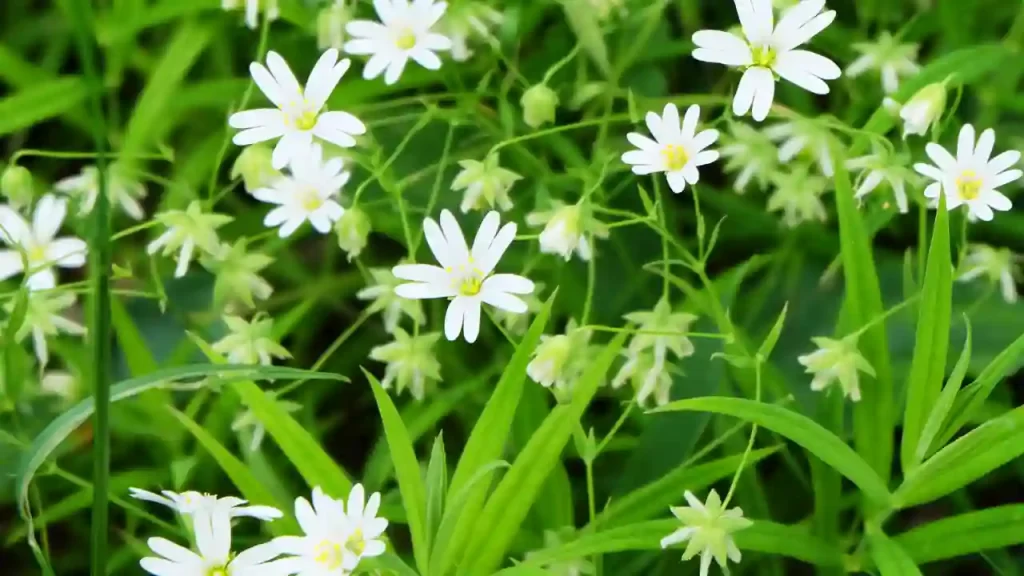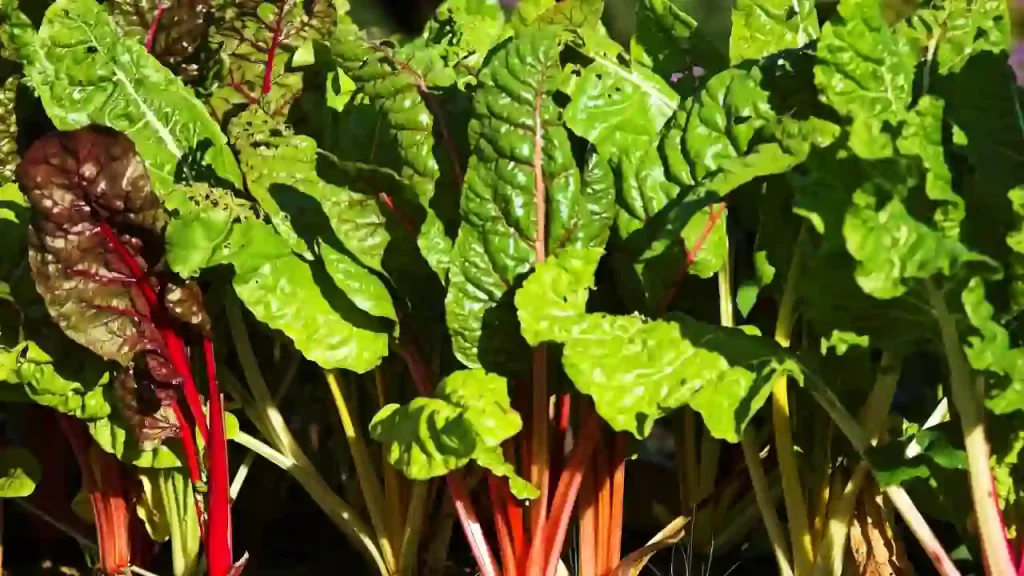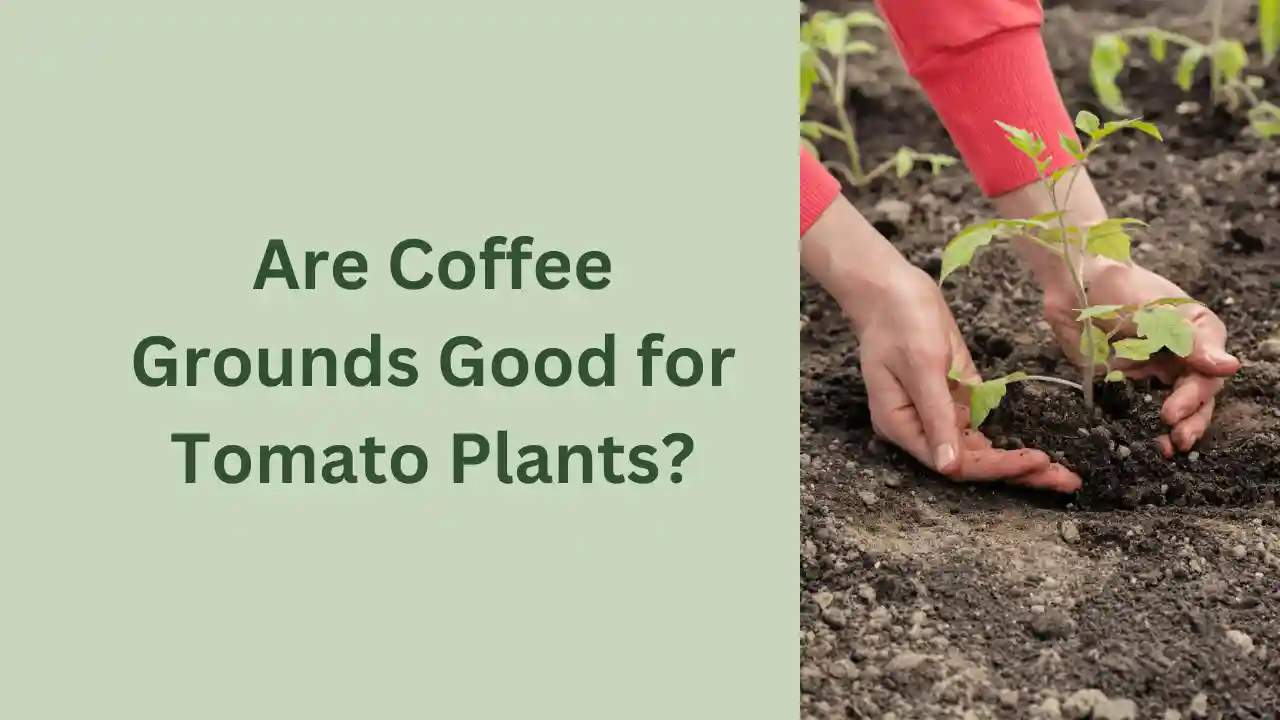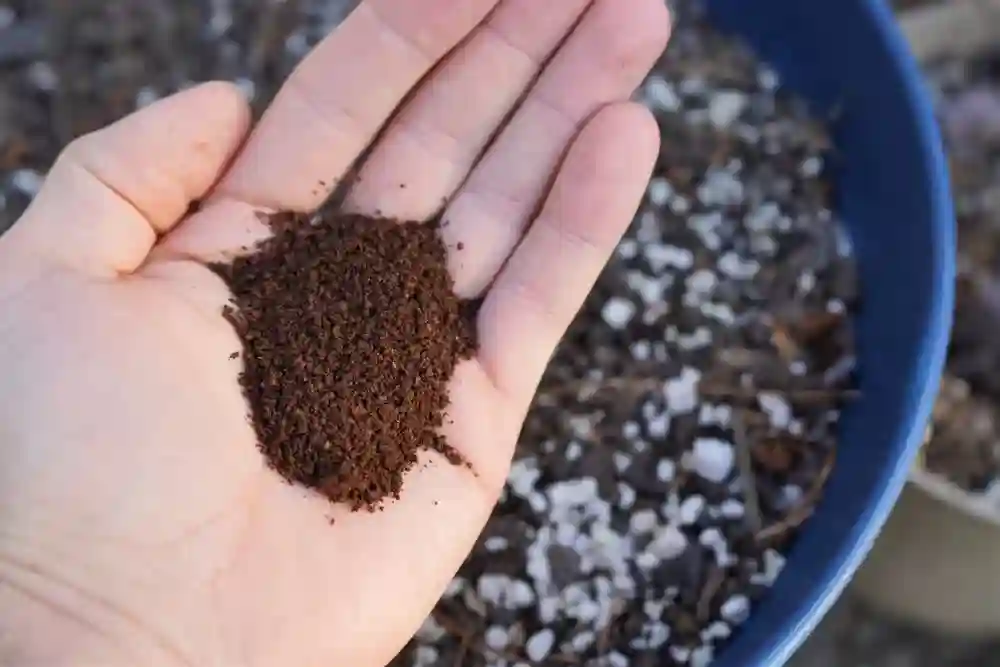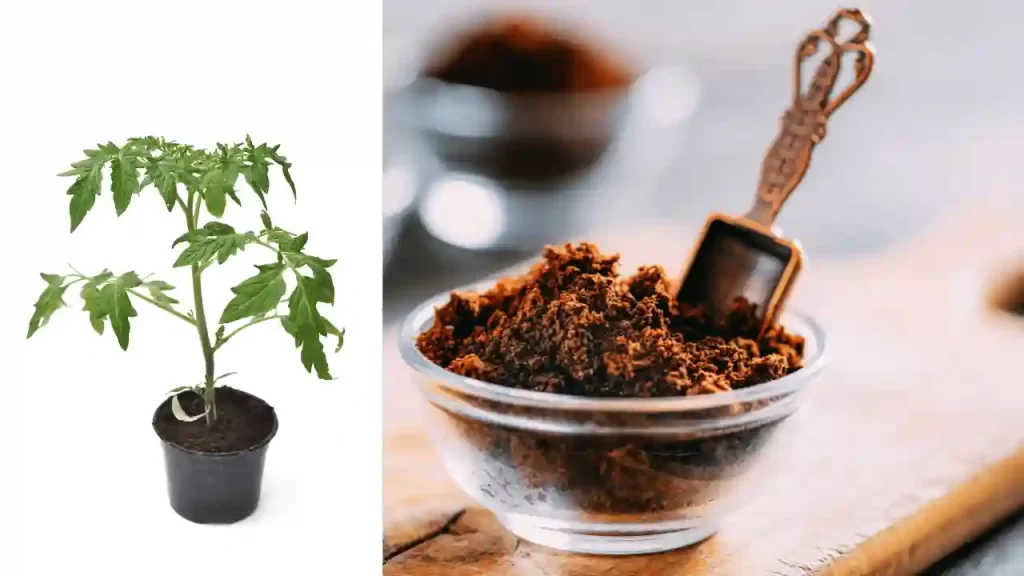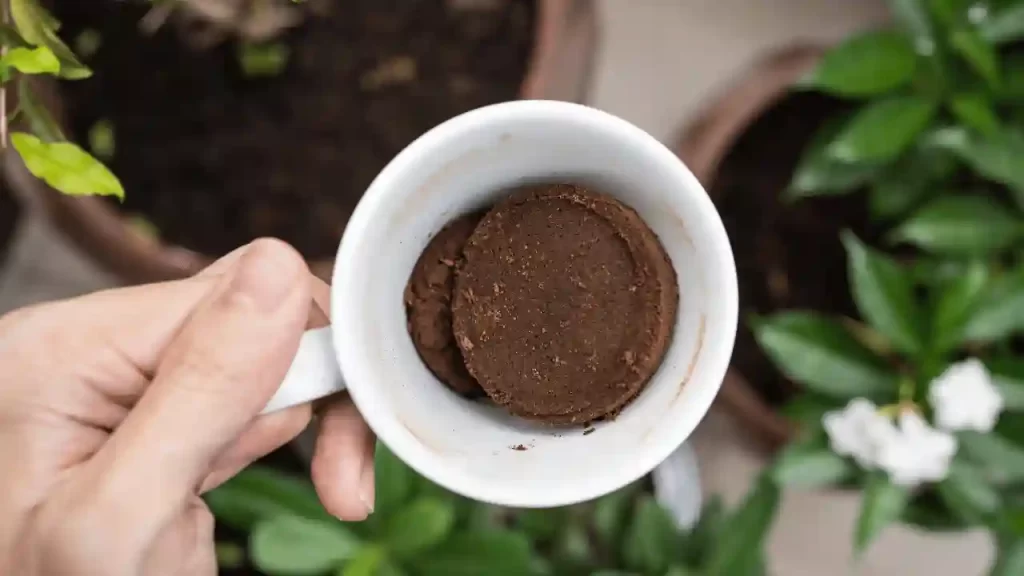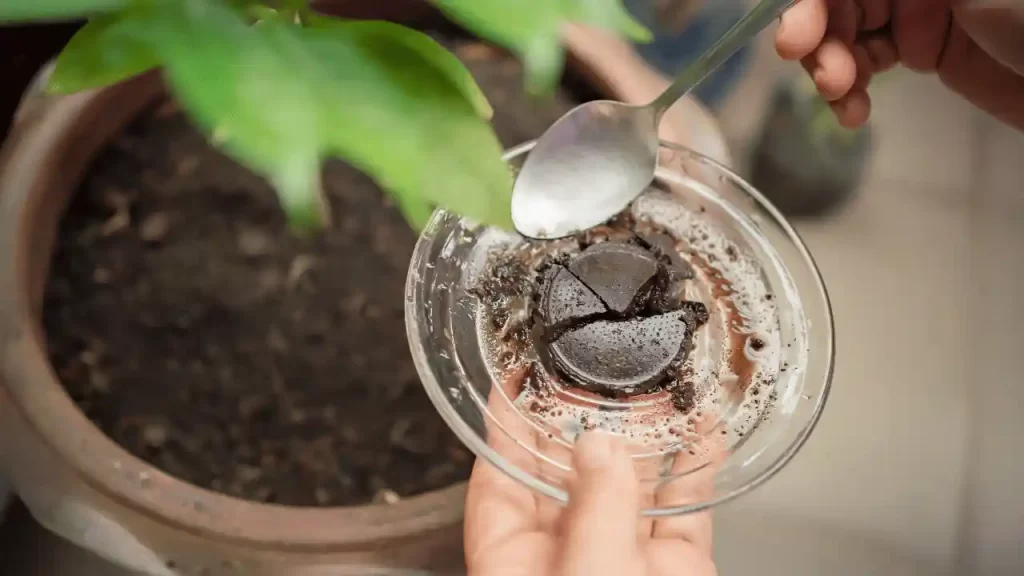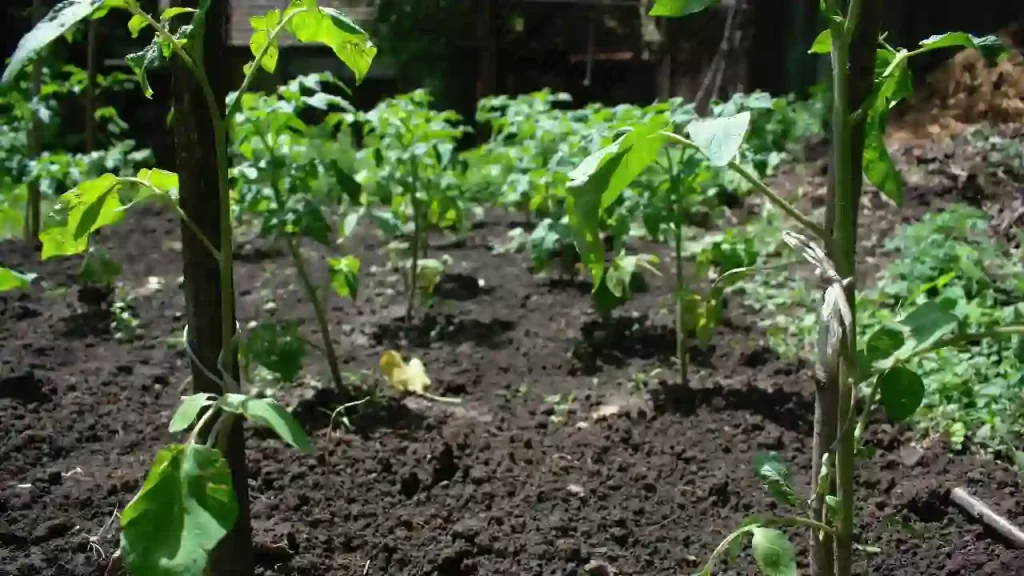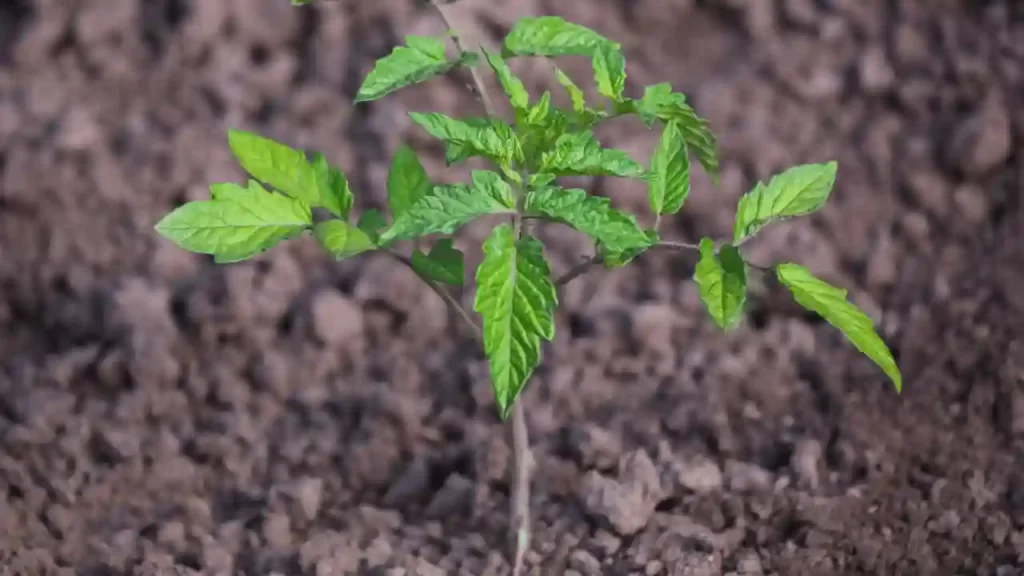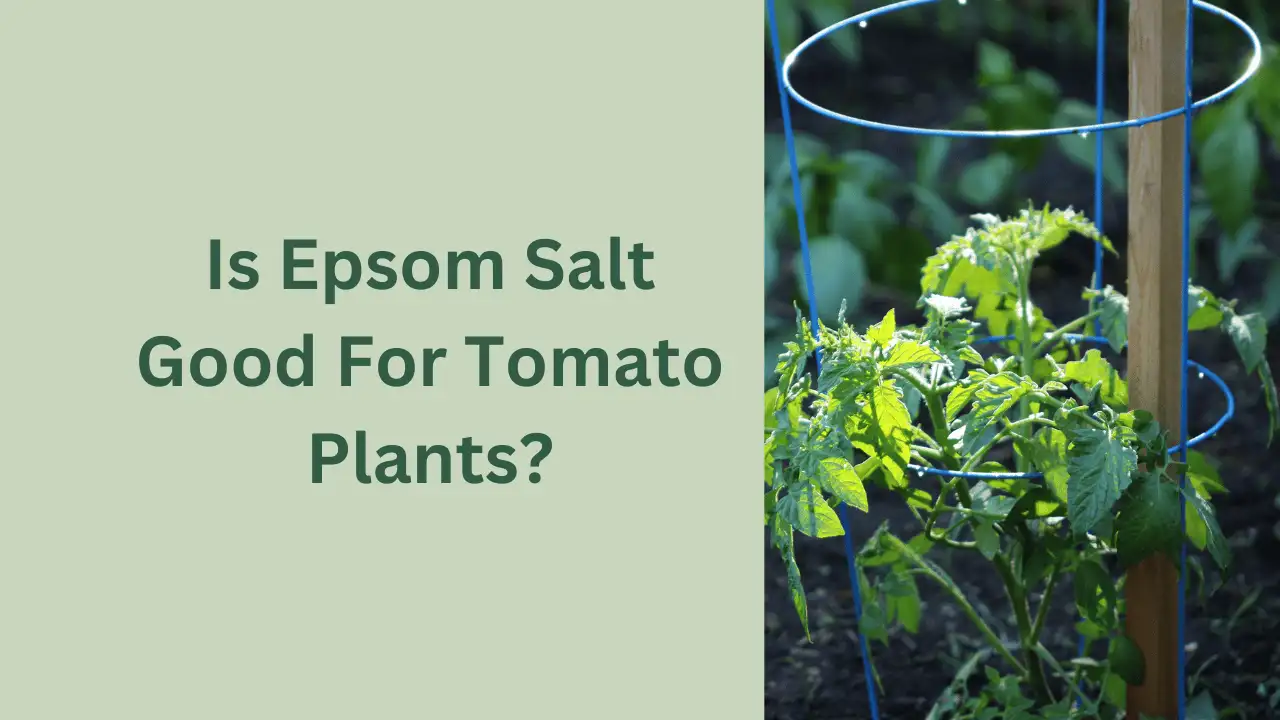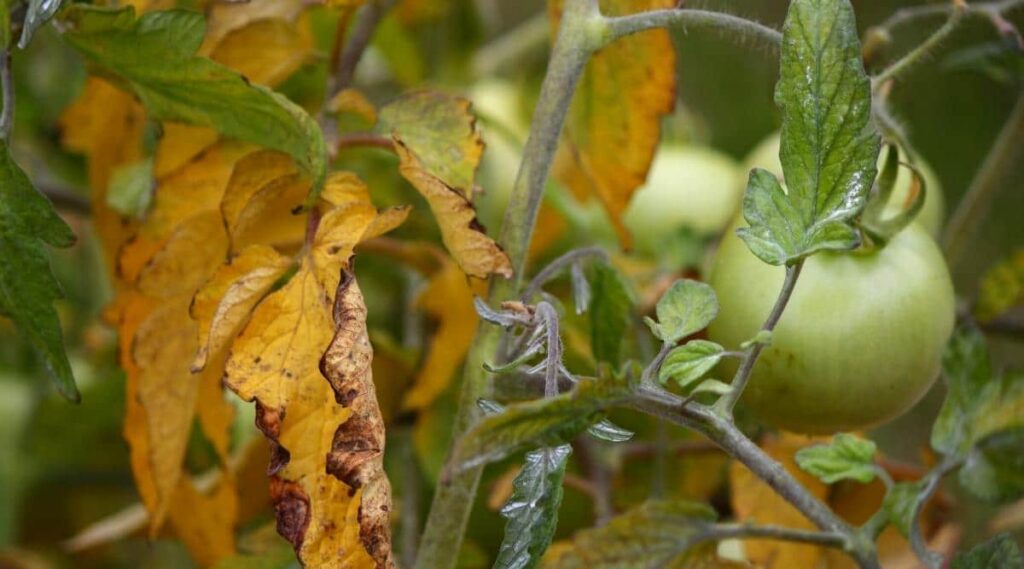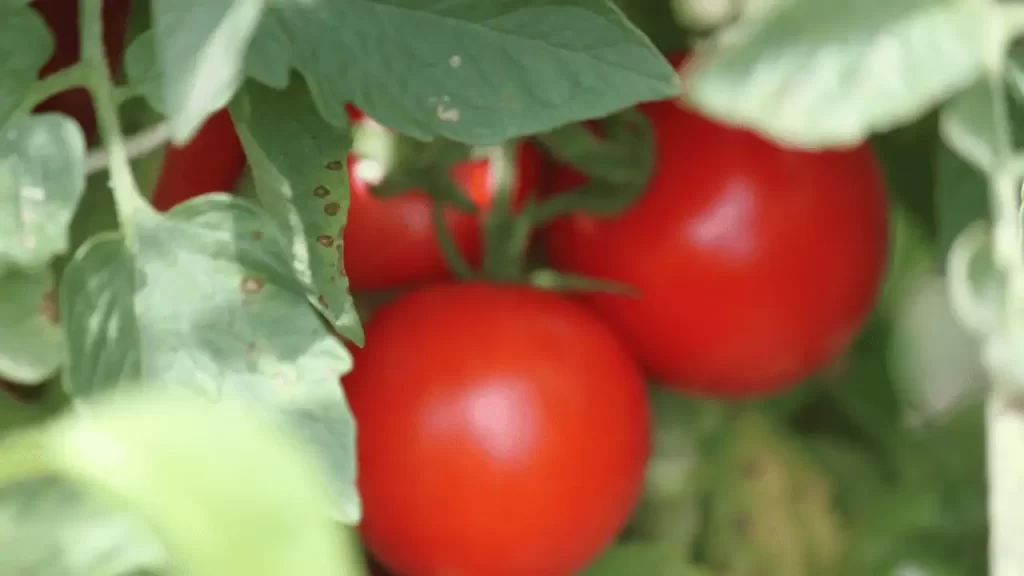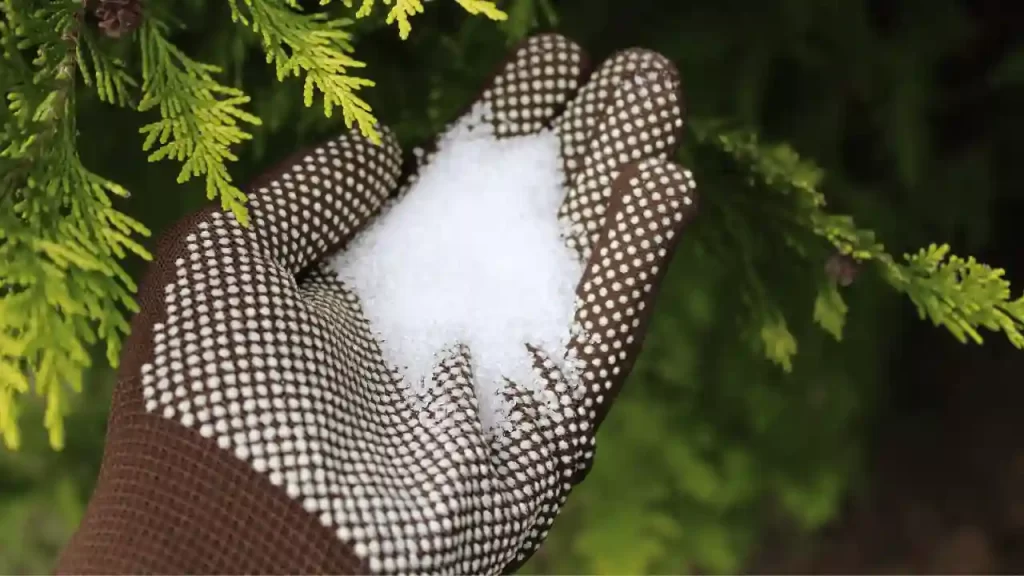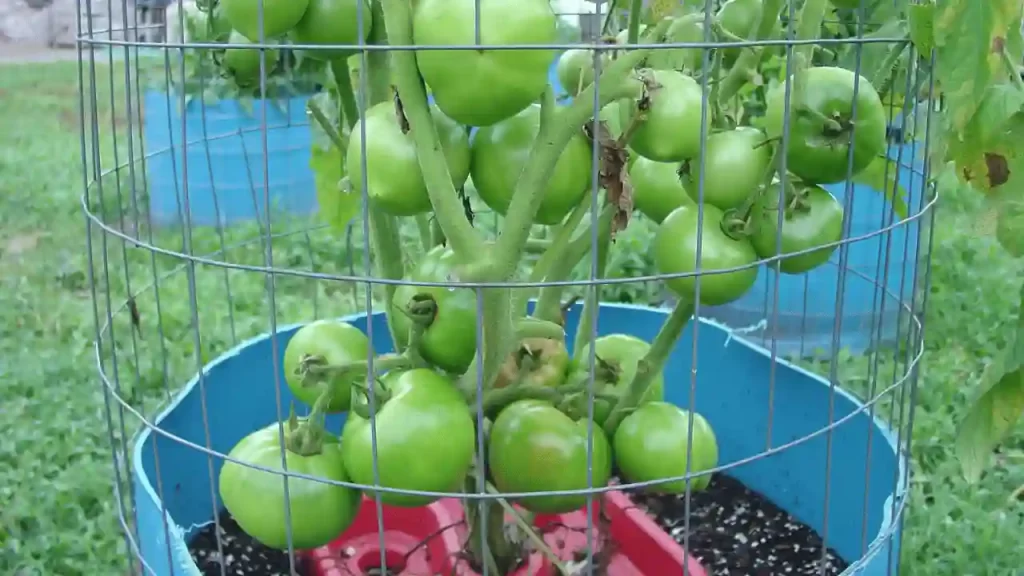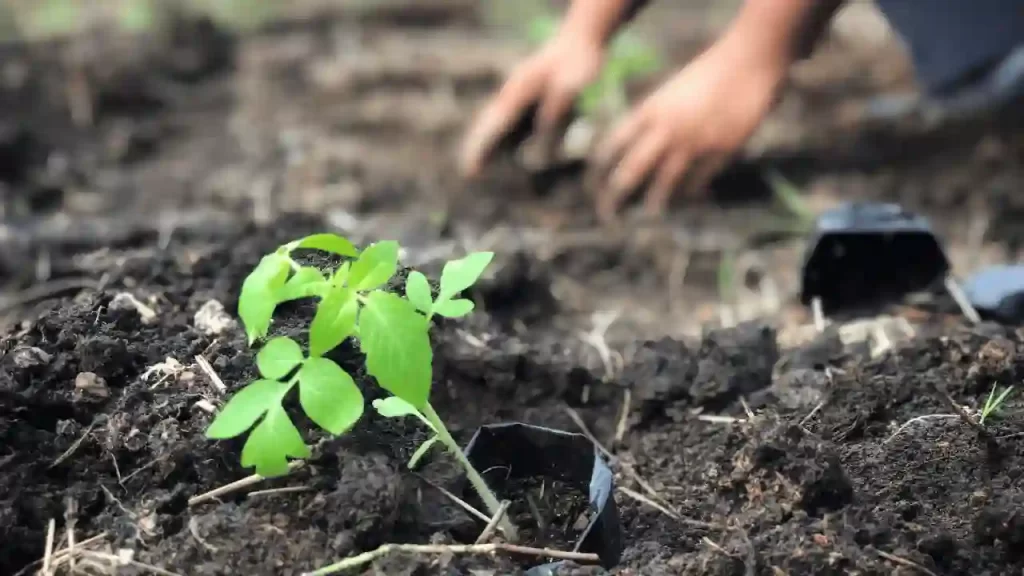If you also love small-sized tomatoes and want to grow a unique and delicious variety of tomatoes that can enhance the taste of your dishes, then you are at the right place.
If you lack garden space or are looking for balcony gardening, smaller varieties of tomatoes are one of the best options. Most people think that smaller-sized tomatoes can be produced only by smaller plants but let me clarify that it is not always true. There are plants which are taller but produce a smaller variety of tomatoes.
Popular varieties of small-sized tomatoes are cherry and Roma. In this article, I have discussed many other juicy, tasty, and flavourful tomato varieties. Many of those varieties can also be easily planted in containers, pots or baskets. Of course, these varieties are smaller, but their taste covers every other aspect.
I have picked 21 of my favoritevarieties of small tomatoes that are unique, tasty and easy to grow, and most of these varieties are very economical.
Alberto’s Shattering Currant

Alberto’s Shattering Currant tomatoes, scientifically known as Solanum Pimpinellifolium, is one of the unique varieties of cherry-sized tomatoes. These tomatoes are not that delicious but crispy to eat. It is used in salads, salsas and many other fresh tomatoes dishes.
A shattering currant means the tomatoes shatter and open when they are entirely ripened. The fruits tend to fall when they are completely ripe. The harvesting process for such varieties is very simple and rapid.
You can spread some cloth and shake the plant; the tomatoes will fall easily and quickly.
It can grow up to a height of 6 inches and prefers to grow in full exposure to sunlight. The plant zone from 2-10.
Amethyst Cream Cherry

Amethyst Cream Cherry, an annual plant, is mostly found in south and central America. Scientifically it is known as Solanum Lycopercium. It is unique because of its purple color fruit. The plant produces small-sized tomatoes in yellow and lavender color.
The tomatoes produced are delicious, low acidic, and best used as salads.
As the plant can grow taller, supporting a trellis or tomato cages can help the plant do extremely well. It loves to grow in full exposure to sunlight. The best part is that its fruit is resilient to sunlight, whereas most varieties are sensitive to the sun. This plant zones from 2-10.
Black Pearl Hybrid

Black Pearl Hybrid is one of the most famous varieties of cherry tomato. Scientifically it is known as Solanum Lycopercium. It grows to a height of 4-6 inches and does better when supported with trellis, stakes or tomato cages.
It is quite famous because of its small round dark colored delicious, flavorful and juicy fruit. To strengthen the plant, prune it back from where it produced fruits.
The fruit’s color and flavor make it different from other cherry tomatoes. It is easy to grow and a high-yield producing plant.
Like other tomato plants, it also prefers to grow in full sunlight. The plant’s zone from 2-10.
Candyland Red

Candyland Red varieties of tomatoes are primarily known for their currant-sized fruits, and it is fun to pop directly into the mouth. The plant does not spread too much. They are small tomato plants and thus well suited for container gardens.
Despite their small height, these plants do exceptionally well when they get support. A healthy candyland red plant can set many delicious sweet fruits.
Unlike other varieties of tomato plants, it produces fruits outside the vines, making fruit harvesting easier. It loves to grow in full exposure to sunlight. The plant zones are from 2-10.
Celano
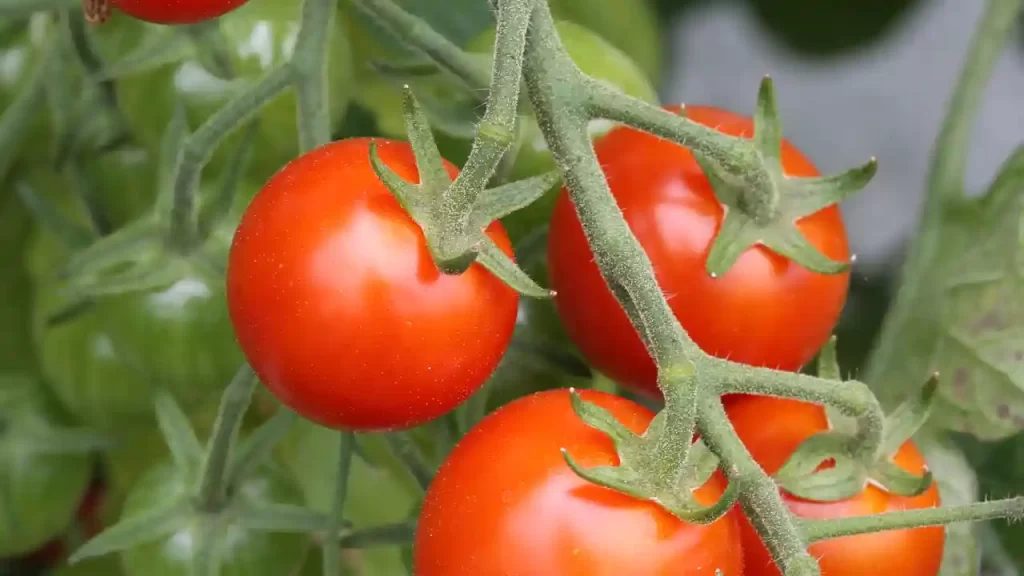
Celano is a semi-determinate hybrid tomato plant, scientifically known as Solanum Lyopercium, that produces grape-sized oval shape fruits, and the plant is benefited when supported with tomato cages. It is a disease-resilient plant and produces fruits early after the plant is completely developed.
This plant is suitable to grow in containers too. It won the AAS award for its delicious flavor and bushy habits, as per NDSU. Most people prefer to grow this variety.
Celano is popular among home gardeners because of its high productivity, good flavor, and better color, and it is also resistant to early blight, fusarium wilt and verticillium. It required full exposure to sunlight for its healthy growth and zones from 2-10.
Cherry Cocktail

Cherry Cocktail tomatoes, a semi-climbing heirloom variety, are well known for their exceptionally sweet flavor. Scientifically it is known as Solanum Lycopercium.
These tomatoes are often used as salads (add olive oil and basil for an amazing salad) and in culinary dishes because of their bright red fruits and sweet flavor. Along mini tomatoes with great taste, it is rich in certain vitamins.
They are best suited for containerized planting and do well when supported with stakes or cages. The plant is grown in clusters, and thus harvesting becomes easier compared to other small variety tomatoes. It is an annual plant that prefers to grow in full exposure to sunlight and zones from 2-10.
Everglades

Everglades – solanum Pimpinellifolium is an heirloom variety of tomatoes. It grows more than 6 feet and belongs to an indeterminate tomatoes variety. The plant keeps on spreading unless manually controlled. Currant-sized, flavorful fruits are set on the plants. It can bloom and fruit year-round and is resilient to verticillium, late blight and fusarium wilt.
The plant is mainly resilient to hot and humid weather but can withstand various climates. And it can produce fruits only in cooler temperatures. Everglades variety is most suitable to grow in Florida Key and is locally known as wild tomatoes.
This tomato plant loves to grow in full sun and zones from 2-10.
Fantastico
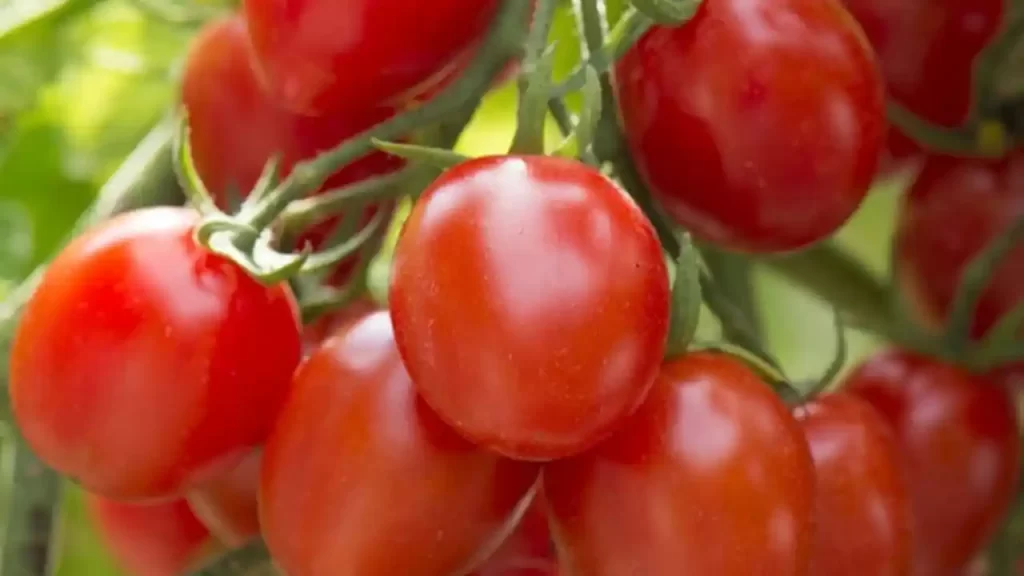
Fantastico is a bushy determinate variety of tomatoes that can produce high-yield grape tomato varieties and is also known for its early maturing ability.
If grown in the ground, the plant can perform very well if supported with a cage. It can also be planted in pots and containers and can still produce a good number of fruits. This variety of tomatoes is also resilient to late blight.
The plant can produce up to 12 pounds of tomatoes. The tomatoes are damn tasty, flavorful, and not excessively sweet, and the fruit’s texture is deep red. It prefers to grow in full sunlight and zones from 2-10.
Firefly

Firefly, scientifically known as Solanum Lycopercium, is well known for its Sharp and intense flavor. It is an indeterminate variety of tomato plants.
Firefly produces creamy yellow colored, thin-skinned tomatoes commonly preferred for snacking. The size of tomatoes varies between currant and cherry tomato, which have a fruity taste, like pineapples or mangoes.
Fireflies need structure to thrive as they climb high and should be supported with cages or stakes, or trellis to prevent them from infections and to touch the ground. It can produce delicious high-yield tomatoes and prefers to grow in full sun and zones from 2-10.
Gold Nugget
A gold nugget is a determinate bushy tomato variety, and well fit for container gardening. As the name suggests, the color of the fruits produced is golden yellow, and the fruits are seedless too. The fruits are juicy and sweet and have a low acidic flavor.
Gold nuggets thrive in cold weather and are available in summer and fall. They are hardy and high-yield producing plants, and growing tomatoes is also very economical because of their short height. Like other tomatoes, this variety also loves to grow in total exposure to sunlight and zones from 2-10.
Green Grape

Green grape tomatoes are indeterminate, but they can also be grown in containers if staked well. In an ideal growing environment, the plant can grow up to 5 feet, but the gardeners need to be extra protection for the plant in the rainy season as the tomatoes can be damaged due to rain. Green Grape tomatoes are heat resistant and do not burst.
The fruits are produced in mid-summer and continue to produce fruits till the first frost. The tomatoes are yellow in color, less acidic, have a fruit flavor and love to grow in full sunlight and zones from 2-10.
Midnight Snack
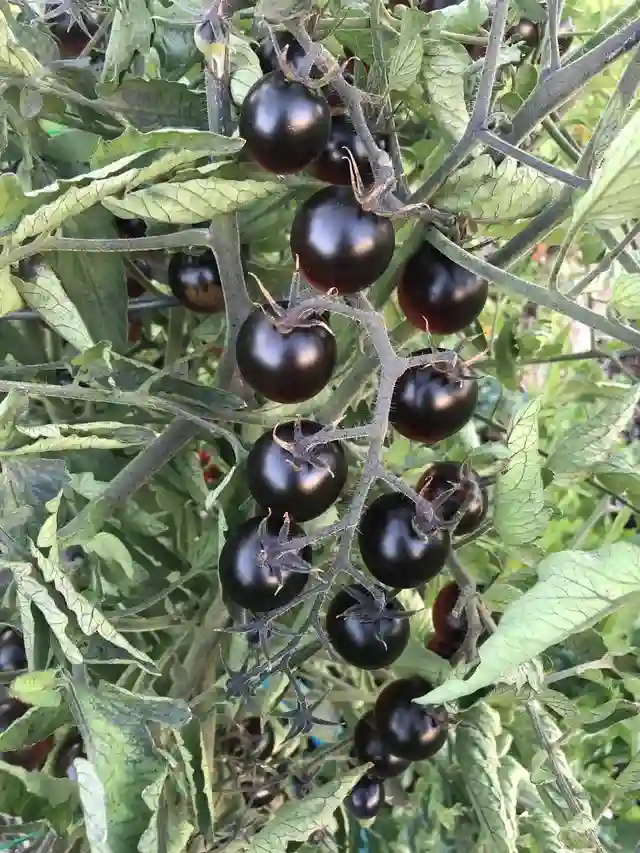
The Midnight Snack variety has a unique color of fruits. The tomatoes are indigo cherry type and after ripening, they turn into black cherry tomatoes or purple when directly exposed to the sun.
The color varies depending on the part of the plant exposed to the sun. Anthocyanin pigments are the main reason for their unique color. The fruits are neither excessively sweet nor too acidic.
This plant is never suggested to be grown in containers. The plant performs well when planted directly in the ground and supported well. The plants can grow up to 6 feet if they get proper growing conditions. This variety of tomatoes also prefers to grow in full sun and zones from 2-10.
Patio Choice Yellow
Patio choice yellow is a determinate plants variety of tomato which produces bushy plants. These plants take very small space to grow and, thus, are well suitable for container planting. The plant grows up to 18 inches, but each plant can still produce a hundred tomatoes.
Patio choice yellow tomato plant can enhance the look of your garden with its amazing combination of green leaves and yellow fruits. It beautifies the look of your garden and tastes delicious, flavorful and juicy.
If you are facing space issues in your garden, choose a “patio choice yellow” variety of tomatoes; even this plant can thrive in a hanging basket. It is an annual plant that prefers to grow in full sunlight and zones from 2-10.
Red Torch
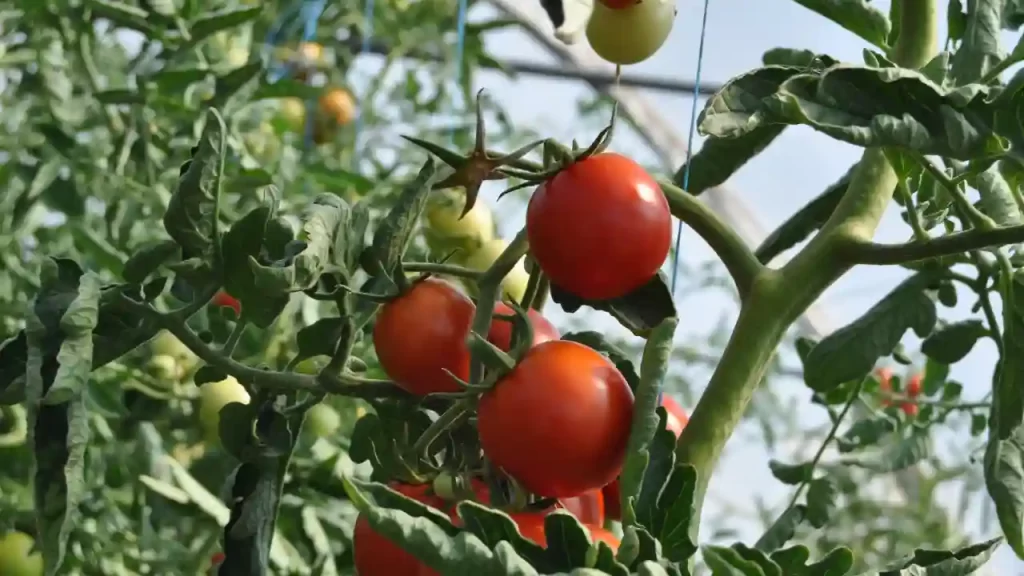
The red torch variety of tomatoes has a very attractive look. They are rectangular shaped, glossy red, and become yellow after ripening. The tomatoes weigh about 1.5 ounces and are around 2 inches long.
The plant is hardy and can grow even in harsh growing conditions too. These tomatoes can be harvested early.
The red torch can grow up to 6 feet if properly staked. As they require little extra space to grow properly, you can plant them in a big container and still get many tomatoes.
Roma VF

Roma VF is well known for producing seedless, fleshy and juicy tomatoes. The VF in its name denotes V- Verticillium and F-Fusarium, the most common tomato diseases, and this variety is resilient to these diseases.
This plant is also capable of surviving in adverse growing conditions. It is often used as salsa, tomato sauce and paste.
Roma tomatoes requires much less space and is economical to grow and maintain. It produces high-yield small-sized tomatoes. The plant prefers to grow in full exposure to sunlight and zones from 2-10.
Super Sweet 100

Super Sweet 100 is an indeterminate variety of tomatoes and needs more space to flourish. The plant type is somewhere between bush and vine. Thus perform well when given support with stakes or cages.
This plant spreads unevenly but looks pretty because of its shiny leaves and deep red-colored fruits. This variety of tomatoes is resilient to powdery mildew.
The name of the plant describes its nature and produces extremely sweet tomatoes, and each plant can produce a hundred tasty tomatoes. The plant is easy to grow in sunny locations and well-drained soil.
Ted’s Pink
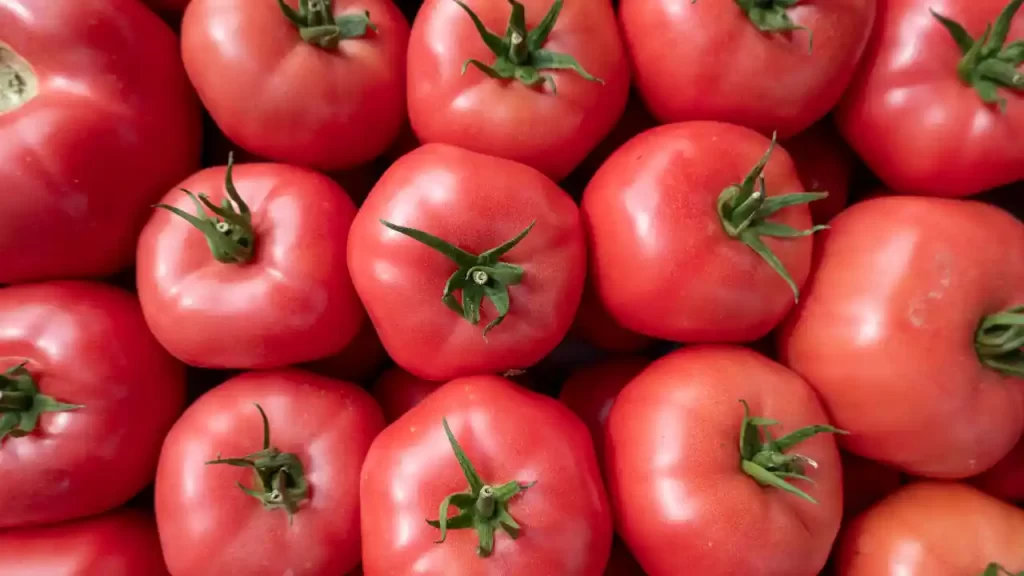
Ted’s Pink is a wild origin of tomatoes. The tomatoes produced are pinkish-red and currant-sized, making this variety unique. The plant can produce a high yield all year round.
Ted’s pink grows larger in height and thus is unsuitable for container planting. The plant loves to spread and requires more space to grow properly. The plant prefers to grow in sunny locations and zones from 2-10.
Tiny Tim

Tiny Tim is a determinate variety of tomatoes and requires a very low cost for its maintenance, and the plant produces very small and flavorful tomatoes. Tiny Tim can grow well even without the support and can thrive easily.
If you are running out of space in your garden, this variety of tomatoes is a great choice, and it can also be grown perfectly in containers.
The tiny tim tomatoes are either bright red cherry tomatoes or red and yellow tomatoes called Cherry Gold. When used in salads together, both tomatoes give an immense look. It can grow both in full and partial sun and zones from 2-10.
Tumbling Tom

Tumbling Tom, a determinate variety of tomatoes, grows only to the height of 2 feet, making it a perfect choice for container gardening. It can grow properly without support because of its short height.
The plant has a naturally trailing habit, and long stems are grown over containers, pots or baskets, so the variety is named Tumbling Tom. This is also suitable for balcony gardening as it needs much less growing space.
Bright yellow and red colored fruit is produced, and the plant can produce a high yield even in small containers.
Each plant can produce 4 pounds of tomatoes, and the plant does not need a high cost for its maintenance and prefers to grow in full exposure to the sun.
Valentine

Valentine tomatoes are an early maturing bushy plant which produces fire red colored small-sized tomatoes. The tomatoes turn testier as the color of the tomatoes gets darker.
Valentine tomato plants require very less space to grow and thus are suitable for container planting or hanging baskets. It is a low-maintenance plant which is also resistant to blight. The leaves of the plant are glossy green which looks attractive. It prefers to grow in full exposure to sunlight and zones from 2-10.
Yellow Pear

Yellow Pear is famous for its teardrop and small, bright yellow-colored tomatoes. The plant grows tall, but the fruit produced is small and delicious.
The tomatoes are very small, oval or round and pear-shaped; the plant is very productive and can produce large quantities of tomatoes.
Summary
If you plan to grow small varieties of tomatoes, you can plant any of the above-listed varieties according to your ease and local climatic conditions. The tomatoes listed in this article are very easy and economical to grow.
Most of the varieties are of unique color, shape and size which can give an immense look to any of your dishes. Along with their look and texture, they also taste sweet, tangy flavor, crunchy and delicious.
